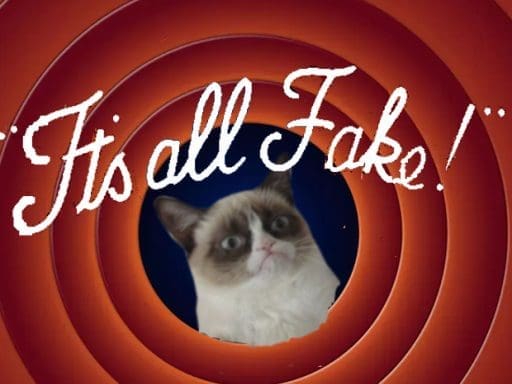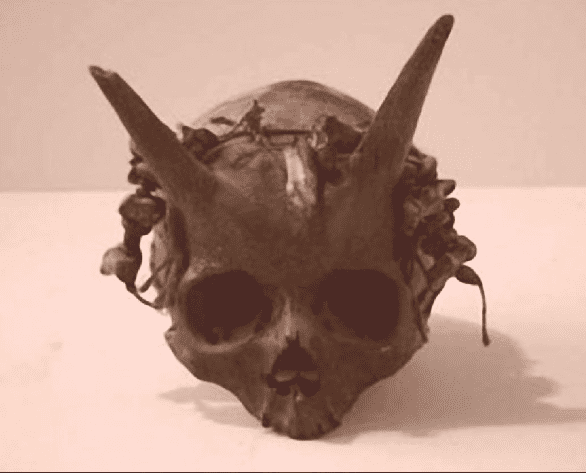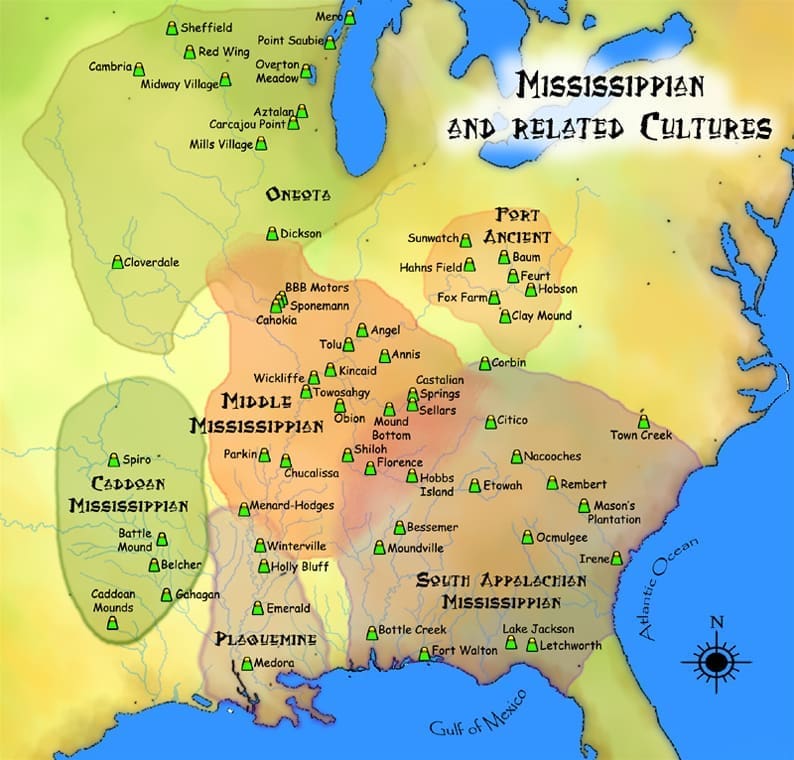

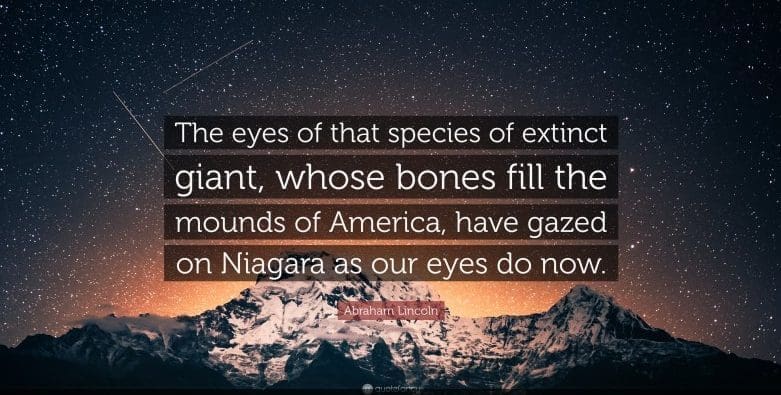
The History of His-Story
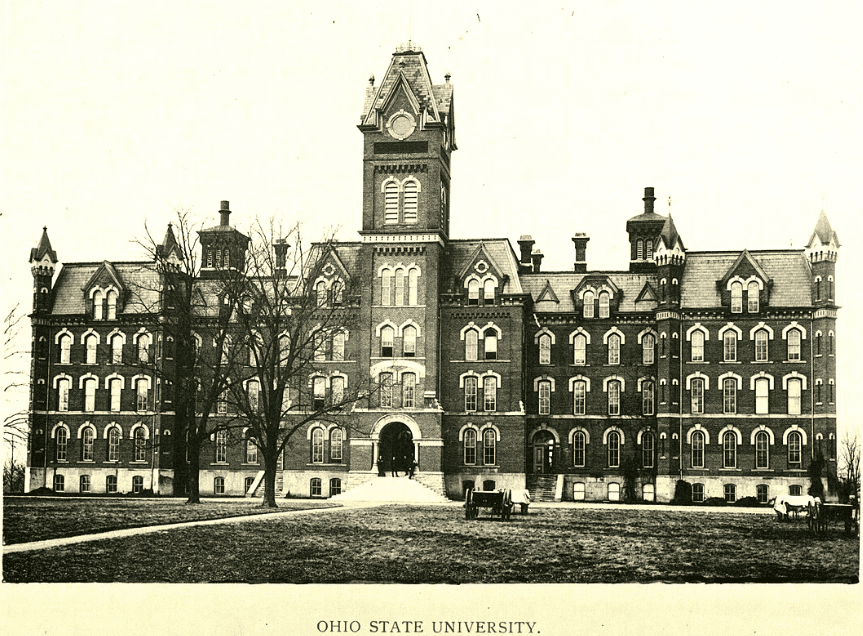

OSU is headquarters for the academic world regarding the Moundbuilder culture. The campus consists of all Olde World structures with a fake timeline slapped on. This isn’t the spot for that conversation but I just wanted to highlight the main building.
The history of the mounds and their construction is a string of people all connected to each other and ultimately the World Fair, which is where all the fake cultures of the world are put on display and inserted into the mainstream collective. We’re going to cover a small fraction of the agents involved and examine a small selection of artifacts and media reports.
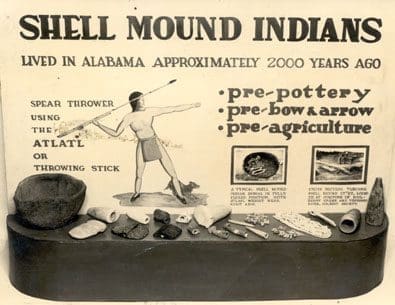
My position is the physical evidence is fake, found by generational Spook agents, verified by illegitimate authority, and pushed by the psychological warfare machine media. There was no moundbuilders.
For starters lets take a look at the wordage, “Pre-Columbian”, Columbus was a fictional character so anythng with his moniker attached is fictional as well. The infrastructure was already in place and only needed to be repaired, the repairs are what is labeled ‘construction’ in the photographic record.
Many of the area’s became buried during the Reset, a period which a centralized international authority grid was established, the most common term for this is Mudflood. The technology required to accomplish this was suppressed as part of the Full Spectrum Dominance control grid, leaving the slave-class dependent of ‘fossil’ fuel.
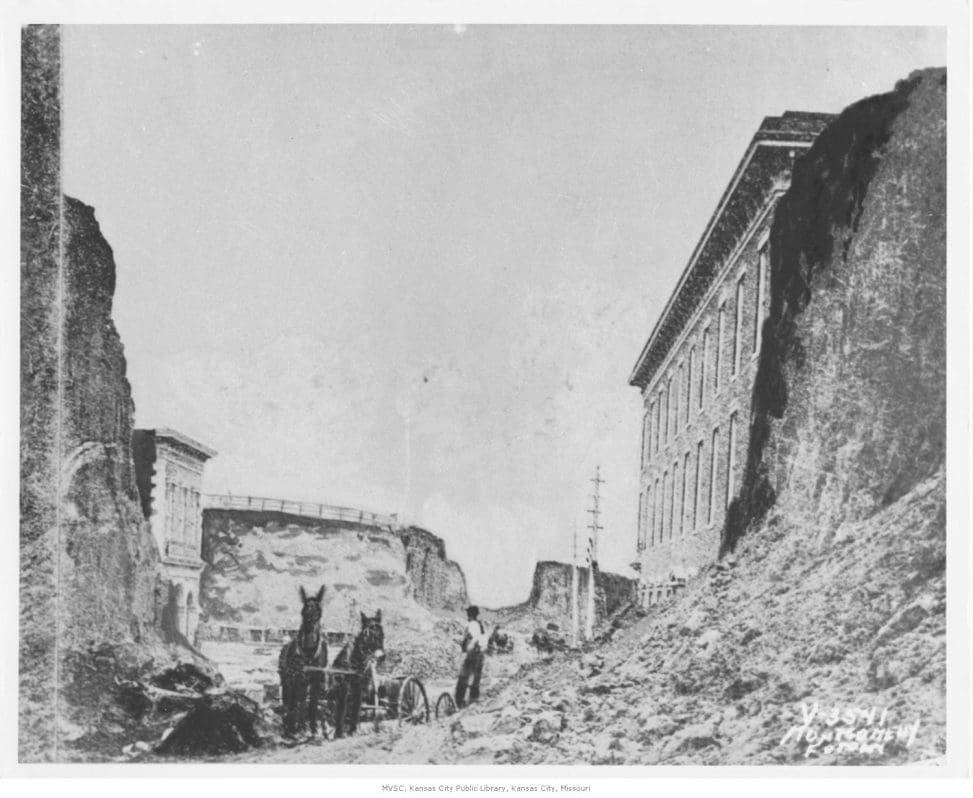
Later these fully developed and buried cities would need to be excavated, the ‘Big Dig’, all that dirt had to go somewhere. Look at this picture of Kansas City, here we have a buried city being excavated. I put forth the mounds were created from the earth that had to be removed during the excavations with the intent being to create the appearance of a previous culture in order to support the Colonial narrative… The Mayflower Pilgrims, Independence Revolution, Lewis and Clark, Westward Expansion, Gold Rush, Civil War… All bullshit.
Another line of thinking could be the mounds were part of the original substrate and the dirt around them was removed, leaving the appearance of pre arranged temple complexes that align with the solstices and May 1st, I have seen more references to May Day here than anywhere else.
The formula is used the same way to create ancient cultures everywhere. They share characteristics because the script is only changed slightly, the similarites are used to a timeline of how cultures interact with each other and sometimes presented as an enigma or anomaly in which the mystery is the apppeal. The creation of the road-side tourist trap industry is what nails the lid on the coffin, Humans live on a consumer driven global* economy so the tourist trap is the Orphan Class paying for their own enslavement.
Davis and Squier
Lets start with some of the central characters in the plot to create a false ancient culture:
Most of the bio’s are scavenged from the Ministry of Truth with my own commentary being provided in blue.
Edwin Hamilton Davis was born in 1811 in Hillsboro, Ohio, just a few miles from Chillicothe, a central location of importance. At the time, archaeology had not yet developed as an academic discipline. Davis explored the mounds while a student at Kenyon College and wrote a paper on the subject which he read at his commencement. Daniel Webster, an early member of the American Antiquarian Society, heard the paper and encouraged Davis to continue his research.
After graduating from medical college and establishing a practice in Chillicothe, Davis used his free time to continue his explorations. He collected artifacts he discovered in and around the mounds. He graduated at Cincinnati Medical College in 1838. He practiced in Chillicothe, Ohio until 1850, when he was called to the chair of materia medica and therapeutics in the New York Medical College. Dr. Davis was one of the editors of the American Medical Monthly.
Any kind of content creator or involvement with a normie publication is a red flag. The media was installed as the Hall of Records, it was never free and independent, that means only their own class is associated with them. Why would someone with a formal education in medicine give a graduation speech about an unrecognized branch of science.
Davis also worked with the Sec of the Smithsonian to create a map of Indian tribes he encountered based on skeletal structure. That eugenics, boys and girls.
He aided Charles Whittlesey in explorations of ancient mounds in 1836. Then from 1845 until 1847 Davis surveyed nearly one hundred groups of aboriginal earthworks, and opened two hundred mounds at his own expense.
During the spring of 1854, Davis delivered a course of lectures on archaeology before the Lowell Institute in Boston. In 1858 he was elected a member of the American Antiquarian Society. His lectures were on tour in Brooklyn, as well.
Among Davis and Squier’s most important achievements was their systematic approach to analyzing and documenting the sites they surveyed, including the Serpent Mound, which they discovered in 1846, and the mapping of the Mound City Group in Chillicothe, Ohio, which has been restored using their data and became part of Hopewell Culture National Historical Park. A National park wasn’t ‘restored’ based on their notes, more like the park was designed from a set of blueprints.
Ephraim Squier,
This is the other half. there were a few red flags when the gate dropped it didn’t take long to figure out this guy is a fictional Spook. Its a guilt by association game and a Classist system, they keep each to their own. The first guy slipped past but take one out and the rest fall along with it.
Start with the name. Ephraim Squier- E, Squier- Esquire, Esquire is a title of nobility, under a knight. These people are nothing without their titles. Its a Class war, remember?
Born in 1821 in Bethlehem, New York. By the time he arrived in Chillicothe in 1845 as the editor of the weekly Scioto Gazette newspaper, he had received training in civil engineering, education, and journalism. He was associated in the publication of the New York State Mechanic at 1841–1842. In 1843–1848, he engaged in journalism in Hartford, Connecticut, graduating from Princeton. He wrote a book on the Chinese, organized political parties
As part of the railroad gig he traveled down to South and Central America as both RR officer and got to study the native people, which he published more books and won medals. Became editor of Frank Leslie’s Illustrated Journal. This was a precursor to Harpers Weekly, sketch news before the use of photography. Totally propaganda. The timeline here is a glitch in the matrix, I did a report on the Inca ruins of Peru, they aren’t discovered for another 50 yrs. I do comment in the report that the railroad and map surveying expeditions were already established and fully operational when the first ‘White” guy comes through
An officer of the Honduras Interoceanic Railway Company. Thats a big one. The RR is an Olde World artifact. They are the central authority, more like an autonomus entity than a bisness.
He was married to a lady who subsequently became the wife and widow of Frank Leslie.
Squier was intrigued by the numerous prehistoric monuments in the surrounding area. His questioning of local residents about them failed to provide much insight. With his characteristic ambition, Squier decided to “take the compass and chain in one hand and the mattock and spade in the other” and begin his own research.
He developed a relationship with Wyman, curator of the Peabody Museum at Harvard that was a specialist in shell mounds
When the two men encountered one another, they began to collaborate based on Davis’s knowledge of the Scioto Valley sites and growing collection of artifacts, combined with Squier’s knowledge of surveying and writing. The results of this collaboration were published as the first work issued by the newly founded Smithsonian Institution: Ancient Monuments of the Mississippi Valley.
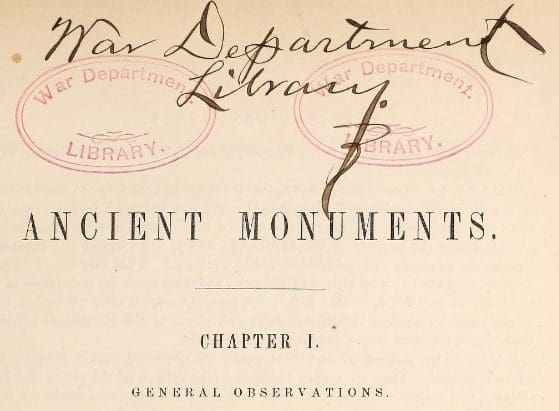
Squier and Davis’s collection of ancient Mound objects is now kept at the British Museum. There are also collections at the American Museum of Natural History, in New York. This is where he was teaching for ten years at the medical college. Combined with his role around Lowell and Boston I think its more accurate he wasnt from Ohio at all and thats just his backstory to make it seem like a natural childhood hobby to explore the land features he grew up around.
Here is a DLC written by Squier at the request of Al Gallatin, published in 1849. It is only 18 pages of brief description of mounds and content. No mention of giant skeletons are mentioned in original materials even though there are detailed illustrations. The reports of giants seems like it was a later detail added by the media to sell headlines. No giants, more on them later.
Civil War


USS Mound City, appropriate to name ships after fake events and entities. Boiler struck by cannonball at Vicksburg killing 105/175. Vicksburg branches off into a different thread, the Civil War is just as fake as the Mound Builder’s culture.
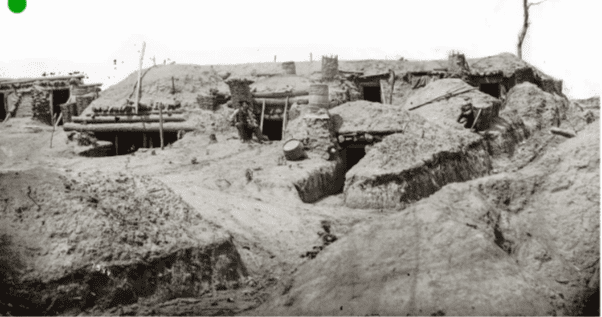
In the South, Mudflood substrate was used to construct forts for the cover story event as the mud flows were used to build mounds in the Mississippi Valley and Midwest
Charles Whittlesey
(October 4, 1808 – October 18, 1886) was a soldier, geologist, historian, and an investigator of mounds relics of the United States. He is described by Ephraim George Squier and Edwin Hamilton Davis as a “zealous investigator” in the field of “American antiquarian research. His association with other non-existant figures means he is a fictional Spook too, they keep to their own kind. Whittlesey graduated from the United States Military Academy in 1831.

His military record says he was stationed at Ft Howard in Wisconsin and fought in the Black Hawk War. I checked up on Ft H. figuring it was an old starfort but, like the forts out west, the title ‘Fort’ is just a designation given to a group of large buildings that shouldn’t really exist bc ppl haven’t moved into the region yet. The history of the fort reads like it was scripted to confuse ppl reading up on it, the fort was built on the remains of a previous fort built by fur trappers and changed names a few time. periods of reconstruction and demolition meant none of the original structure remained standing and the visual evidence is a photograph of a painting from the Civil War era. The name carried a legacy as Ft H. paper manufacturers (paper is an infrastructural mustneed; Military Industrial Complex) which would later merge with the James River Corporation out of Richmond to become the Ft James Co. They are talking about the Jamestown Settlement, john Smith and Pocahontas and all that, see how all the fake history chapters prop each other up? Eventually the Spook Industrial Complex paper producers would end up as Georgia Pacific. There was also a Georgia Pacific Railroad company in 1881, the history of mergers and acquisitions of the RR mirrors that of the grid of early forts (bc they both are Olde World artifacts).
Whittlesey was sent as to the Battle of Shiloh as a commanding officer. The Civil War is just as much a fake history as the Moundbuilders. Accordingly, the Shiloh National Military Park is home to a set of Mississippian Mounds. The virtue-signaling Park Service proclaims it was the military background that saved the mounds from being razed. (Those Indians are so unappreciative)
Shiloh also connects us to John Wesley Powell, that led an expedition that ended with the discovery of the Chaco Canyon Cliff Dwellings, see the full report for details, although these scriptwriters regurgitate the same garbage you will find the template here

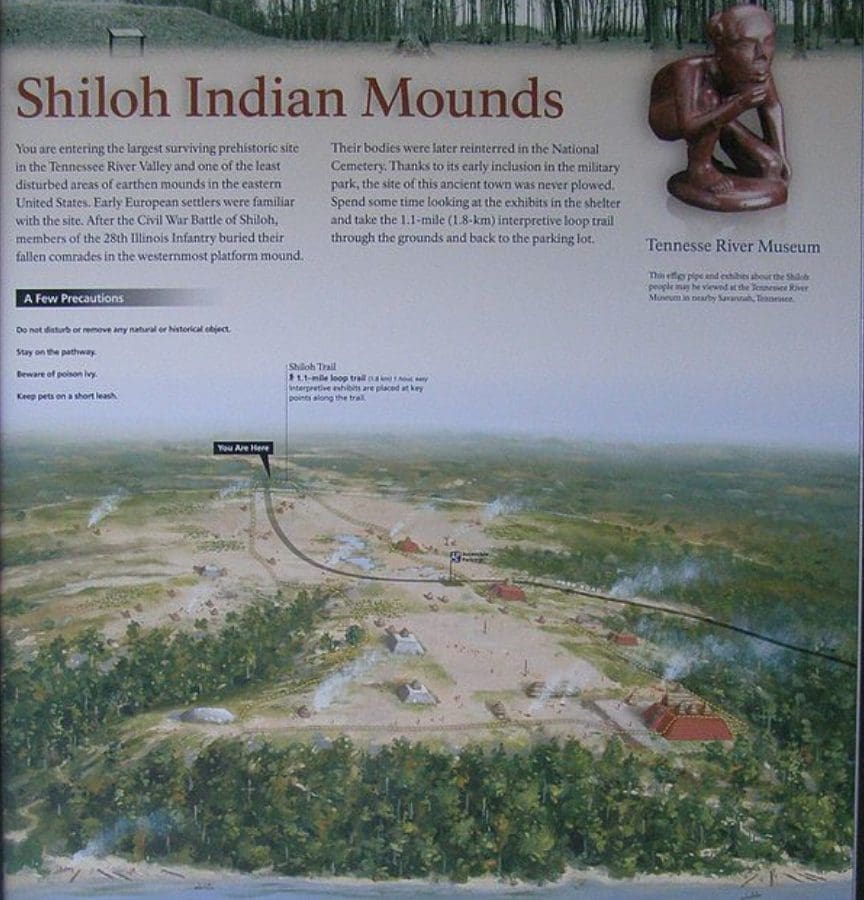
In 1837 Whittlesey was appointed assistant geologist of the State of Ohio, under William W. Mather, and given charge of the topographical and mathematical parts of that survey, which disclosed the rich coal and iron deposits of eastern Ohio that are the foundation of its manufacturing industries. At this time, he also carefully examined and measured several of the works of the Mound Builders,
From 1847 until 1851 he was engaged by the U.S. Government in making a mineralogical and geological survey of the region about Lake Superior and the upper Mississippi River. Subsequently, he was professionally engaged as a mining engineer, and in 1858 became associated in the geological work of the survey of Wisconsin. In February 1861, he was enrolled in a company that tendered its services to escort the President-elect Abraham Lincoln to Washington, D.C.
August 15, 1861, and detailed as chief engineer of the Department of the Ohio, with charge of planning and constructing the defenses of Cincinnati. Again, all these connections are proof he never existed as a flesh and blood person; Cincinnati is an Olde World relic, any structures were already there, he didnt plan or construct shit. The Railroad was already there, Abe Lincoln is fake as fuck and any Indian tribe bearing his name never existed either.
After he retired from the War he went back to Wisconsin and wrote the first book about the copper mining region around the Great Lakes. Its seems his whole fake bio has been about that, aside from plugging other fictional characters the geography and mineral surveying and everything else was relevent to this end-game.
In 1867, he was active in the founding of the Western Reserve and Northern Ohio Historical Society, of which he was president until his death in 1886. He was elected a member of the American Antiquarian Society in 1870.
Due to his work describing early North American indigenous people, an archaeological designation, the Whittlesey culture, describing people who lived in Northeast Ohio from A.D. 1000 to 1600, was named in his honor.
- “Adena”
- “Hopewell”
Montroville Wilson Dickeson
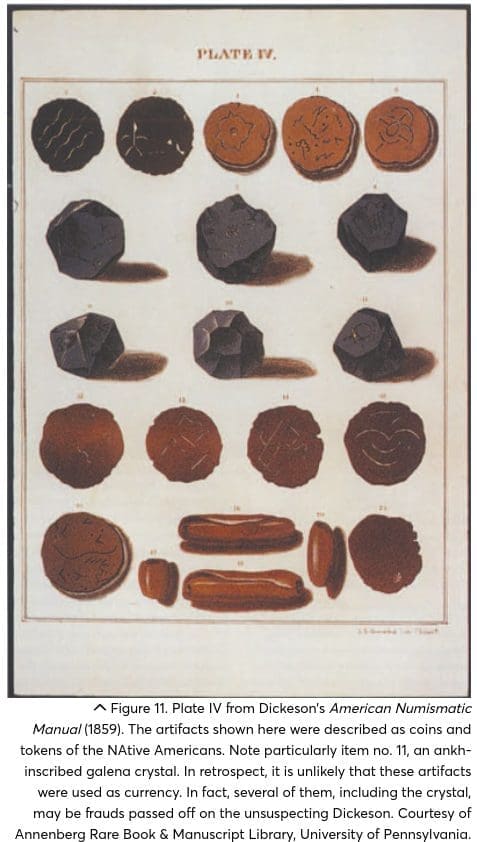
Another early fiction World Fair character from a preimere Spook family was M. Dickeson, a physican from Philly conducted extensive excavations of archaeological sites in Louisiana and Mississippi in the 1840s.
Dickeson was invented by University of Pennslyvannia as a source for their extensive collection of fake artifacts. UPenn has a controlling interest in the narrative as a prestigious gatekeeper institution. The original Free Museum of Science and Art is now the UPennn museum, their equivelent to Peabody, American Museum of Natural History, the Smithsonian, Chicago Art Museum, Metropolitian Museum of Art (MET), Ever notice all the hoaxer museums are centered around art? bc thats what history is, a big fake modern art project. Today. artifacts from these collections remain important components of the American Section’s holdings.

One of the most interesting documents found among his papers is a cross-section of an unidentified mound in Louisiana or Mississippi, with the various layers of soil carefully delineated and described, along with accompanying artifacts. You will see in the images of the Sr Louis Big Mound the distinct layers, this is from piling it up as the city was being excavated or from multiple mudflood scenarios. This is the first time I have seen an official source mention soil layering.
Although his notes are not detailed enough to let us know whether he excavated stratigraphically or simply recognized the importance of strata, his excavations nonetheless predate by some fifty years those of the recognized progenitors of American stratigraphic excavations—W.H. Dail, Max Uhle, and Alfred Kidder.
They also use him for the standard protocol, his notes compare the earthmounds to other ancient buried cultures like Pompeii was supposedly discovered in 1799, right near recent memory so people will be most likely to accept something thats within a generation or two.
Modern storytellers whitewash the parts that have been rejected by todays establishments:
On occasion Dickeson made reference to large skeletons in the mounds he excavated, statements which could be construed as reflecting the myth. He also referred to the people who constructed the mounds as a lost and forgotten race. This, however, does not necessarily mean that he perceived them as physically different from other Native Americans, just culturally different. Many English writers of the 17th, 18th, and 19th centuries considered their Scottish, Irish, and Welsh neighbors a different “race.” Dickeson apparently did not subscribe to the idea that later “savage tribes” had decimated the mound builders, an idea that was popular with apologists for national expansion.
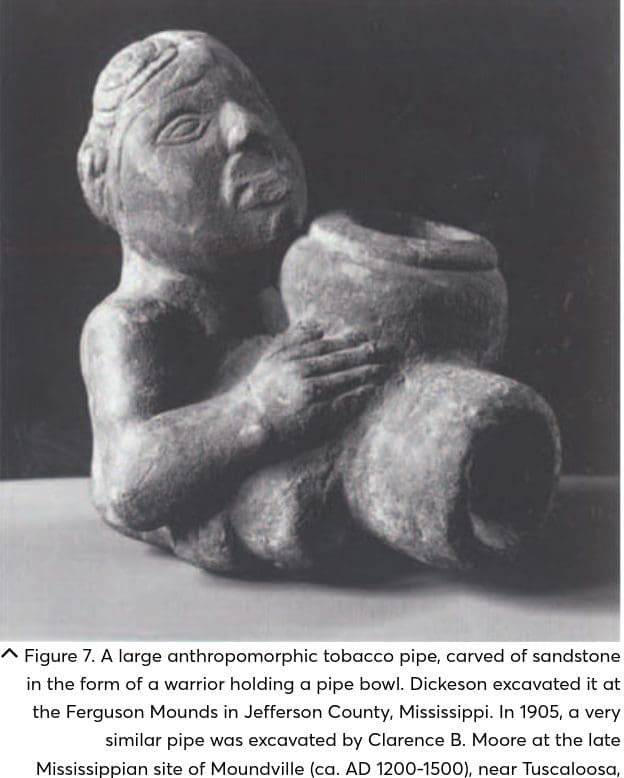
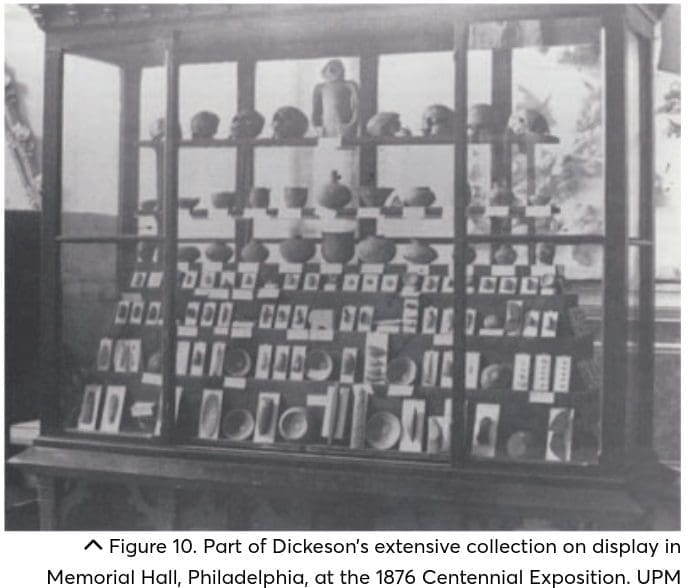
One of Dickeson’s excavations clearly dealt with an occupation predating the mound builders. Excavating near Natchez, Dickeson uncovered a fossilized human pelvis in a stratum of clay underlying the bones of several extinct animals. The find, which was subsequently known as the Natchez Pelvis, seemed to indicate the great antiquity of human occupation in the New World. (thats a pun, great antiquity sure, but advanced is the part they leave out.) Scientists from as far afield as Great Britain visited the site where it was found. Sir Charles Lyell, the father of modern geology, was not convinced by what he saw (Lyell 1873:108). However, later scholars who reexamined the bones concluded that the pelvis and the associated fossils were “substantially oft he same antiquity” (Wilson 1895:725).
In 1926 and 1927, excavations at Clovis, New Mexico, carried out under Jesse Figgens, director of the Colorado Museum of Natural History, recovered fluted spear points in association with extinct bison bones. These finds posthumously vindicated Dickeson belief in the contemporaneity of prehistoric people and the long-extinct animals of the Pleistocene.
His collection was displayed at the City Museum in Philadelphia, where he was designated the “Professor of Natu rail Sciences.” Later the artifacts were displayed at the Swain Building, also in Philadelphia, and eventually at the Centennial Exposition in the same city (Fig. 10). They would remain on display in the Exposition’s Memorial Hall from 1876 to 1885.
Montroville Dickeson died in 1882. No obituary notices from Philadelphia newspapers have been found. Two of his sisters inherited the collection, which was-sold in 1899 to the University of Pennsylvania Museum. UPenn published a description of it in 1900. Since then it has seen only sporadic study and Dickeson himself has lapsed into archaeological obscurity. In 1953. the Mississippi Panorama was transferred to the St. Louis Museum of Art, but the rest of the collection remains at the University of Pennsylvania.
This is an admission the guy never existed except on paper. “His sisters”… Dickson is a Reset family based in PA and have a college in their name near the first Indian Boarding School.
Warren King Moorehead
was known in his time as the ‘Dean of American archaeology’; born in Siena, Italy to missionary parents on March 10, 1866.
Moorehead is credited with excavating more ancient earthworks than all archaeologists before and after him. Due to Moorehead’s primary focus on artifact recovery in his early career, his often careless documentation of excavated sites, and the fact that he lost many of his own important field notes (including those from 1891 at the Hopewell Site), Moorehead is often remembered as a destructive force among modern archaeologists. That said, Moorehead was influential in the preservation of some historical sites such as Fort Ancient.
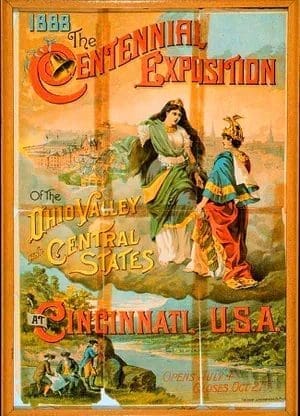
Moorehead’s grandfather, was Joseph Warren King, whose wealth from the King’s Powder Mills fortune rooted in the American Civil War. Powder as in gun powder, not baby powder, that means he is from a Military Industrial Complex family. “Kings Island,” the Cincinnati area amusement park is at the site today. Bread and Circus is a warfare operation. He is most likely related to the War Dept Indian Painter, Charles King Bird.
Moorehead attended Denison University. By 1887 Moorehead left without graduating, and added to the speedy dismissal of Moorehead’s work after his death by most professional archaeology.
Excavations and collections begun as a schoolboy continued through self-financed work taking him to a display of his own at the 1888 Cincinnati Centennial Exposition, and contact with Dr. Thomas Wilson of the Smithsonian Institution.
Wilson and the Cincinnati Centennial connect him to the University of Pennsylvania for study under the famous Dr. Edward Drinker Cope. Cope is one of the main characters I have been wanting to research central to whats called the “Bone Wars”, a side thread about dinosaurs and dinosaur fossils that make up museum collections.
He was a member of the board of commissioners for the Bureau of Indian Affairs with the Department of Interior in 1909, His Ministry of Truth bio goes so far to say he was at the site of the Wounded Knee Massacre pleading for the Indians. His work on behalf of Indian Land Claims, exposing fraudulent Indian agents, and seeking better health care on reservations, his leadership of the White Earth Indian Reservation hearings on injustices following the Dawes Act and Moorehead’s book “The American Indian in the United States, Period 1850-1914” indicate very strongly to me he is the same family as Charles King Bird, the Indian Painter for the War Dept.
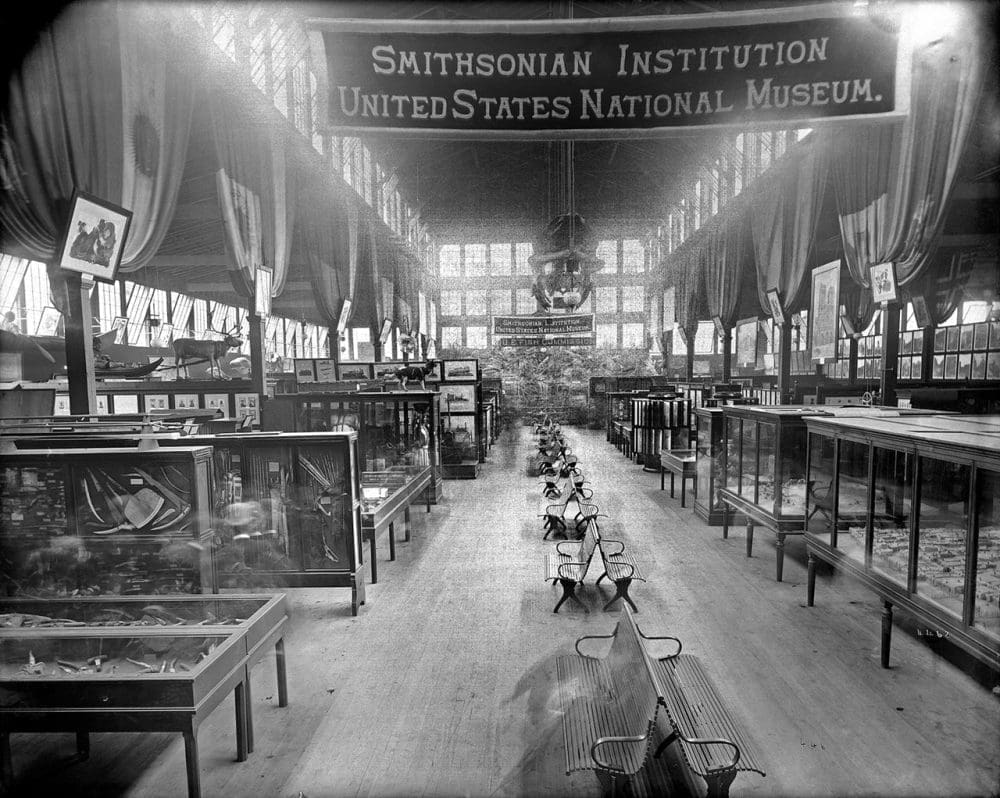
Moorehead returned to Ohio and found a position developing the state display for the 1893 World’s Columbian Exposition (Chicago World’s Fair), which led him to work with Frederic Ward Putnam. This work also went into the World’s Fair display, became a published volume for Moorehead, and caught the attention of the organizers of the Ohio Historical & Archaeological Society (now the Ohio Historical Society) which was just begun in 1885.
Moorehead’s destruction and lack of documentation regarding the Hopewell Type Site (and many of his other sites) has left many archaeological questions unable to be answered. (Thats the reason why he did it, its an “Oospie Daisy” excuse to dismiss the lack of evidence and destroyed sites) Yeah. That’s it, his record keeping is so bad the historical Society decides to offer him a job.
Moorehead accepted the position as what would be the first curator of archaeology museum. He was also made a professor of archaeology at OSU. Sites already to manage: (Fort Ancient, and Serpent Mound), The Ohio State Prez encouraged Moorehead to pay for his travel and speaking and research by selling duplicate artifacts.
Moorehead created an atlas of Ohio mounds and earthworks, and even forays into the American southwest, becoming one of the first surveyors of Chaco Canyon and Mesa Verde. This would have put him in contact with Putnam from the Wheeler Expedition. Thats a direct connection between the two fake archeological sites; the cliff houses and the mounds. This connects him a second time over by Clarence King and his Expedition of the 40th parallel.
His assistant, William Corless Mills, completed what is now known as the Mills Atlas of 1904.
“Finding no relief in the southwest, he returned to meet with Robert Singleton Peabody at his home near Philadelphia, a wealthy descendant of George Peabody, trader and philanthropist, who collected pottery and baskets from Indigenous cultures throughout the New World.”
Ministry of Truth
I believe the real reason he returned to the Peabody’s was bc they owned the museum he worked for. Probs he never left, they just inserted it into the wiki page. A collector of baskets huh, that the core of the artifacts recovered from the sites they were just supposedly at. They are made in bulk at the Essex Art Institute, guarantee it
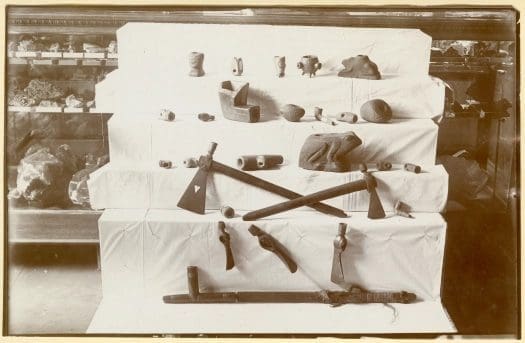
He and Evelyn had a second son, Singleton Peabody Moorehead, who would become a key architect with the Colonial Williamsburg Foundation. Another museum and program was established at Phillips Andover Academy. In the 1920s Moorehead excavated the Von Mach Site on the property of Edmund Von Mach in Brooksville, Maine. Von Mach was the Fine Arts instructor at Harvard and the History of Fine Art at Wellesley College… LOL, they are making it too easy. Brooksville is on the river in Maine and a shell mound was on the property, like the ones in Florida and Switzerland, he described one of the ceramic finds at this site among the most finely decorated he had found. The site was added to the National Register of Historic Places on January 17, 1989.
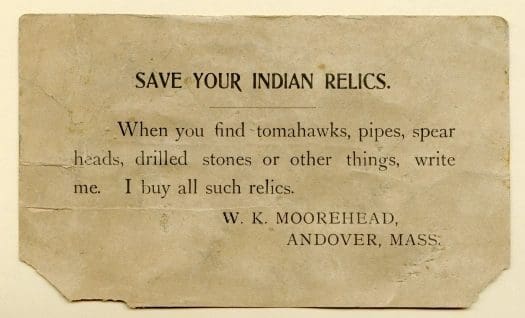
Moorehead began excavation at the Etowah mounds site in Georgia during the winter of 1925.
Moorehead is often considered a “pillager” within the field of archaeology, guilty of a big fraud for financial gain in relation to the famous horned skulls of Sayre,
Moorehead would encounter mounds already being taken down by county road crews and construction laborers, and would negotiate to allow an interval of investigation in the middle of the demolition before the project was completed. Roads through mounds is another thing, either the road can be used to upturn planted artifacts or can be used to knock stuff out so it cant be excavated in the future.
Margaret Ashley Towle
Pioneering female archaeologists of the southeastern United States. She worked with Warren Moorehead at the Etowah site, and went on to assist with his projects in Maine. Ashley married Moorehead’s main field assistant Gerald Towle in 1930. Ashley completed her Ph.D. at Columbia with her dissertation later appearing as The Ethnobotany of Pre-Columbian Peru, (Omni-present Hidden Hand)
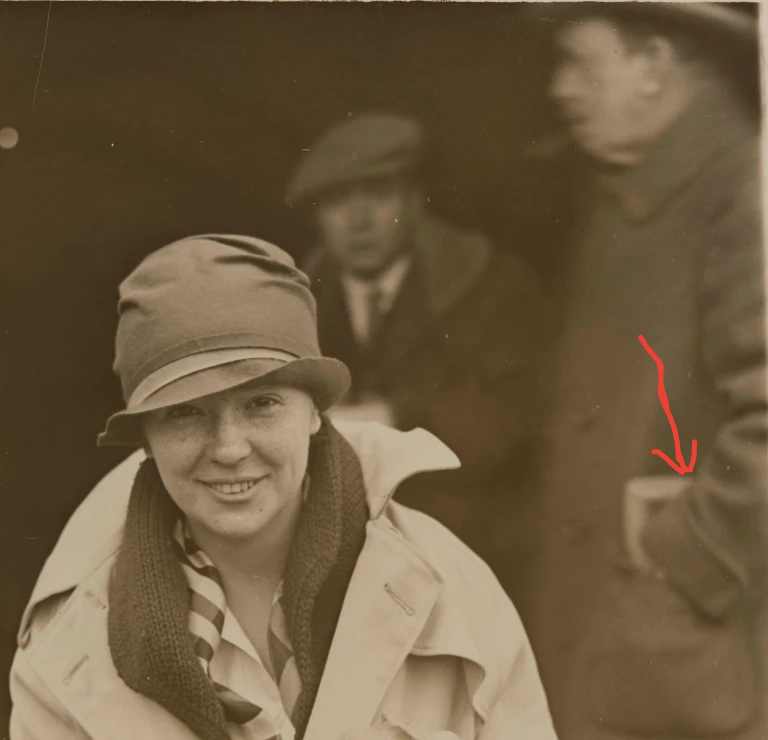
Missouri Moundsville

St Louis, Missouri, is said to be the Capital City of the Mound Builders, it’s casually known as Moundsville. The photographic evidence indicates it wasnt so much of a pyramid complex as a complete layer of dirt that covered everything and had to be dug out.
The narrative is so busy pushing the Euro-Colonialism guilt campaign nobody has ever even looked at these and said the obvious, these are solid earth formations, not pyramid temples. Nothing is hollowed out with burial chambers.
The last mound in St Louis was removed to be the Art Museum. The O.G. art spooks know there were no Indians, thats just what they do.
Thomas Easterly Daguerreotype Collection. The image source should always be taken into consideration, these are from Easterly, which is a mocking pun about Easter, and Emil Boehl, who is admitted to be confused with Easterly, sort of like Matthew Brady and Alex Gardner and Tim Sullivan. The photographers make all the difference.
One of the city’s best-known earthen structures, “Big Mound” was razed in the mid-1800s following a sale of the land to the North Missouri Railroad. In preparation for the 1904 World’s Fair, an additional sixteen mounds were destroyed. The mounds in Forest Park were mapped and excavated and had human remains associated with them. A group of mounds was near the St. Louis Art Museum and some were near the golf course. Today, about 80 mounds are preserved in the nearby Cahokia Mounds State Historic Site directly across the Mississippi River. Sugarloaf Mound is the only one that remains, of the original approximately 40 mounds in St. Louis.
This is Kansas City, not just a single block, the whole city is like this around the mid to late 1800’s. I theorize the mud was cleared out of the city and piled up nearby and given a fake history and had some fake artifacts with the same symbols planted for supporting evidence. The Smithsonian is always remembered for destroying the evidence but what they were really doing was destroying the lack of evidence or fake artifacts.
Big Mound at St Louis
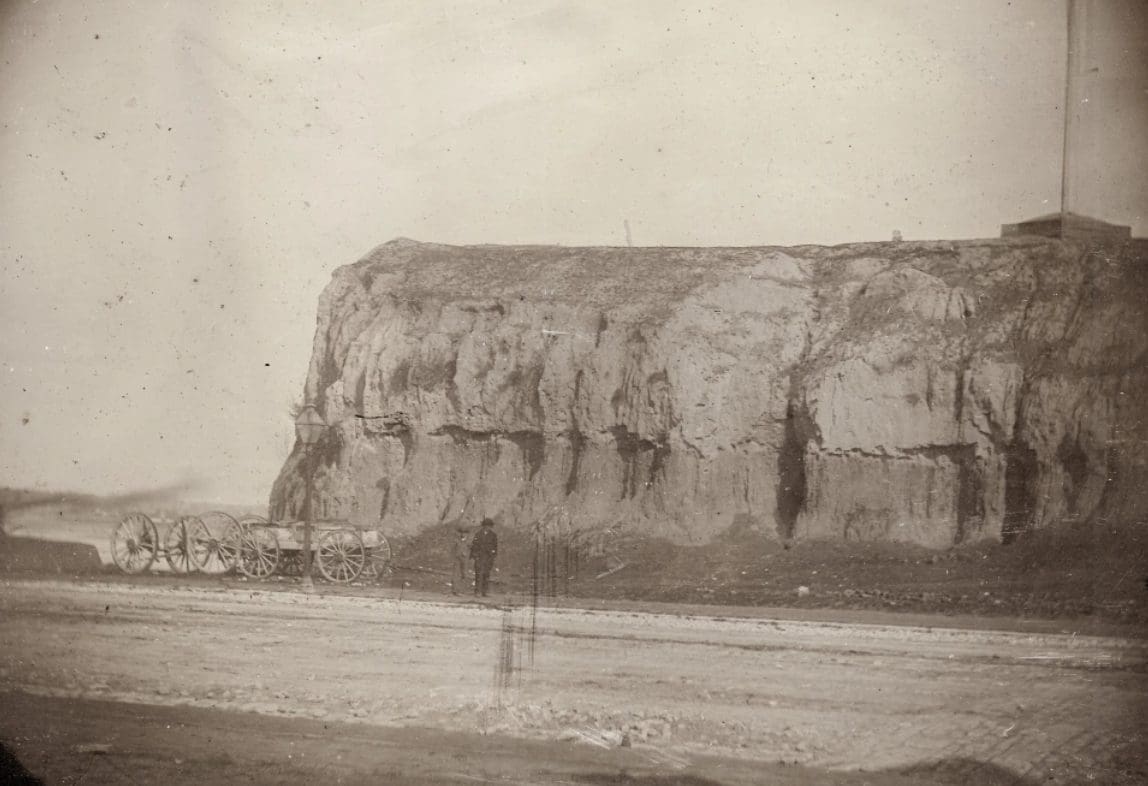
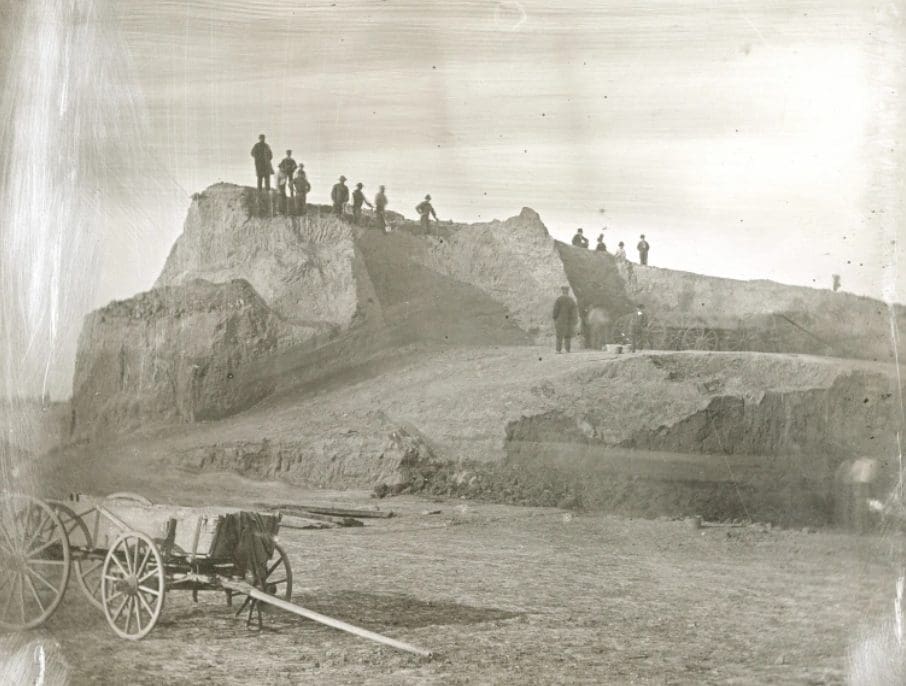
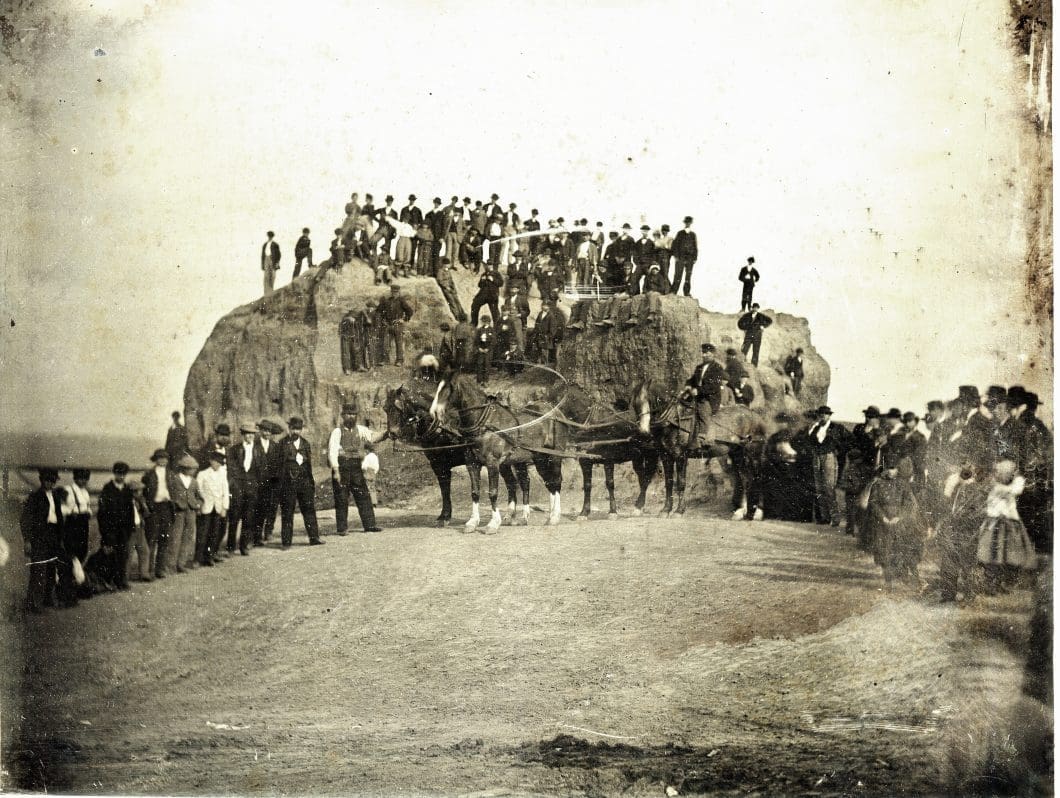
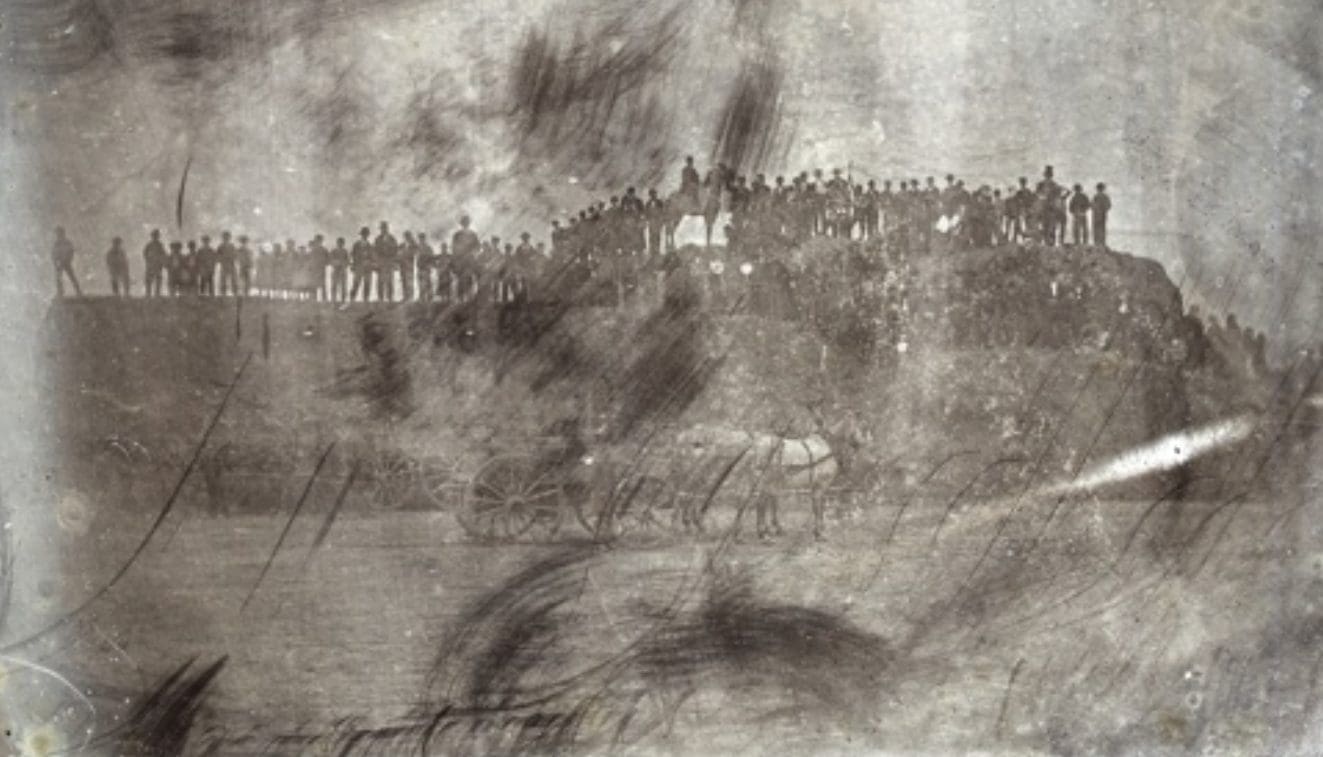

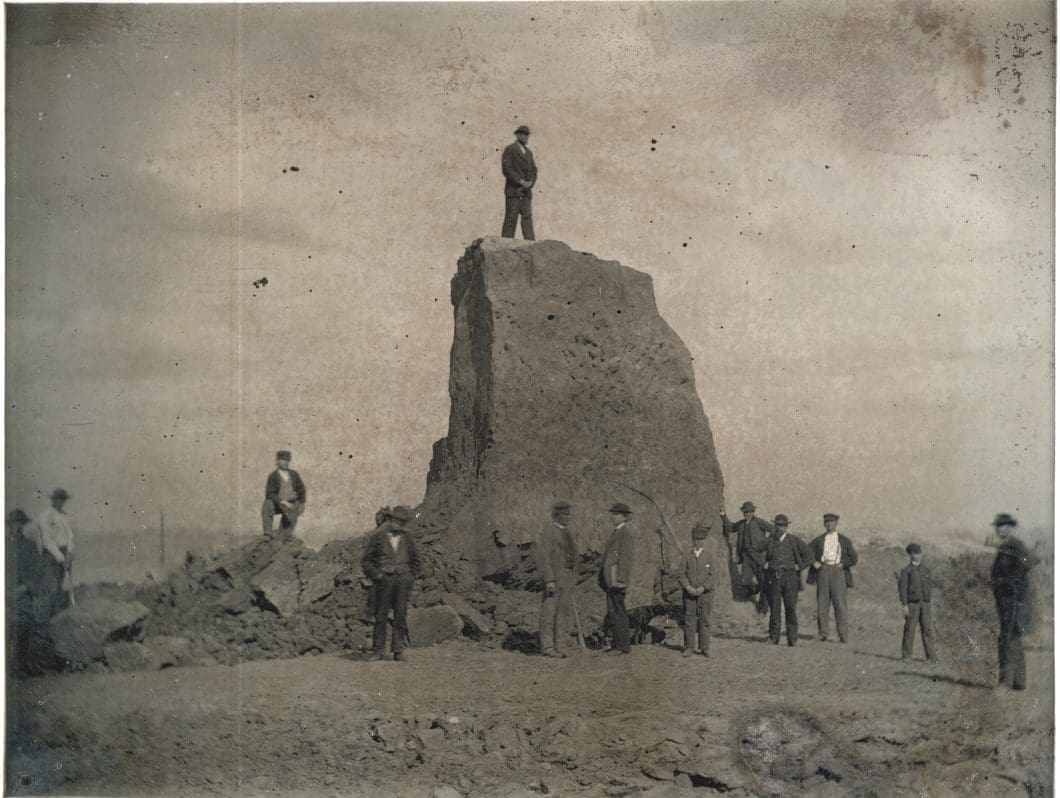
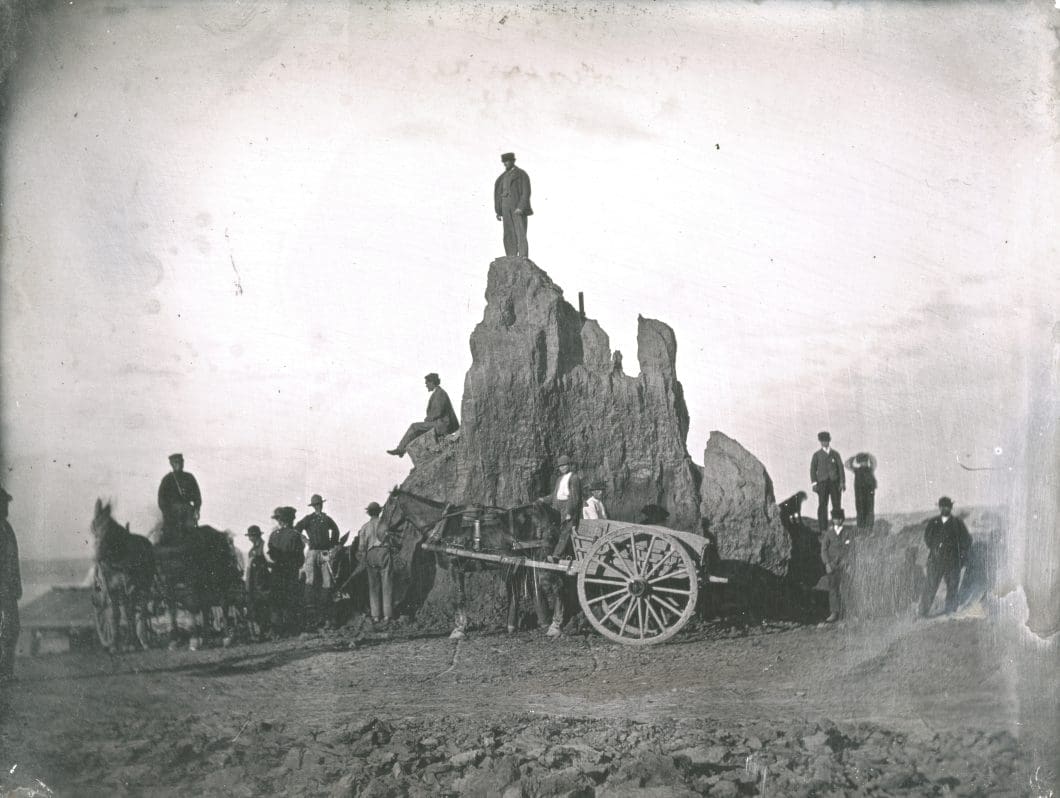
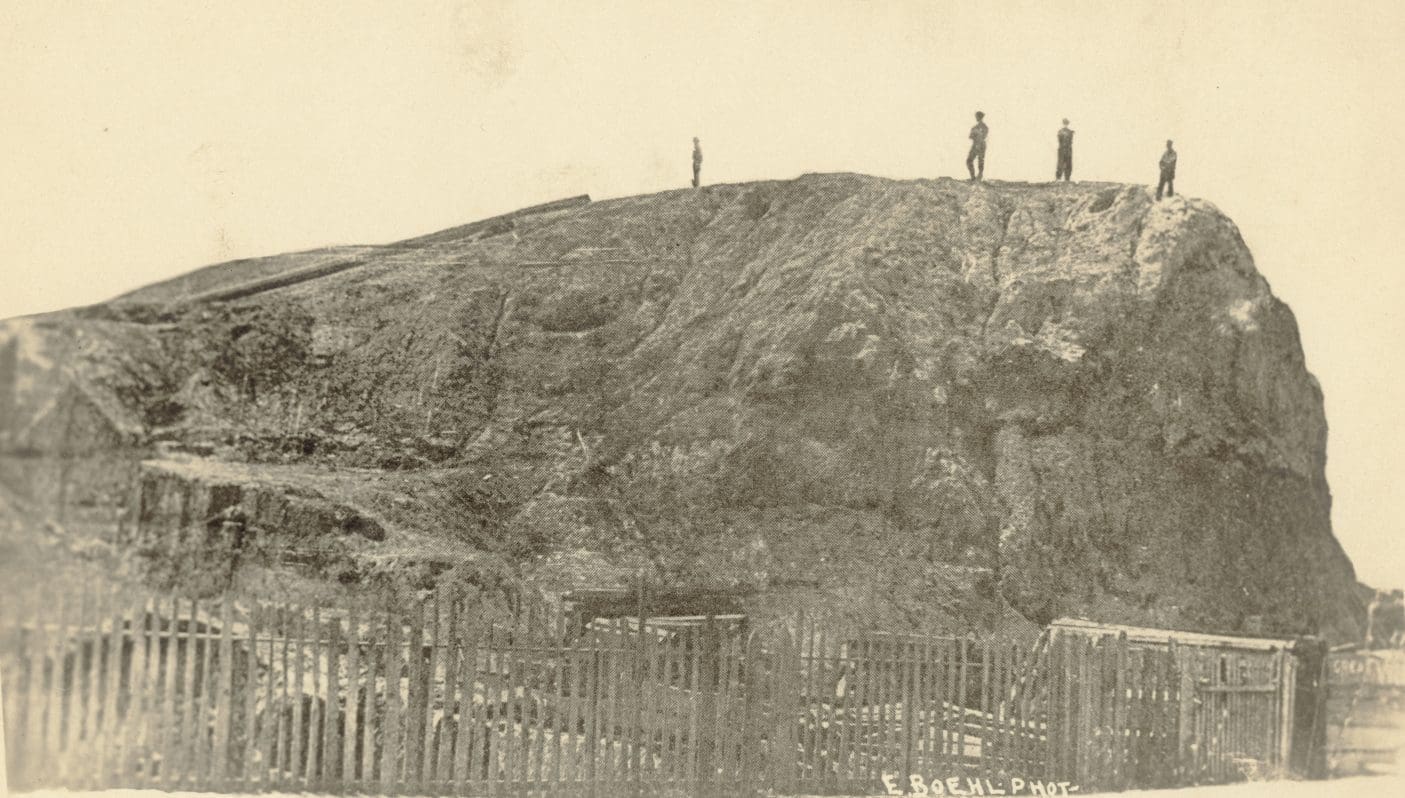

As to the secrets held in this, the largest of the ceremonial mounds in St. Louis, Reverend Stephen Denison, who was present as the mound was destroyed, wrote this:
“…was found to contain a sepulchral chamber, which was about 72 feet in length, 8 to 12 feet wide, and 8 to 10 feet in height; the walls sloping and plastered, as the marks of the plastering tool could be plainly seen. Twenty-four bodies were placed upon the floor of the vault, a few feet apart, with their feet towards the west, the bodies arranged in a line with the longest axis; a number of bones, beads and shell seashells, drilled with small holes, in quantities sufficient to cover each body from the thighs to the head.”
Also found in the mound were “two copper earrings still in the skull of one of the skeletons. They were about 3 inches tall and 1.5 inches wide, in the form of a “long-nosed god mask,” the nose of the face protruding 6 inches.”
These earrings disappeared from a janitorial closet at Washington University. Many other artifacts were also lost when they were donated to the Academy of Science of St. Louis in 1869. That same year the building in which they were stored burned to the ground.
In the years that followed, the mounds that remained were gradually and purposefully destroyed and their contents looted and sold for the most part. In 1904 alone 16 mounds were destroyed in preparation for the World’s Fair.
Lets backtrack to the good reverend. Denison is another premiere family of Spooks. He traces his lineage back to the Mayflower and the founders of Yale. There were no Pilgrims, stupid. Denison graduated from Andover, which was a school that trained agents in disguise of religion. Peet was the author of a series of volumes upon the mound builders, Indian relics, cliff dwellers and kindred topics, and of many pamphlets and articles. So it wasnt like he just happened to be standing there and witnessed something. He probs was never there at all bc he helped write the narrative, if anyone knew there was nothing there it wouldv’e been him.
Who Were the Hopewell Indians?
Frederic Ward Putnam, who was appointed curator of Harvard University’s Peabody Museum of American Archaeology and Ethnology in 1875, commissioned and funded excavations that would become some of the earliest collections developed two of the nation’s most notable anthropological departments: at Harvard University and the University of California, Berkeley. He also developed four of the nation’s most prestigious museums: the Peabody Museum at Harvard, the American Museum of Natural History in New York City, Chicago’s Field Museum of Natural History and Berkeley with the collections he gathered for display at the World Fair
Frederic Ward Putnam was born on April 16, 1839, in Salem, Massachusetts, into a New England family whose ancestors could be tracked down to the first settlers of America. Salem is famous for one thing and everyone tied to the town is a spook bc the Salem Witch Trials were part of Colonial America and thus, are historical fiction. Thomas Putnam (b. March 22 [322], d. June 3 [666]) was a main character in the fantasy trial, Its important bc it adds birth-right to todays family line, its a class war and generational weath and land grab are illegitimate so even the villains are inserted by powerlines.
He married Adelaide Martha Edmands, with whom he had three children: Eben Putnam, Alice Edmands Putnam, and Ethel Appleton Fiske Lewis.
Alice Edmands Putnam worked alongside her father and was director of the Peabdy in year 1886, she took as his proxy as Putnam’s health failed
Putnam started Harvard at age 17 but didnt graduate, he took up an offer to curate the Essex Institute, the museum in Salem.
In 1873, Putnam was elected to the post of permanent secretary of the American Association for the Advancement of Science. He helped establish the journals American Naturalist, Science, American Anthropologist, and founded organizations, such as Anthropology of the American Association for the Advancement of Sciences, the Archaeological Institute of America, and the American Anthropological Association. All these groups are fractal patterns of each other, designed to create confusion and compartmentalize the enemy.
Putnam assisted with the Kentucky Geological Survey in 1874
From 1876-79, he served as Chief of Anthropology, studying prehistoric ruins and pueblo villages of the Southwest, as part of the Wheeler Survey. The Wheeler survey was part of the fake Westward Expansion, I have a detailed report in the site archives.
The 1885 Peabody Museum acquisition of Ohio’s Serpent Mound, thanks to Putnam’s appeal to the museum’s trustees and members of the Archaeological Institute of America
For the 1893 World’s Columbian Exposition in Chicago, Putnam commissioned the self-taught archaeologist Warren K. Moorehead to lead excavations in southern Ohio to take human remains and “relics” for display. Much of what Moorehead unearthed from Ohio’s Ross and Warren counties became founding collections of the Field Museum.
influential in dispatching the productive Jesup North Pacific Expedition to northeastern Asia and northwestern North America.
A few years after Moorehead’s excavations, the American Museum of Natural History co-sponsored rival expeditions to the Southwest; items were looted from New Mexico’s Chaco Canyon and shipped by train to New York.
Putnam is now credited with formalizing what would become the ‘Chicago Method”.
*See Also: Davenport Tablets

- The site is named in honor of chiropractor Don Dickson, who began excavating it in 1927 and opened a private museum that formerly operated on the site. Its exhibition of the 237 uncovered skeletons uncovered and displayed by Dickson was closed in 1992.
- So when Dickson prepared his property to plant an orchard in the 1860s, he inadvertently unearthed human remains. His grandson, Thomas, later unearthed more human remains and objects while building his house nearby.
- Don Dickson was a chiropractor and discovered the burial mounds on his family farm. Instead of removing the bones, he only removed the dirt. He covered his excavation with a tent. He later replaced his tent with a building and set up a private museum.
- We just read about a Dickeson clan member that was involved with early PreColumbian American fake-history, I told you they were all in on the fix. This branch just dropped the ‘e’ but they ain’t foolin’ me.
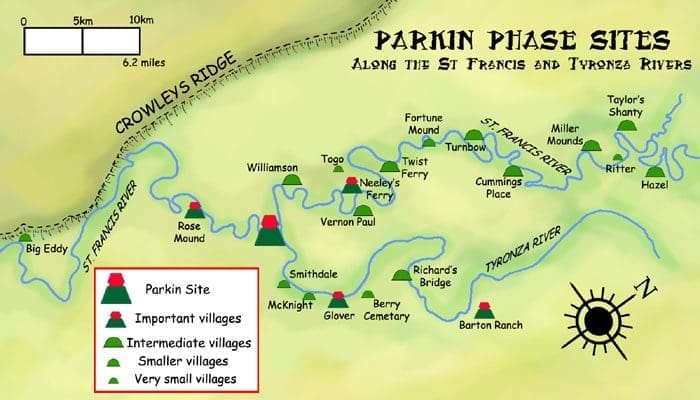
Ft Ancient
In 1809 the Philadelphia Port Folio published the first map and description of Fort Ancient. The accounts of the site by Atwater and Warden several years later are nearly identical to the 1809 report and map. The site was visited and surveyed in by John Locke in 1843. In Edwin Hamilton Davis and Ephraim George Squier‘s Ancient Monuments of the Mississippi Valley, they described Fort Ancient as “one of the most extensive, if not the most extensive, work…in the entire West”, regarding its size. Warren K. Moorehead conducted some of the initial excavations at Fort Ancient in 1887 and published his research in 1891 in the book Fort Ancient: Great Prehistoric Warren County Ohio. Additional research was conducted by William C. Mills in 1908 and Richard Morgan and Holmes Ellis in 1939-1940.
Grave Creek Mound

G.C. Mound was excavated in 1843, among the usual pottery and shell beads they found a palm-sized flat stone with runic lettering. We’ll get to that but I wanted to note that 150 sheets of mica were also found in the chamber. This is noteworthy bc mica is found in the Mayan temple complexes, this is the only instance I have seen it found in North America. Mica is used for electrical applications and proposed by the ancient astro-not crowd as evidence they temples were power generators.
It has recurring themes in hoaxes, multiple renderings; drawings of drawings of drawings, and the modern academics that bust the hoaxers out with some obscure book of also-fake lettering… like the Kensington rune stone found under the tree but the farmer had futhark encyclopedias on his shelf.
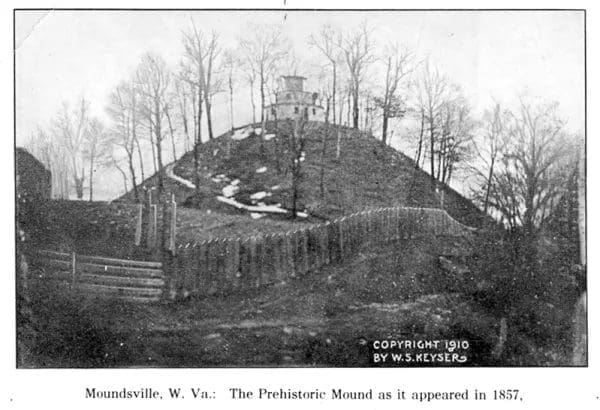

The stone passed through various collections, but its current location is unknown. While it was in E.H. Davis’s collection in the late 1800s, he made a cast of it which he deposited to the Smithsonian‘s National Museum of Natural History. The Smithsonian now has four casts of the stone. The National Anthropological Association also has a wax impression of the stone made by Davis. Six facsimile drawings were also made of the stone
In 1868 Davis made a plaster cast of the stone and deposited it in the Smithsonian Institution. It is not known where the stone itself is today. In 1868 it was in the collection of E.H. Davis, of Squier and Davis fame, before most of Davis’s collection was sold to the Blackmore Museum, now part of the British Museum.
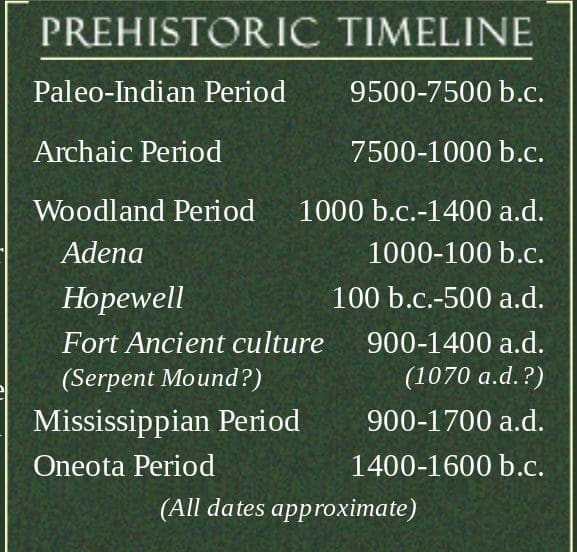
It should be noted that a “Copy of Grave Creek Stone — No. 1. by Captain Eastman, United States Army,” what he shows is not actually Eastman’s copy of the stone, but rather a redrawing of Eastman’s copy. In a second, 1879 article with the somewhat misleading explanation, “I insert again the only correct copy made by Captain Eastman, United States Army, from the original in 1850, for Schoolcraft’s Indian Tribes.”
At a meeting of the West Virginia Archaeological Society in October 2008, the anthropologist David Oestreicher suggested that the inscription had been forged by James W. Clemens, a local physician who had financed the excavation through loans. Oestreicher found the source of the inscription; an 18th-century volume, “An Essay on the Alphabets of the Unknown Letters That are Found in the Most Ancient Coins and Monuments of Spain” “Everything on the stone”, including “impossible sequences of characters with the same mistakes”, was copied directly from the volume.
Kincade mound
This area is colloquially known as Little Egypt. The Kincaid site was the subject of major excavations by the University of Chicago from 1934–1941, during which a number of anthropologists and archaeologists who later had notable careers were trained under the direction of Fay-Cooper Cole; they included Richard MacNeish, discoverer of the origins of maize

Many archeologists believe it to be part of the province of Casqui, documented as visited by Spanish explorer Hernando de Soto in 1542.
In 1966, a Spanish trade bead, which matches descriptions of the seven-layer glass beads carried by the expedition, was found at the Parkin site, as well as a brass bell known as a “Clarksdale bell“.[12][13] The bell was associated with a child’s burial, which also contained four pottery items, all known types of Parkin phase pottery.[6] This is one of only a handful of sites in the Southeast where items from the de Soto expedition have been found in a datable archaeological context. In 1977, a large charred posthole was found at the summit of the large substructure mound at the Parkin site.[7] In 2016, a portion of a cypress log, believed to be part of the cross that De Soto erected on the site in 1541, was unearthed. It was still under study in April 2016.
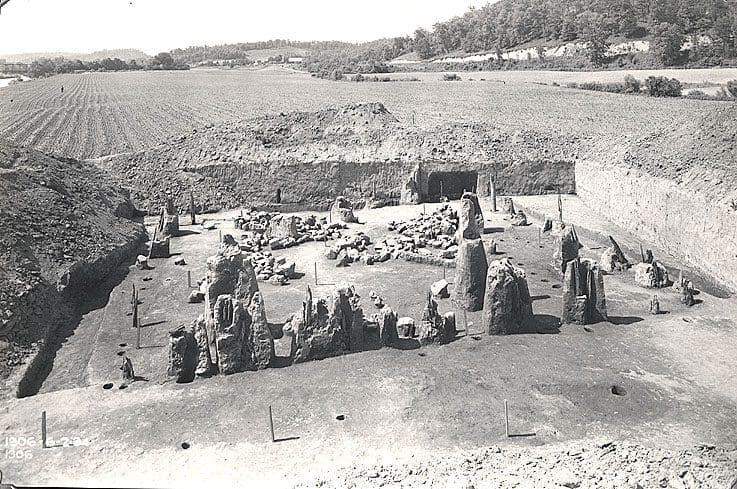
Serpent Mound

“Discovered” by Davis and Squier in 1848, it is the largest effigy mound in the world and published in the very first issue of the Smithsonian report.
Dept of Interior designated it a historic spot in 1966. Thats early for any of these, and the DoI isnt the usual entity to make such a designation.
The spiral is a hypnosis/mind control sigil and the layout of the curves are aligned with solar events, that means its a Sun worshipping idol.
Its pristine flowing form was enhanced by major reconstruction in the 1880s.
lol, I bet.
Supposedly there are serpent effigies in Canada and Scotland too, I’ll try to find some info.
A full scale replica mound was featured at the 1901 World Fair in Buffalo. The World Fair was all about creating the false history of the world.
Science has been arguing back and forth about the age, with the latest installment being in 2019 that pushes the dates back even further, the other dates are now labeled as remodeling or improvments. The new study comes just as Serpent Mound is being advanced for addition to the UNESCO World Heritage List. The Serpent Mound is now listed as a “Great Wonder of the Ancient World” by National Geographic Magazine.
It is said to be built inside a crater from a flying space rock
Cahokia
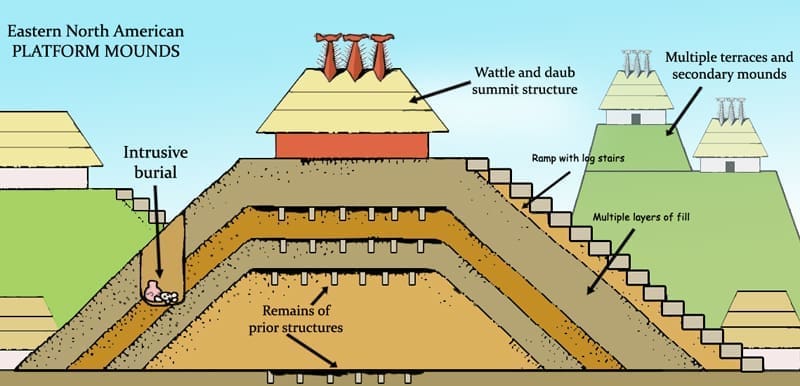
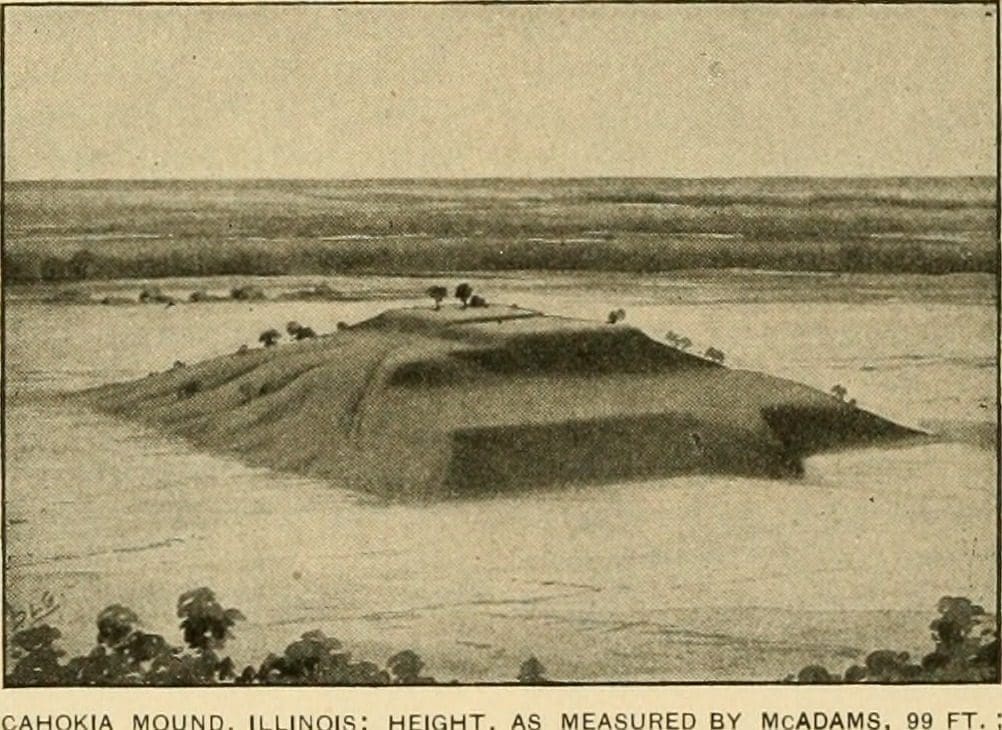
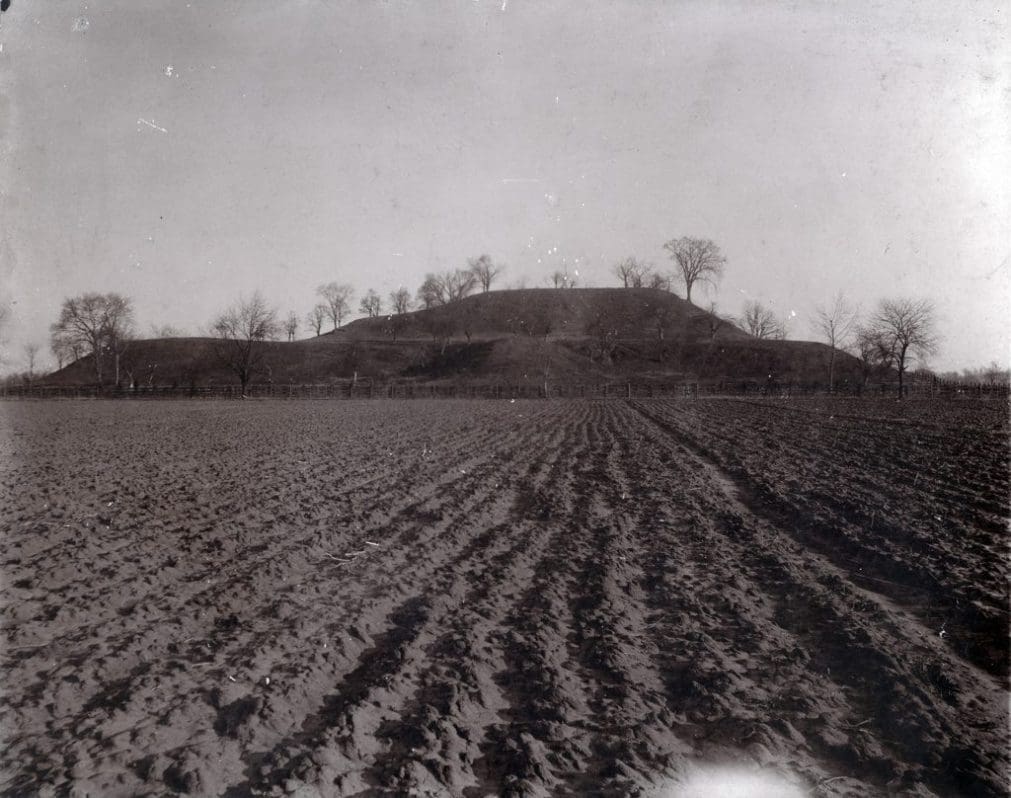
Cohokia is the largest archeologic site north of Mexico with an earthen mound temple pyramid thats the biggest in the America’s.
Henry Brackenridge visited the site and published the first detailed description of the largest mound. He named it Monks Mound. In 1831 T. Amos Hill bought the plot including the Mound. He built a house on the upper terrace, and sank a well. This work revealed various archaeological remains, including human bones
The Hopewell culture flourished in Ohio and other parts of eastern North America during the Middle Woodland Period, possibly as early as 100 B.C. We do not know what these people might have called themselves. The name we use comes from Mordecai Hopewell, a Chillicothe landowner on whose property mounds were excavated in the 1800s. The site exemplified all the significant features of the culture, so it became the “type site” and its name was applied to the entire culture.
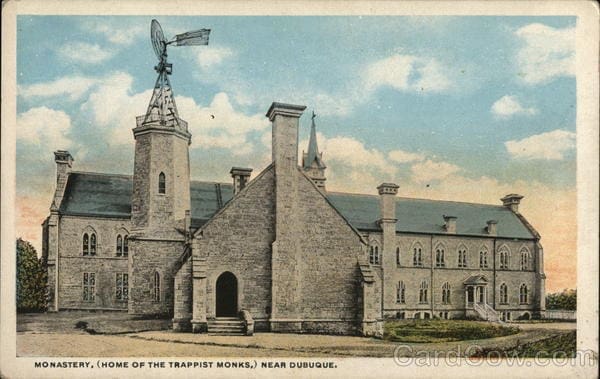
M.R. Harrington
Harrington’s bio reads much like all the other people; attended priemere universities, worked under famous World Fair instructors, directed over the CCC. Many of the sites he excavated I covered in the Westward Expansion essay.
One thing I see in his Ministry of Truth bio that merits further investigation is a paragraph about him leading a peyote ceremony at a friend house in Greenwich Village to a group of anarchists. G.V. was the home of many affluent social reformers and art aficionados and mention of the place is a mark. Also that it was specifically the Hapgoods is significant. Trust me, those ppl claim theyre anarchists but they only work to further the status quo.
Some of his ‘discoveries’ are below
Burials
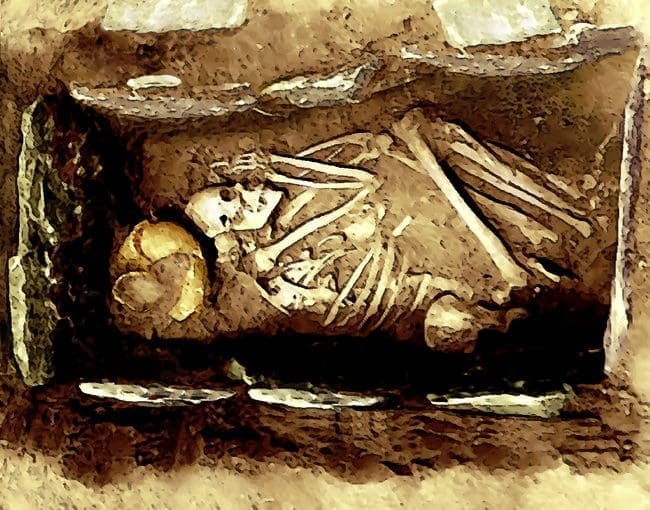
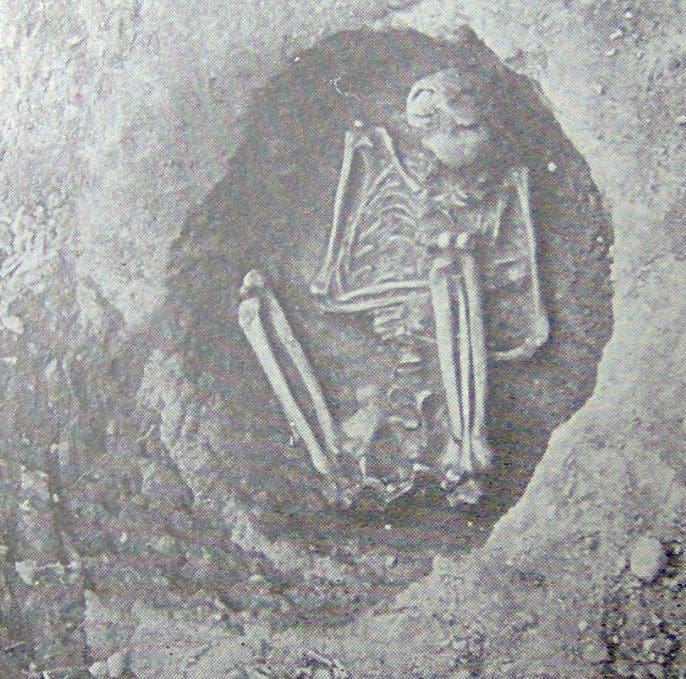

“Cherokee skeleton with three nested pottery vessels, Bussell’s Island, Lenoir City, Tennessee.”
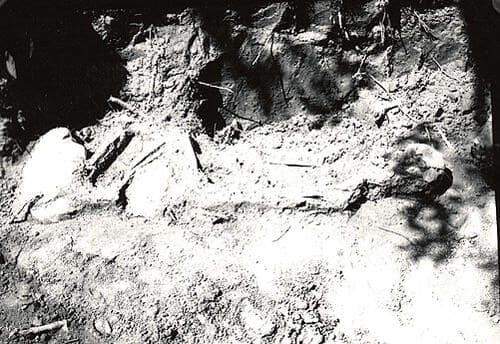
16-451 Taylor Mound (Dr. Taylor’s Farm) Site 12AN16, Anderson County, Tennessee. This was in the Tenn Valley Archives at U of Knoxville. All the burial images are locked behind gatekeeper walls, this one slipped through. It looks like the picture was purposefully low-quality; too much light blocks any details and a shady spot is covering the head.
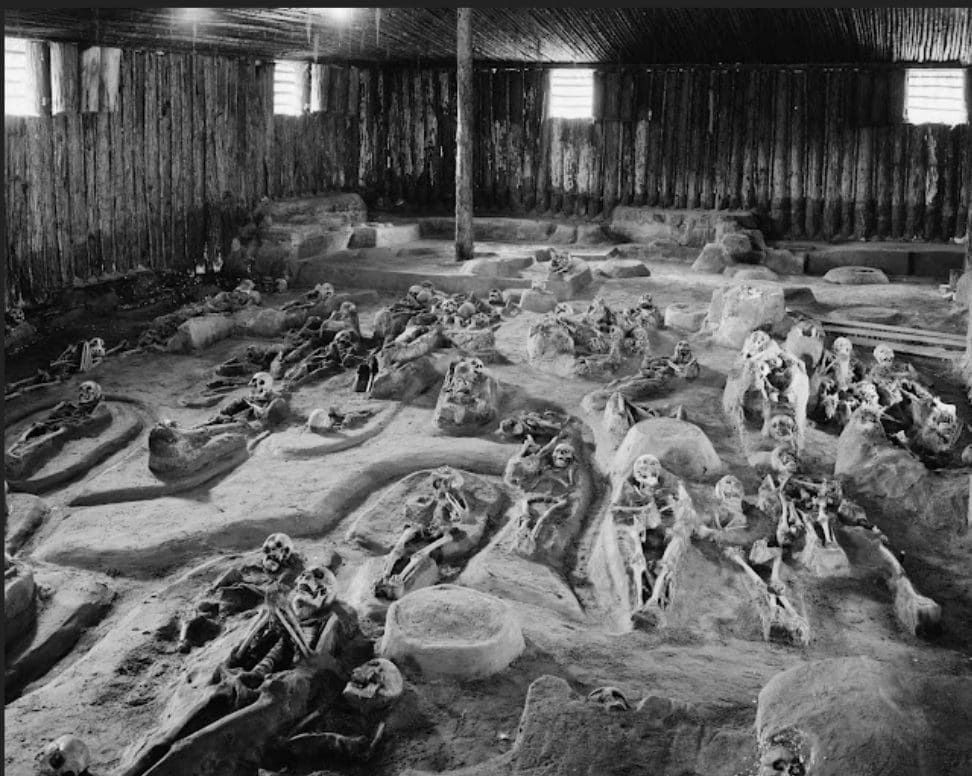
Spiro Mound

The Great Mortuary, aka Craig Mound, aka The Spiro Mound, is the second-largest mound on the Spiro site and the only burial mound.
A cavity created within the mound allowed for almost perfect preservation of fragile artifacts made of wood, conch shell, and copper. The conditions in this hollow space were so favorable that objects made of perishable materials such as basketry, woven fabric, lace, fur, and feathers were preserved inside it.
Such objects have traditionally been created by women in historic tribes. Also found inside were several examples of Mississippian stone statuary made from Missouri flint clay and Mill Creek chert bifaces, all thought to have originally come from the Cahokia site in Illinois.
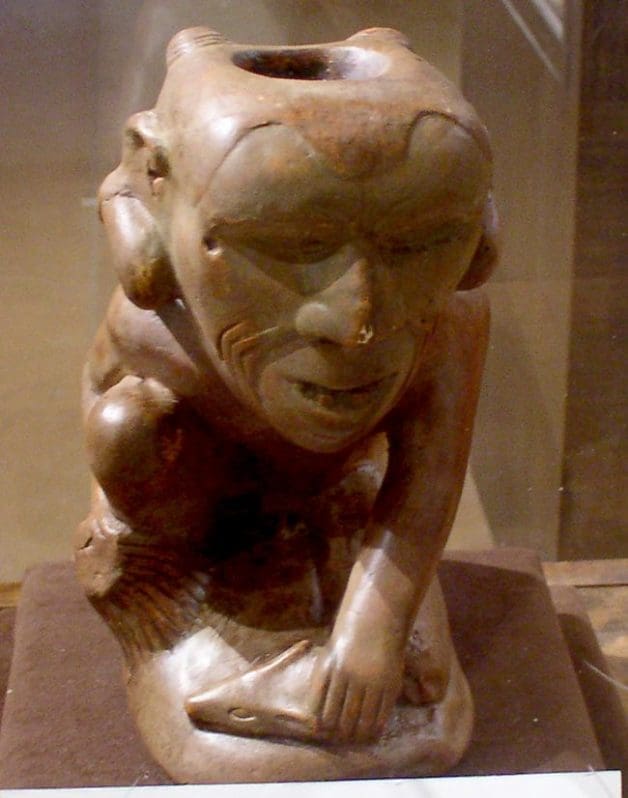

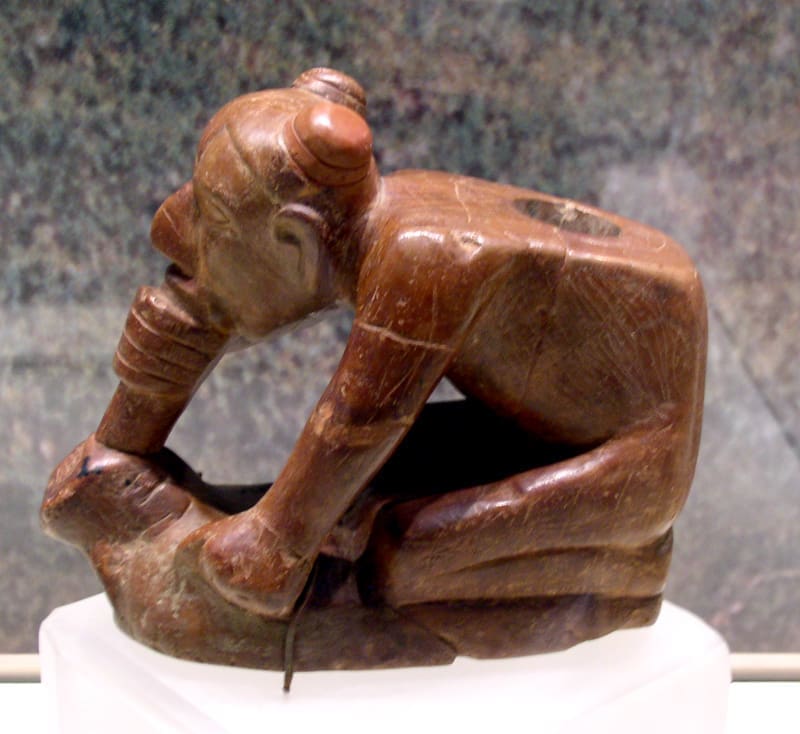
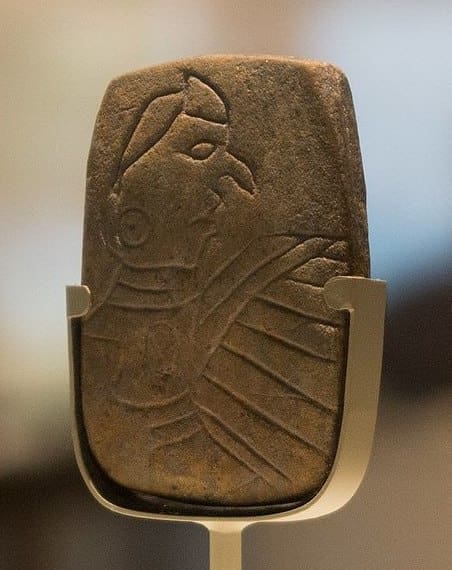
Big Nose Mask, Who?
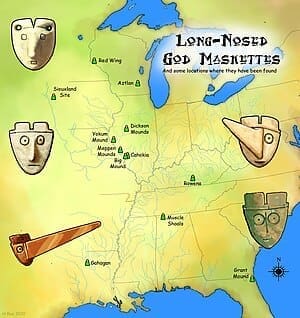
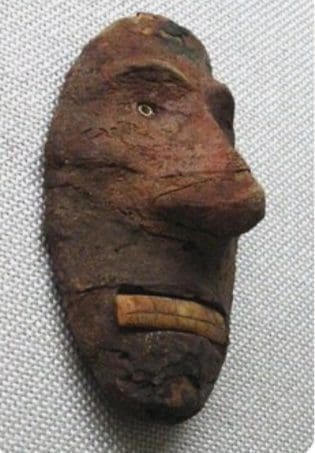
Maybe you think thats crazy talk but multiple big nose masks have been excavated over the region. The mask on the right comes from the Ginger mummy sites in Tibet and Autonomous Regions of China. I wonder if the big schnoz is supposed to be representative of anyone in particular?
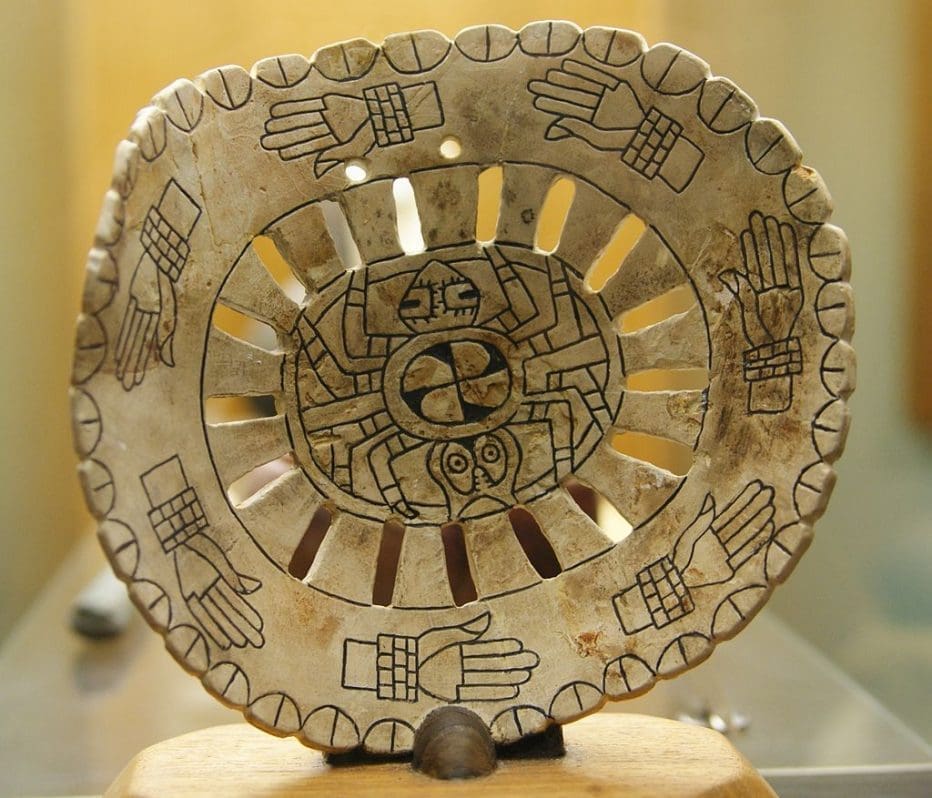
/
Shell Gorgets
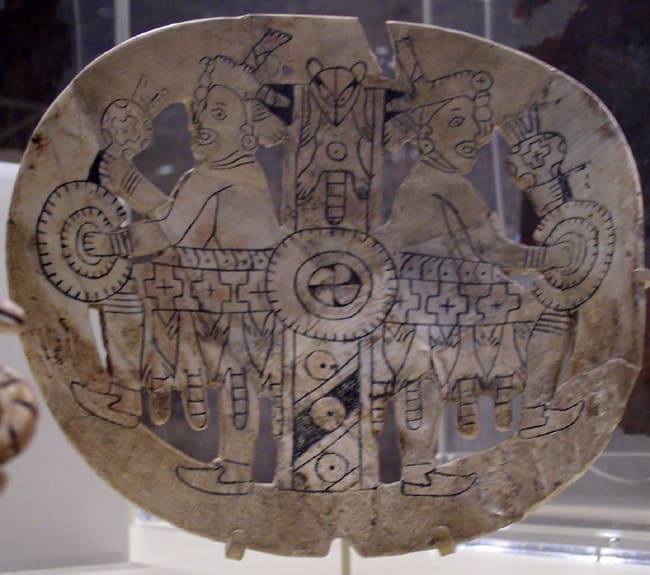
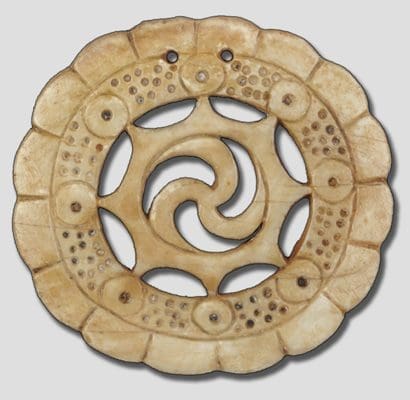
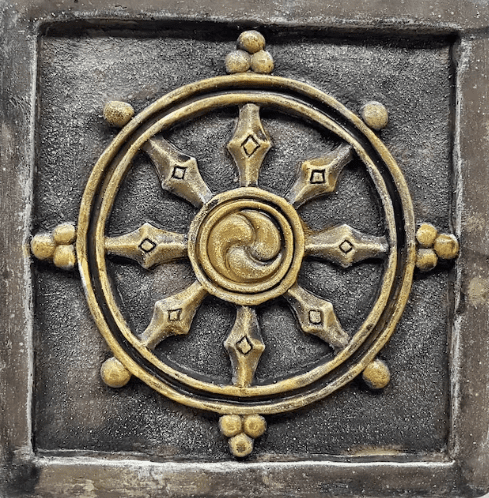
Spiro Mounds artifacts are owned by the University of Tulsa and held by the Thomas Gilcrease Museum in Tulsa, Oklahoma. The shell carving on the left is a mystery with no explanation offered, The icon on the right is the Buddhist Dharmachakra. each with similar features, most notably is the three arm spiral. Religious imagery is reused all the time, no matter if the two cultures are separated by a thousand years and thousand miles. The thing that gets me is when they play stupid and pretend like theres no connection.
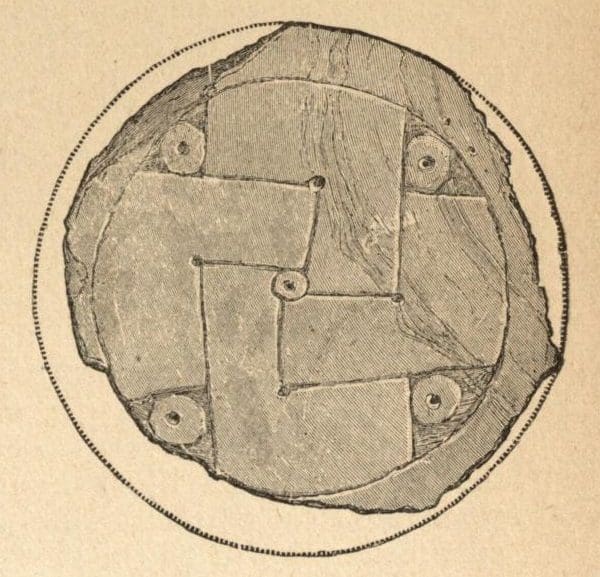

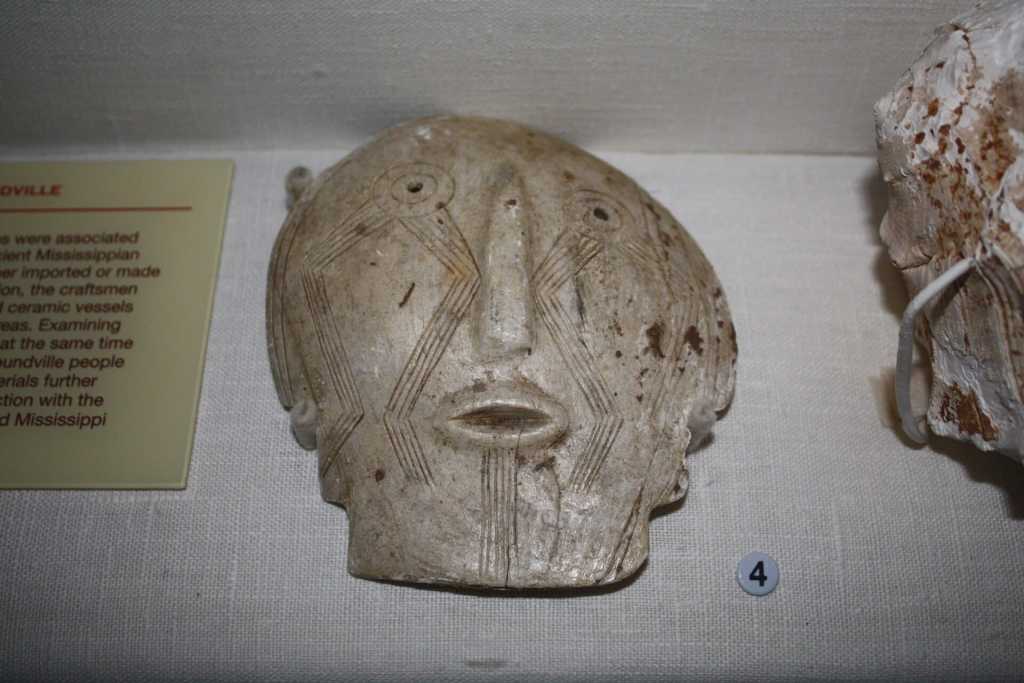
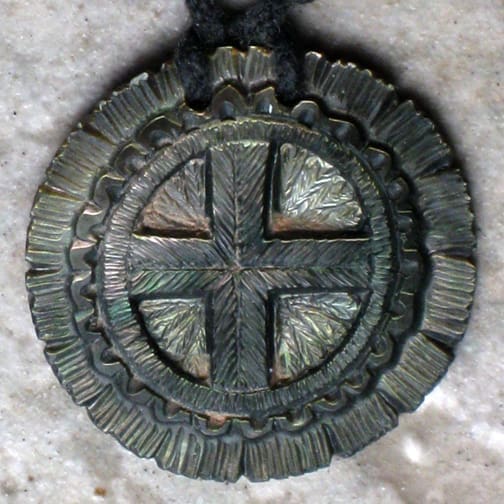


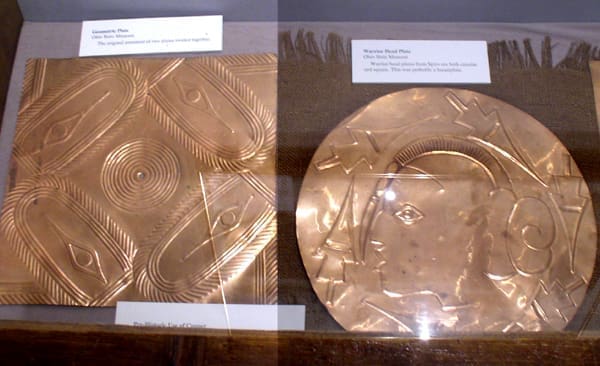
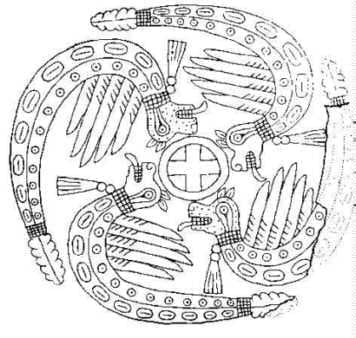
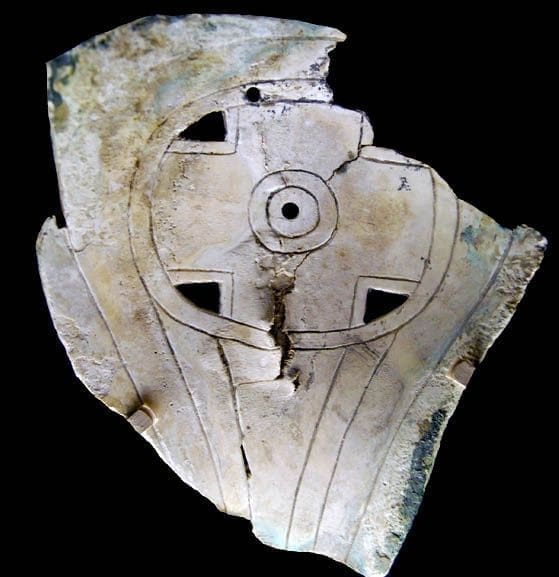

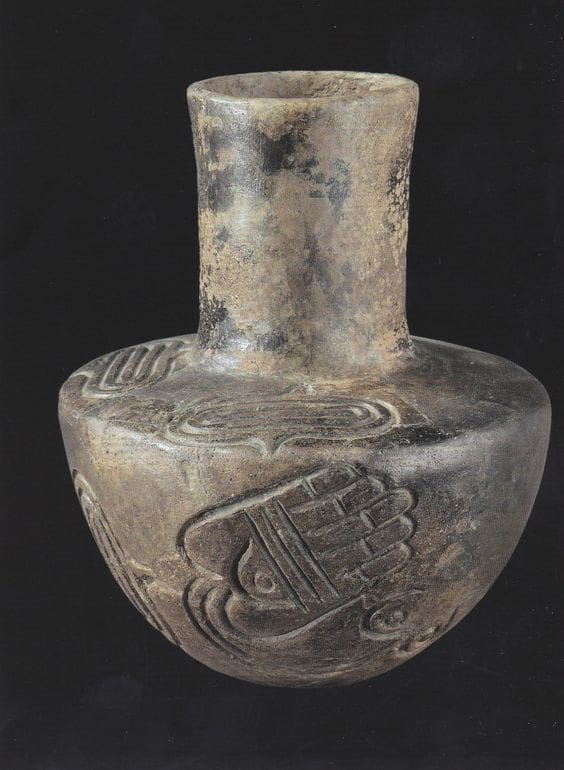
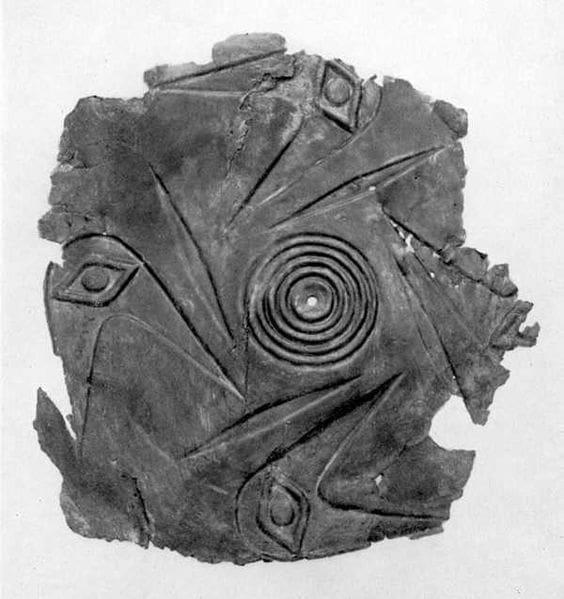

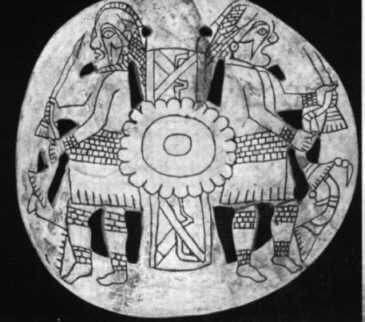
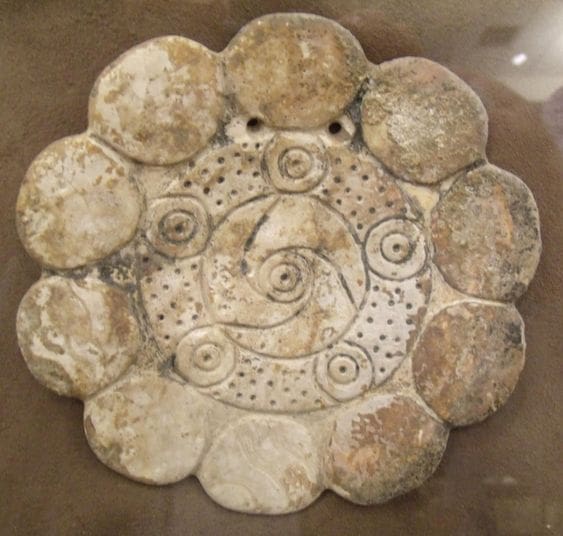
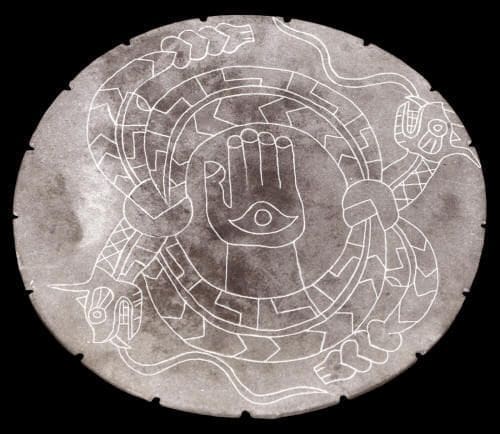
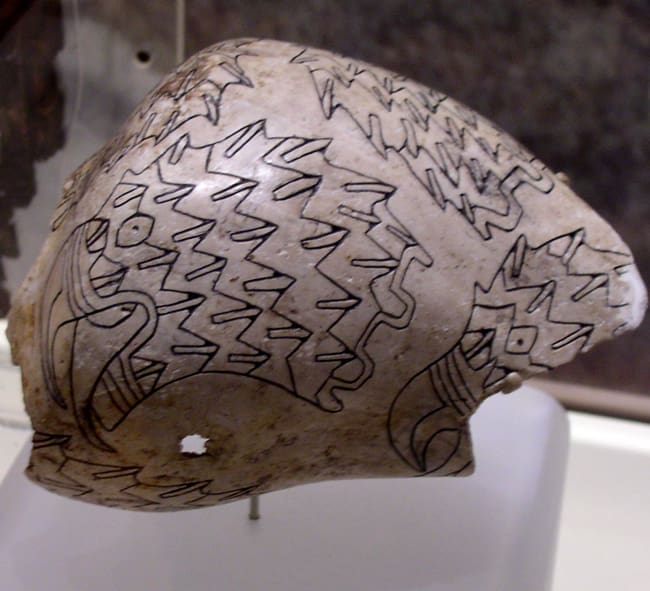
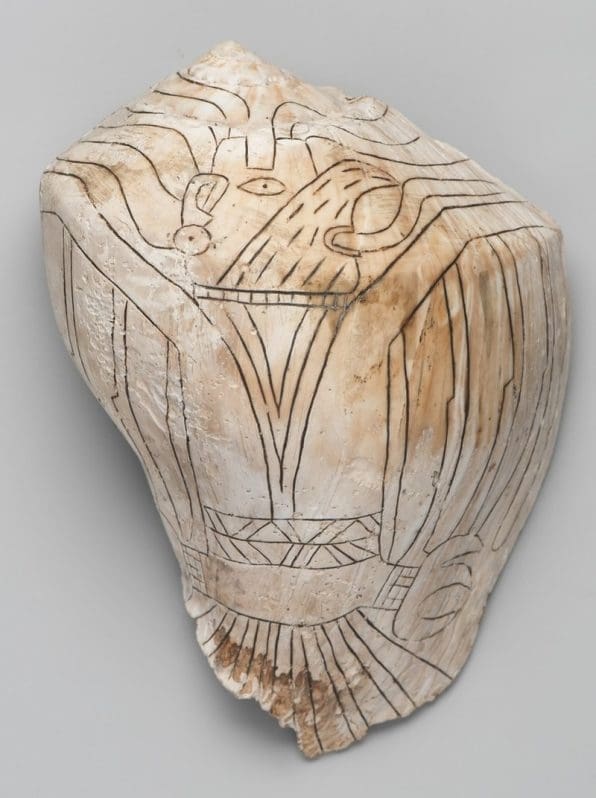
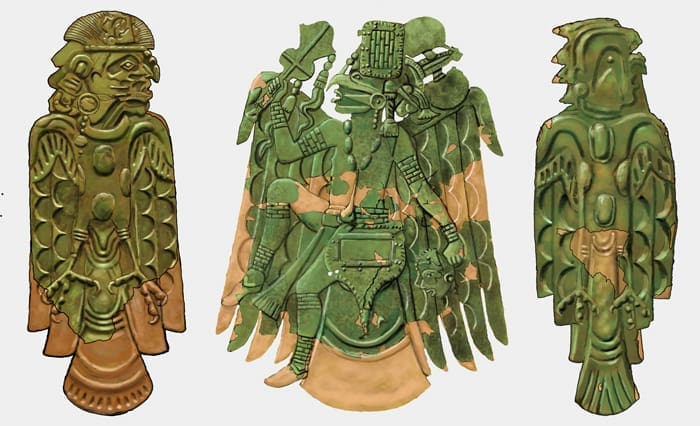
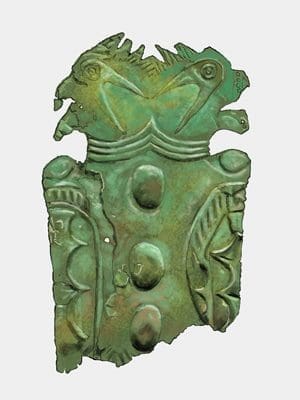
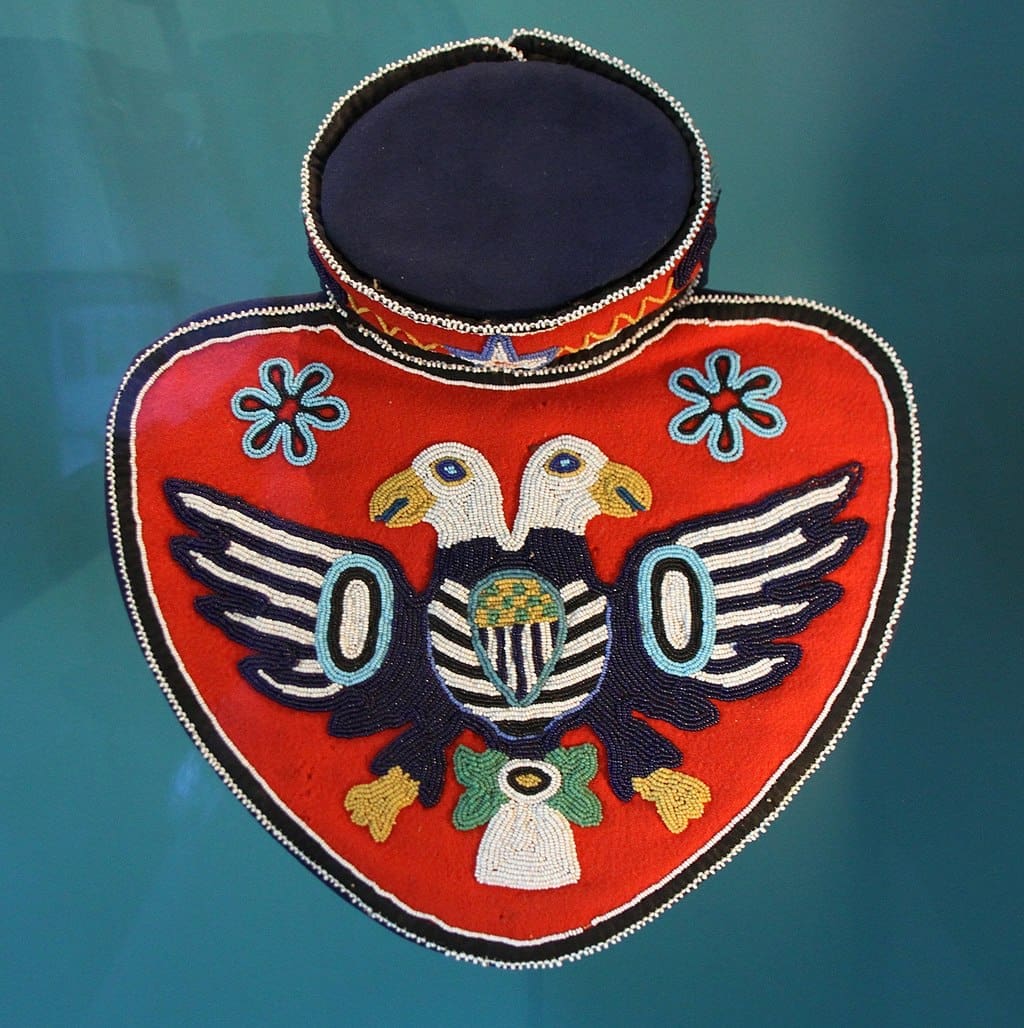
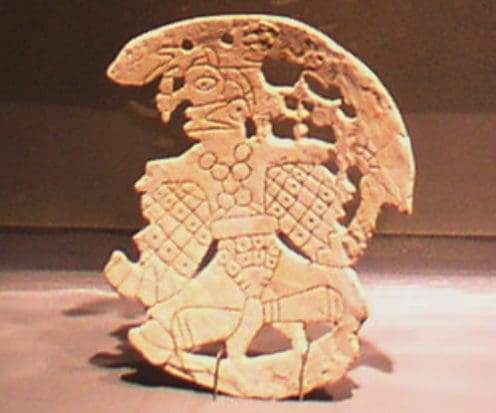
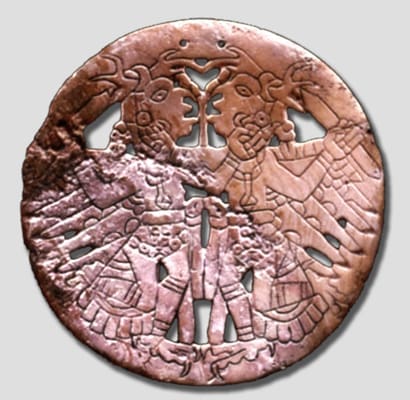
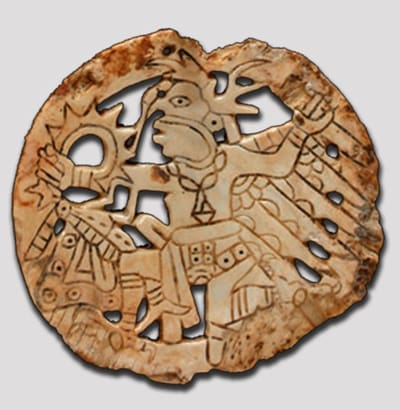
Since we are on the subject of Birdman lets compare the bas-relief from Babylon…


I tried to find one with a beak and one with antlers
Human Sacrifice
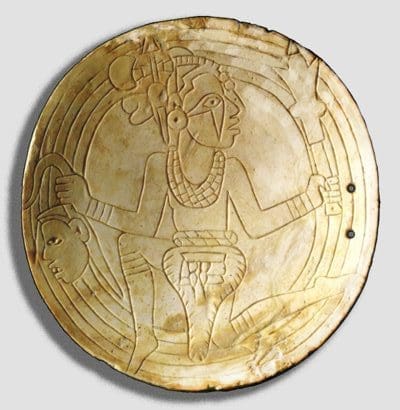
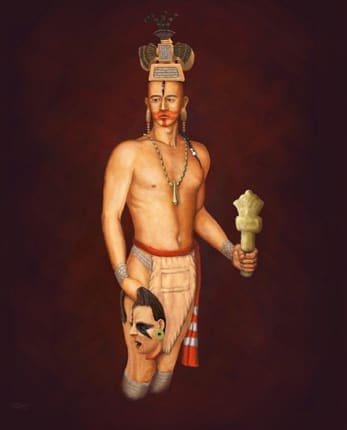

The first armature archaeologist on the site was Frank Phillips.
Early in the site’s history, the location began as a circle of 48 large wooden posts known as a “woodhenge“. The woodhenge was later dismantled and a series of mortuary houses, platform mounds, mass burials and eventually the ridgetop mound erected in its place. The mound was the location of the “beaded burial”, an elaborate burial of an elite personage thought to have been one of the rulers of Cahokia, accompanied by the graves of several hundred retainers and sacrificial victims.
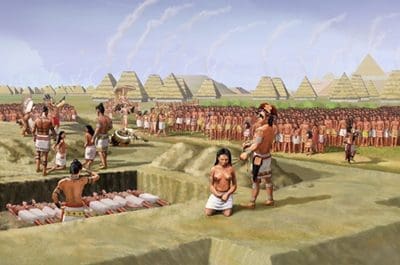
Piasa Bird
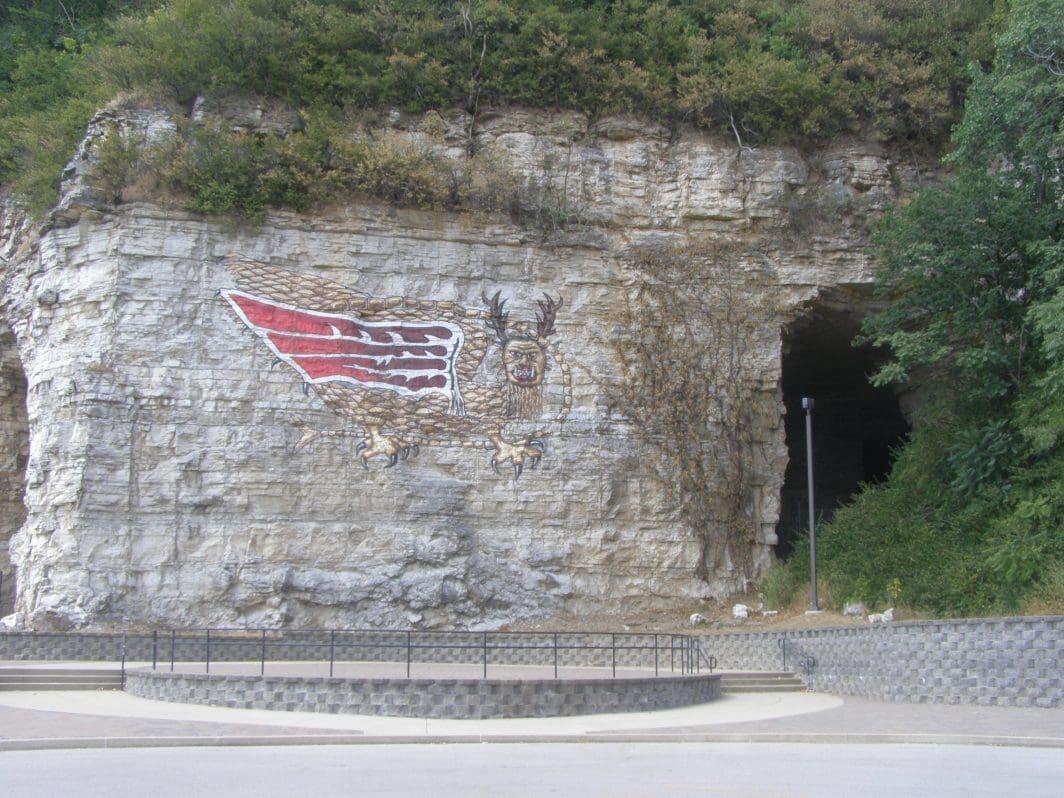
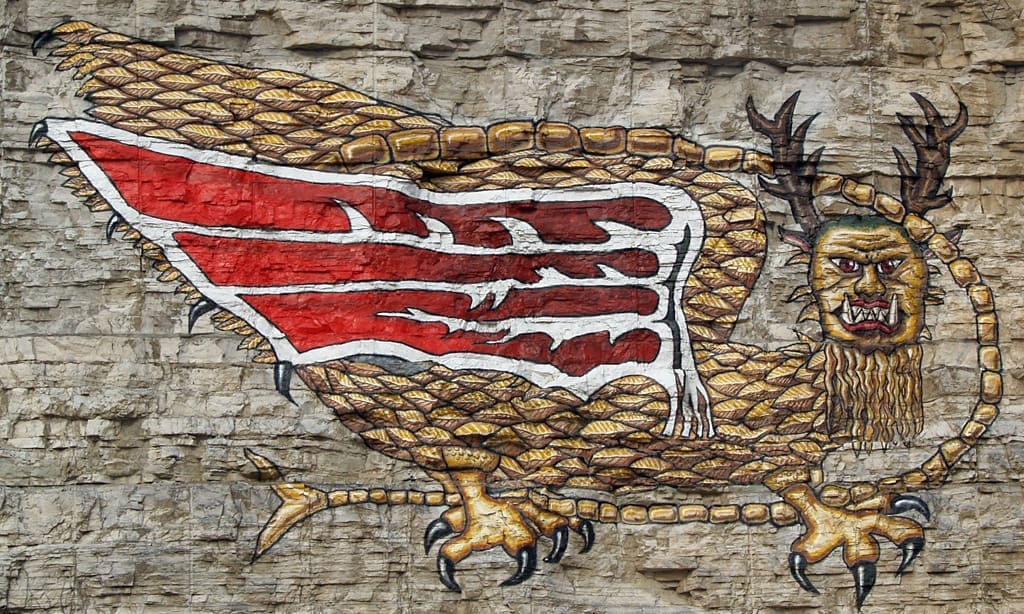
The Winged Lion representation in the Mound-Builder culture. A tourist destination on the Mississippi River near Alton, IL. It is an attempt to combine multiple threads from different cultures, one specifically sticks out is the Underwater Panther, anti-Thunderbird (Phoenix)
The cliff is the location where the State Penitentiary would be built with the quarry dug by convict labor.
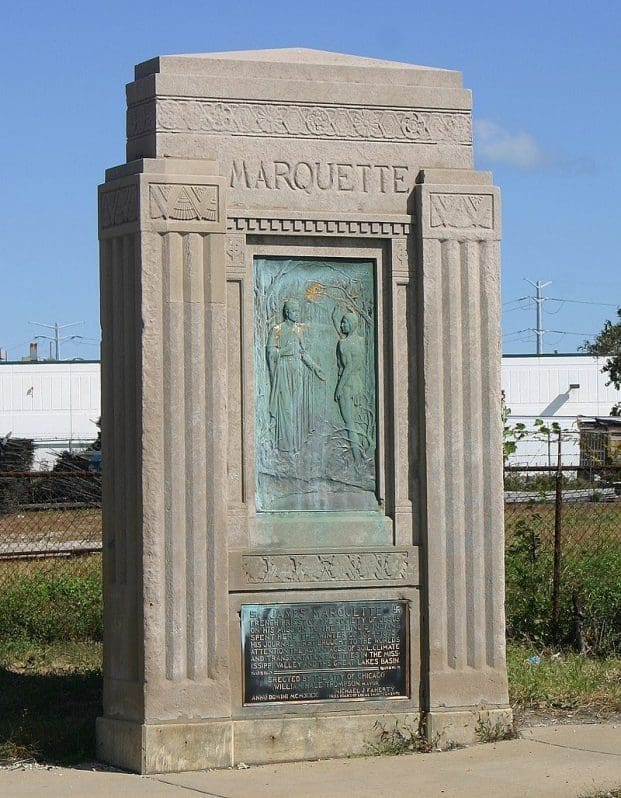
First references go back to the first Jesuit explorer, Marquette (Marx) in 1678 in his journal gives a description but no sketch. His journal is a forgery. The Jesuits are used to establish a thread in the narrative that the missionaries were the first people into an area, that way no matter at what point during the repopulation you are in the Jesuit missions have already been there. The early history of the J-squad is all bullshit.
Furthermore there is a detailed yet vague description in the Jesuit travelogue that does not match todays rendering… No mention of the wings.
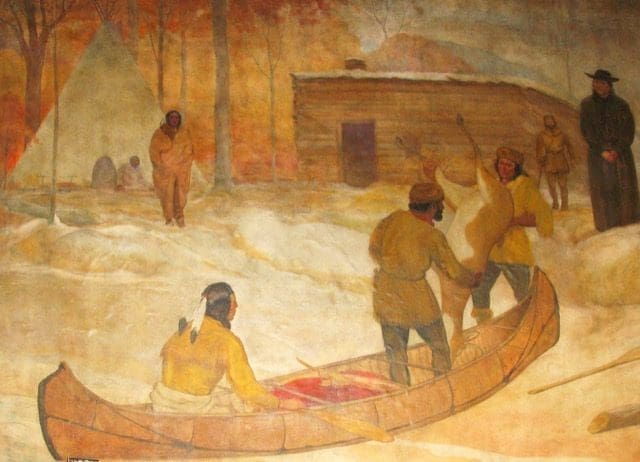
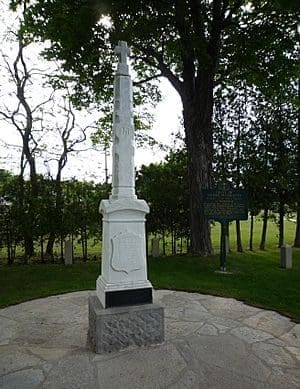

Fast forward to 1836, a Greek and Latin professor, John Russel, at Shurtleff College published a story about an old Indian tradition of the Piasa Bird that lived in the cliffs and the name stems from the local stream. All imagery comes after John Russel.
Interesting to see the Ministry of Truth comments about the creek: “The original Piasa Creek ran through the main ravine in downtown Alton, and was completely covered by huge drainage pipes around 1912.” This is the filling in of the old canal grid.
Russel published his blood-thirsty account in the Evangelical Magazine and Gospel Advocate, a fire-and-brimstone religious rag, a psychological operation.
An Alton Evening Telegraph newspaper article of May 27, 1921, P. 1, Col. 5 stated that seven smaller painted images, carved and painted in rocks, believed to be of archaic American Indian origin, were found in the early 20th century about 1.5 miles upriver from the ancient Piasa creature’s location. These pictures were authenticated in the Levis Bluffs area by George Dickson and William Turk in 1905.
These paintings were photographed by Professor William McAdams and were to be placed in his book Records of Ancient Races in the Mississippi Valley. These seven paintings were lost in transit to the Missouri Historical Society c. 1922. Other Native American carved petroglyphs of a similar time period and region as the Piasa monster are carved into the rocks at Washington State Park in Missouri about 60 miles southwest of the current Piasa image.
McAdams, the author says he contacted John Russell, who admitted the story was fabricated.
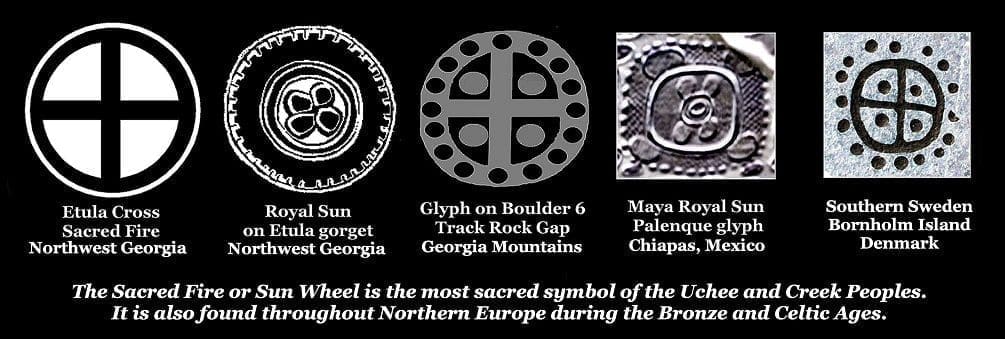
- Check for similarites in Science Digest, 1968, Jose Diaz-Bolio found relief sculpture of Mayan serpent bird at Ruins of Tajin, in Veracruz.
- Jan 6, 1973, Dallas Morning News. Paluxy River footprints 21 inches found with dinosaur tracks.
- December 2, 1930, NYTimes, Sayopa Mexico, mining engineeer Coker found cemetery 8 ft giants stacked in tiers
- Feb 14, 1936, NYTimes, giant found at Boquin, Niceragua
- June 9, 1936 NYTimes, fisherman find giants on South FL island
- May 1990, Frank Poirier at Ohio University published analyst of Chinese ‘Wildman’.
- Underwater Panther research by Dr. Mark J. Wagner, Director, Center for Archaeological Investigations and Professor, Department of Anthropology, Southern Illinois University.
Angel Mound
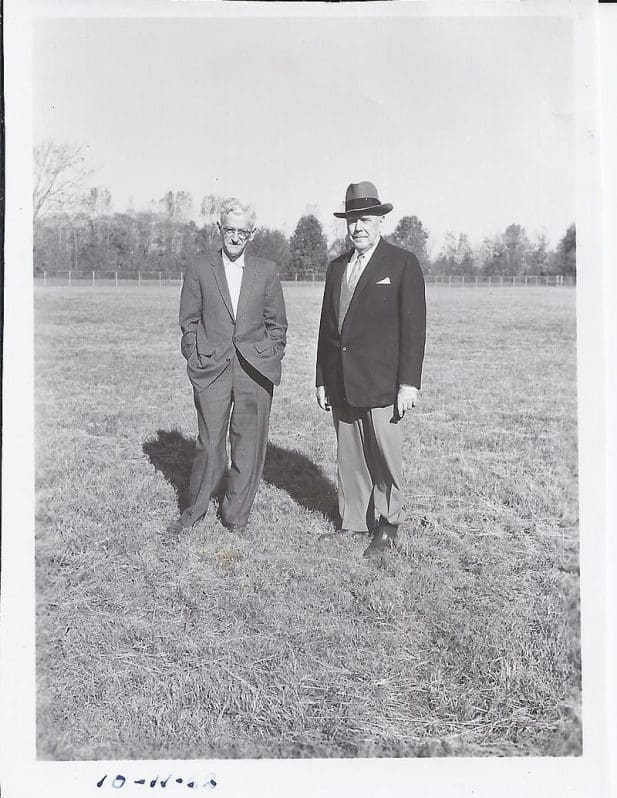
Mathias Angel (1819–1899) was among these settlers. In 1852 he began purchasing farmland that also included the archaeological site. The Angel Mounds Historic Site is named after the Angel family and their descendants.
In May 1931, Warren K. Moorehead, a nationally known archaeologist from Ohio State University and the Peabody Foundation; Eli Lilly, who became president of Eli Lilly and Company in 1932 and served as the president of the Indiana Historical Society from 1932 to 1947; and Glenn A. Black and E. Y. Guernsey, Society employees and archaeologists, visited the Angel site as part of a tour to assess Indiana’s archaeological sites. Black, who served as the Society’s director of archaeology and from 1939 to 1964 supervised excavation and field schools. The mounds were in danger of being destroyed due to construction of a planned levee and real estate development. Eli Lilly in his role as a philanthropist interested in Indiana’s prehistory, provided the funds for the purchase
Initial efforts in 1938–39 focused on surveying and clearing the main archaeological site and an outlying camp. From 1939 to 1942, as a project financed by President Franklin D. Roosevelt’s New Deal, the Works Projects Administration employed more than 250 workers of the Civilian Conservation Corps under the direction of Indiana archaeologist Glenn A. Black to excavate 120,000 square feet (11,000 m2) of the site. These efforts resulted in the recording and processing of 2.3 million archaeological items. Excavation was temporarily halted during World War II, but resumed in 1945 as part of the Indiana University Archaeology Field School during the summer months.
In 1946, the Indiana Historical Society transferred ownership of the property to the State of Indiana, but retained the rights to excavate the site. Black remained on the property as its caretaker. Between 1958 and 1962, two National Science Foundation grants provided financial support to assess geophysical applications at the site, including use of a proton magnetometer to trace segments of the site’s palisade (stockade) walls that were not visible from the surface. This project, which extended the work begun by the University of Oxford’s Research Laboratory for Archaeology and the History of Art, was one of the “first comprehensive tests in the Americas” to assess the instrument’s potential on a New World site.
Glenn Albert Black
August 18, (aces and eights) 1900 –September 2, 1964 was an American archaeologist, author, and university lecturer who was among the first professional archaeologists to study prehistoric sites in Indiana. Black was largely self-taught and began serious work on archaeological sites in the 1930s. the first full-time and the only professional archaeologist in the state until the 1960s.
Black’s major public works include Excavation of the Nowlin Mound; and the two-volume study, Angel Site, which was posthumously published. Black received financial support and encouragement for his work from his friend, Eli Lilly. Wabash College awarded him an honorary Doctor of Science degree in 1951. Black, a founding member of the Society for American Archaeology.
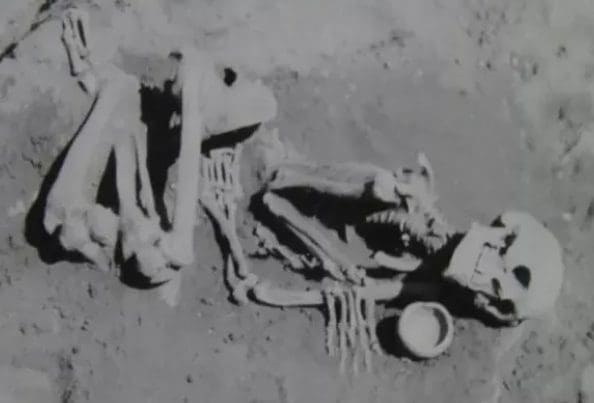
Glenn Albert Black was born on August 18, 1900, to Emma (Kennedy) and John A. Black. Glenn’s father, a wholesale grocery clerk, died in 1912, when Glenn was about twelve years old. By 1926 Black was working as a cost estimating engineer for Fairbanks, Morse and Company, an industrial scales manufacturer. During his free time, he studied archaeology and the prehistory of Indiana as a hobby. Black visited prehistoric sites around Indiana before volunteering in November 1930 to assist the Indiana Historical Society with archaeological surveys. His only formal professional training in archaeology was with Henry C. Shetrone in Columbus, Ohio, at the Ohio State Museum, where he worked from October 1931 to May 1932.
Black also operated a field training for student archaeologists at Angel Mounds. Black and Ida May Hazzard married. Black launched his career as a professional archeologist after volunteering in 1927 at Albee Mound in Sullivan County, Indiana. (Albee Mound was the first professional archaeological excavation in Indiana.) Black also worked on the Whitewater Valley archaeological survey in Indiana in the late 1920s. Both projects were led by Christopher B. Coleman, director of the Indiana Historical Commission (which later became the Indiana Historical Bureau), and J. Arthur MacLean, director of the John Herron Art Institute, and sponsored by the Indiana Historical Society. Through these projects, Black met and befriended Eli Lilly, who became president of Eli Lilly and Company in 1932. Lilly shared Black’s interest in Indiana prehistory and financially supported and encouraged Black’s archaeological career. Lilly paid for Black’s studies in Ohio and initially funded Black’s archaeological work in Indiana with his own funds, including Black’s salary during his early years at the Indiana Historical Society.
Lilly was an industrialist, probs friend with his father, the simple dry goods retailer, think Macy’s
In May 1931, the Indiana Historical Society hired Black to serve as a local guide and driver to Warren K. Moorehead, a nationally known archaeologist from Ohio State University and the Peabody Foundation who helped create archaeological programs for the study of the eastern part of the United States; Eli Lilly, who served as the president of the Indiana Historical Society from 1932 to 1947; and E. Y. Guernsey, who did archaeological work for Indiana Historical Society. Black, Lilly, and Paul Weer (one of Lilly’s friends), developed a multidisciplinary research program for Indiana in the 1930s. In order to conduct research, Black became proficient in several areas: surveying, cartography, drafting, photography, and geophysics. He also used new technologies and worked with scientists from other fields.
Black traveled the state investigating and reporting on archaeological sites. In the fall of 1931, Moorehead recommended sending Black to Greene County, Indiana, to begin surveys in the area. In October 1931, Black went to Columbus, Ohio, to study the collections at the Ohio State Museum and to receiver further training in field excavations. Black returned to Green County in 1932 to conduct excavations in conjunction with the Indiana Historical Bureau
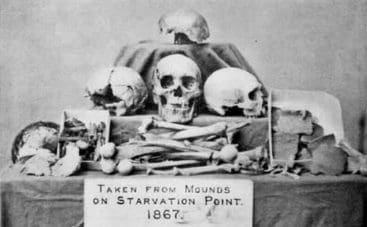
“Excavation of the Nowlin Mound1934-1935,” written with James Bennett Griffin and Frederick R. Matson Jr., provided a well-documented description of the mound structure. The project also “served as the model for all subsequent excavations on like contexts.” The Nowlin Mound report included a history of the mound and details of excavation, including a description of its construction and artifacts. According to James H. Keller, who was Black’s biographer, “Probably no more precise description of mound structure is in print than that contained in the Nowlin Mound report.
In the 1930s, Black participated in a controversial multidisciplinary investigation of the Walam Olum, a disputed account of the creation of the Delaware (Lenape) tribe. His analysis of archaeological data supported the assertion that the Delaware might have been the prehistoric group responsible for the Hopewell culture in the Ohio River valley. To support his claim, Black used early historic documents and maps from the Midwest and the East, much of it unpublished, and without any knowledge of radiocarbon dating for the archaeological sites. James B. Griffin, who reviewed the book in the Indiana Magazine of History, did not believe the archaeological evidence supported the Walam Olum’s migration account. Although Griffin remained skeptical of Black’s suggestion that there were similarities between the historic Delaware tribe and prehistoric mound builders of the Ohio, Griffin respected the evidence that Black presented to show the connections between the groups. In 1944, Black was appointed a lecturer in archaeology at Indiana University’s Department of Zoology (where the school’s archaeology studies first resided. Zoology is a code for eugenics)
The team’s investigations of the Walum Olum were rejected by other professionals at the time. Historians now consider the Walum Olum to be a hoax to support his assertion that North America’s natives had European origins. Because of the controversies and criticisms surrounding the research team’s conclusions, Black ended all subsequent investigations on the Walum Olum, but he continued with other ethnological research.
In 1934, Black became a founding member of the Society for American Archaeology and served as the organization’s vice president, council member, president, and treasurer. He also became a member of the Indiana Academy of Science in 1932 and served as chairman of its archaeology division. In addition, he served on the National Research Council. All these fractal groups do is create confusion over who has jurisdiction over what and blah blah blah. Compartmentalization. They are all the same entity.
The Indiana Historical Society transferred its excavation rights at Angel Mounds to Indiana University in 1965; the Indiana State Museum and Historic Sites is the present-day manager of the site.
Philadelphia
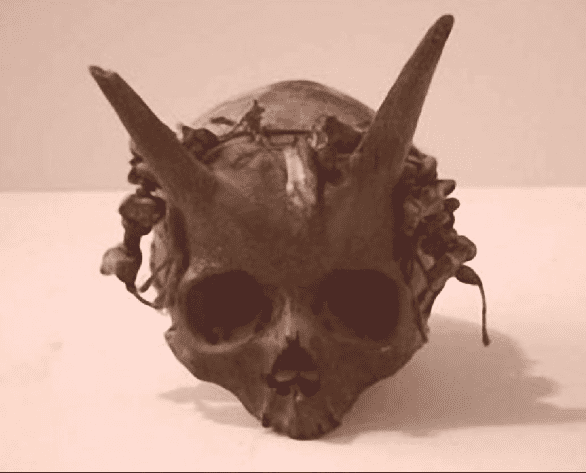

THE HORNED SKULL OF SAYRE, PENNSYLVANIA
CHARLESTON DAILY MAIL, SEPTEMBER. 20, 1916
Sayre is a borough in Bradford County, Pennsylvania, fifty-nine miles northwest of Scranton. The exact year is not clear, but during the 1880s a large burial mound was discovered in Sayre. It was reported that a group of Americans uncovered several strange human skulls and bones. The skeletons belonged to anatomically normal men with the exception of bony projections located about two inches above the eyebrows. It appeared that the skulls had horns. The bones were characterized as giant, as they were representative of people over seven feet tall. Scientists estimated that the bodies had been buried around 1200 CE. The archeological discovery was made by a reputable group of antiquarians, including Dr. G. P. Donehoo, the Pennsylvania state dignitary of the Presbyterian Church; A. B. Skinner, of the American Investigating Museum; and W. K. Morehead, of Phillips Academy, Andover, Massachusetts. the Sayre “Horned Giant” bones were sent to the American Investigating Museum in Philadelphia. The artifacts were later reported missin
This was not the first time that gigantic horned skulls were unearthed in North America. During the nineteenth century, similar skulls were discovered near Wellsville, New York, and in a mining village close to El Paso, Texas. At one time in history, human horns were used as signs of kingship. Alexander the Great was depicted with horns on some of his coins. In Moses’s time, horns were a symbol of authority and power. Apparent pictures of the skulls do exist, but many people claim the discovery to be a hoax. Conversely, many websites suggest that the objects are of extraterrestrial origin.
Human skulls with horns were discovered in a burial mound at Sayre, Bradford County, Pennsylvania, in the 1880’s. Horny projections extended two inches above the eye-brows, and the skeletons were seven feet tall, but other than that were anatomically normal. It was estimated that the bodies had been buried around A.D. 1200. The find was made by a reputable group of antiquarians, including the Pennsylvania state historian and dignitary of the Presbyterian Church (Dr. G.P. Donehoo) and two professors, A.B. Skinner, of the American Investigating Museum, and W.K.Morehead, of Phillips Academy, Andover, Massachusetts. The bones were sent to the American Investigating Museum in Philadelphia, where they were later claimed to have been stolen and have never been seen again
Pursuit, 6:69-70, July 1973 Mysteries of the Unexplained, p. 39 1992
Textile Excavated
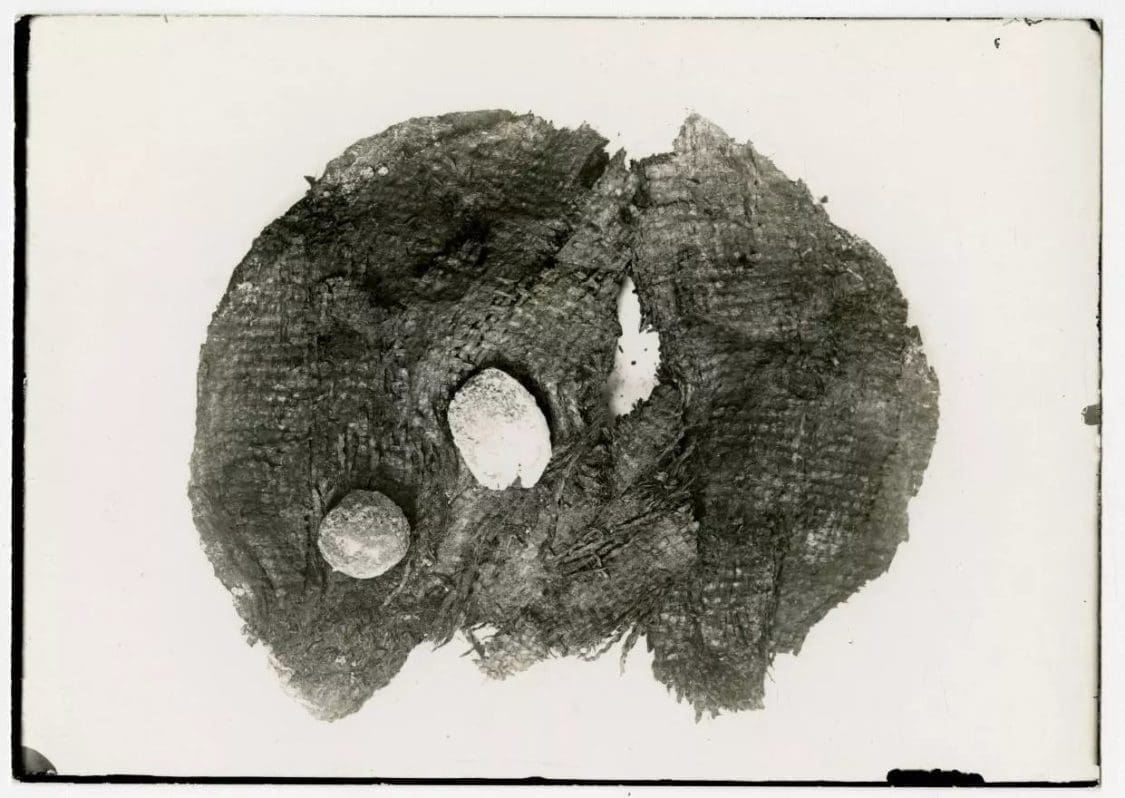
It was found in Mound 8, burial 1 at Mound City by Mills and Shetrone during their 1920-21 excavations. Unfortunately, they did not record its exact context, likely out of disinterest – an attitude typical for early Hopewell archaeologists who ignored all textiles except colored ones.
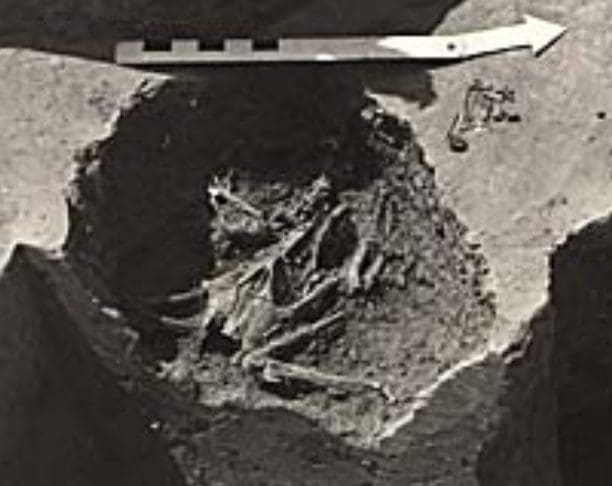
When Mound 8 was re-investigated in 1975 using more modern – and cautious – excavation techniques, it was found that the burials, basins and deposits found in Mound 8 had once been housed inside a single-post wooden building. In fact, Mound 8 covers the remains of two different wooden buildings. The earlier of the two buildings was rectangular and had been dismantled at some point. Afterwards, a new floor was laid atop it and a second circular or oval building was constructed above that. It was the floor of this later building, and its associated features, that Squier and Davis and Mills and Shetrone encountered in the 1840s and 1920s respectively. It was Raymond Baby who exposed the floor of the earlier rectangular building in 1975. Cross-dating the artifacts found in Mound 8 suggests they were deposited as part of some of the earliest ritual activity at Mound City.
HOCU 4048 was not a part of this astonishing cache but from near a burial at the northwest corner of the mound’s center. The cremains of an individual had been placed in a slight depression on the mound floor, and buried with 16 copper artifacts including breastplates, earspools and pendants. All of these had been crushed and folder over, perhaps to “kill” these sacred objects and release their spiritual essence.

Ocmulgee National Historical Park
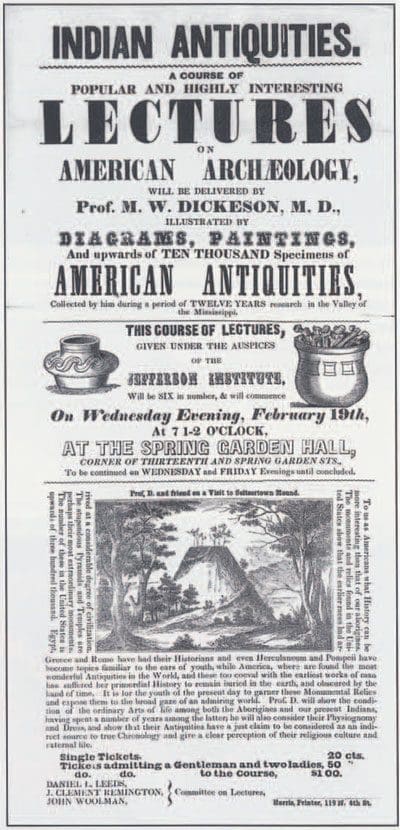
The largest dig ever conducted in this country occurred here at Ocmulgee and the surrounding area. Between 1933 and 1936, over 800 men in Roosevelt’s Works Progress Administration (WPA), Civil Works Administration (CWA), Federal Emergency Relief Administration (ERA & FERA), and later the Civilian Conservation Corps (CCC) excavated under the direction of Dr. Arthur R. Kelly from the Smithsonian Institute. Kelly was the only archaeologist at the Ocmulgee camp and conducted evening training courses for the men. Hundreds of thousands of artifacts were discovered including pottery, pottery shards, metals, arrowheads, spear points, stone tools, pipes, bells, jewelry, seeds, bones, etc. The Camp developed rapidly with over 200 unemployed youth ages 17 –23 years old living in four army-style barracks. The CCC was administered through the War Department, and the enrollees wore army-style uniforms and maintained their Camp in military fashion with somewhat less emphasis on discipline than the regular army.
Major construction projects included building their own camp, restoring the 1,000-year-old Mississippian Era Earth Lodge, beginning work on a 40,000 square foot museum and administration facility, constructing and paving two miles of roads including culverts and curbing, building parking lots, and preparing trails including a bridge. Additional laborious details at the detached Lamar Site (two miles south of the main site and including two large mounds) involved levee construction along with clean-up after the excavations. The clean-up, or rehabilitation effort, included the work of refilling excavation ditches. Concrete was hauled in wheelbarrows, logs were moved by human power, and even stone-quarried without modern equipment. At the Earth Lodge, enrollees puddled clay in large pits, mixed in straw, and then applied the mixture to the inner concrete wall to simulate the Mississippian architecture. The public was admitted to this historic structure on November 1, 1937 after the CCC completed the steel walkway and installed electric lights. A wooden fence was installed around much of the park. At the entrance, a building resembling the design of old Fort Hawkins (1806) was added for the CCC visitor guides. Work continued on the large protective shelter over the Funeral Mound.
The extensive excavations on the North Plateau began with work on the Cornfield Mound in December 1933. A lattice of trenches was used to get a overall picture of the area. Where features, such as the palisade ditches or the Terrace House (above) were found, more trenches and larger areas were opened up. A series of parallel trenches was dug in the southwest area where a village was found.
The Earthlodge was discovered in February 1934 and soon planning began to reconstruct it. The reconstruction was opened to the public in November 1937.

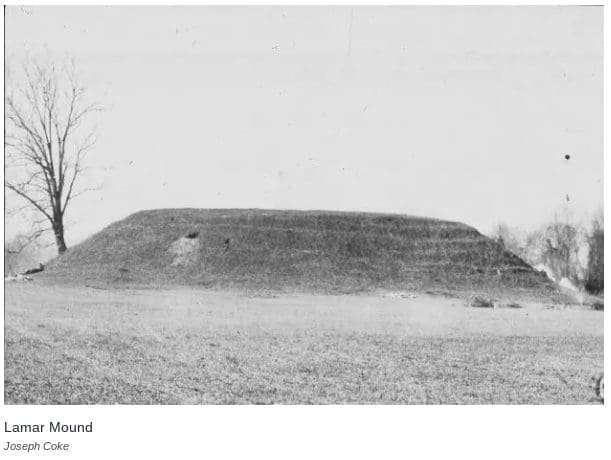
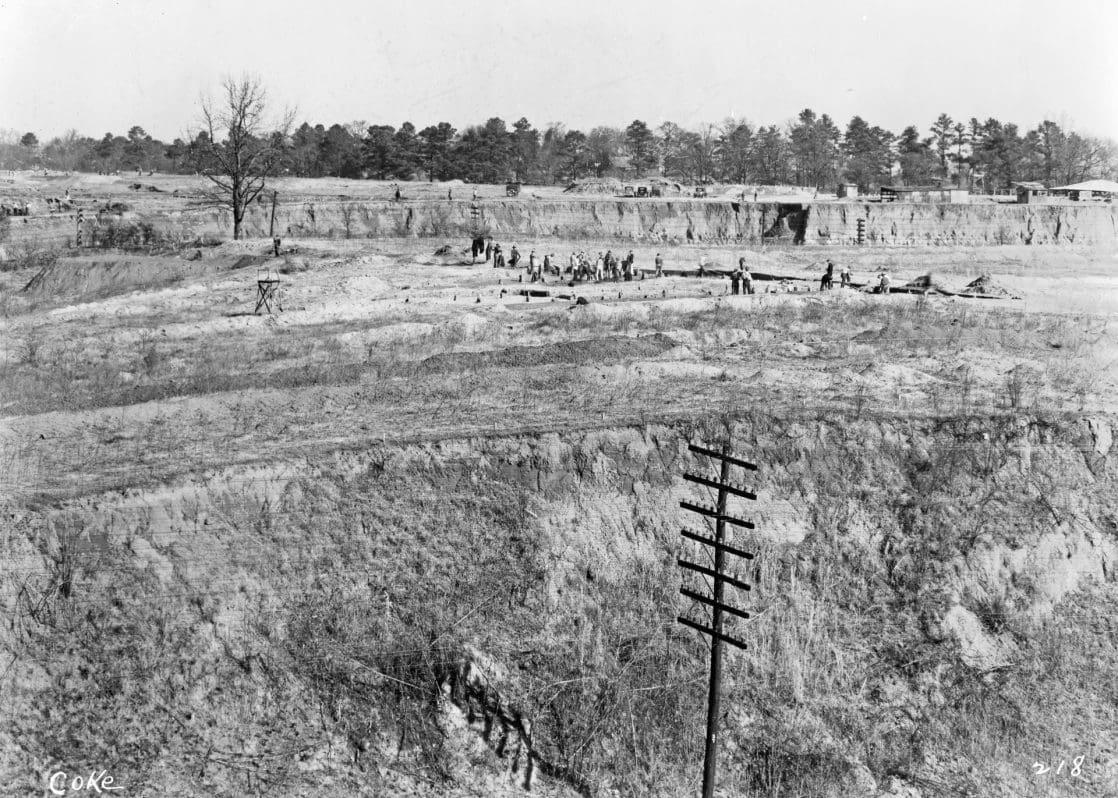
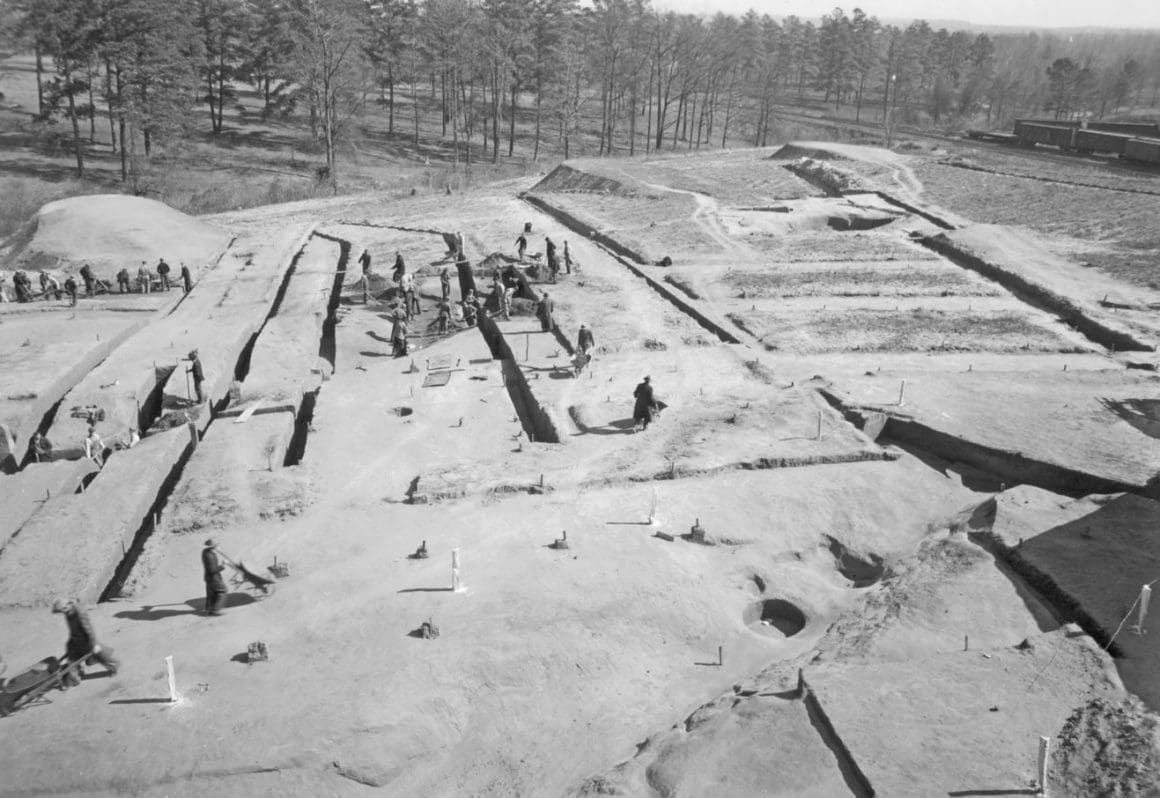

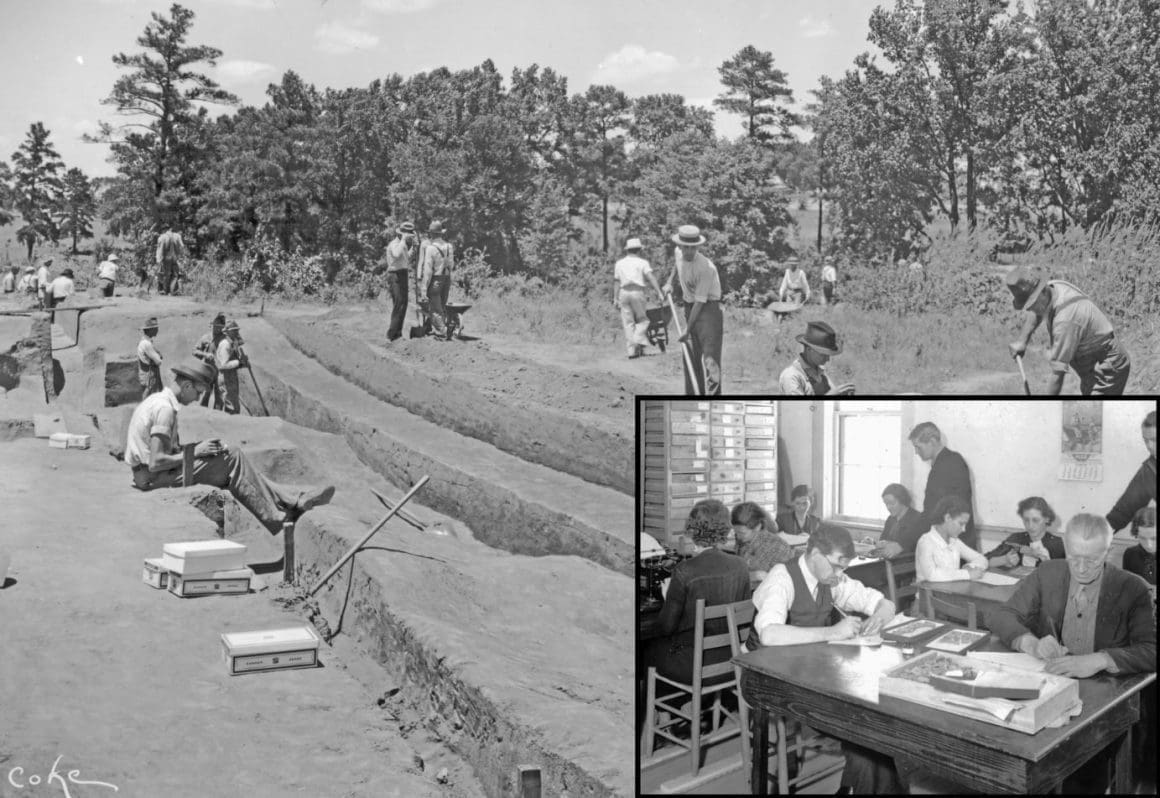


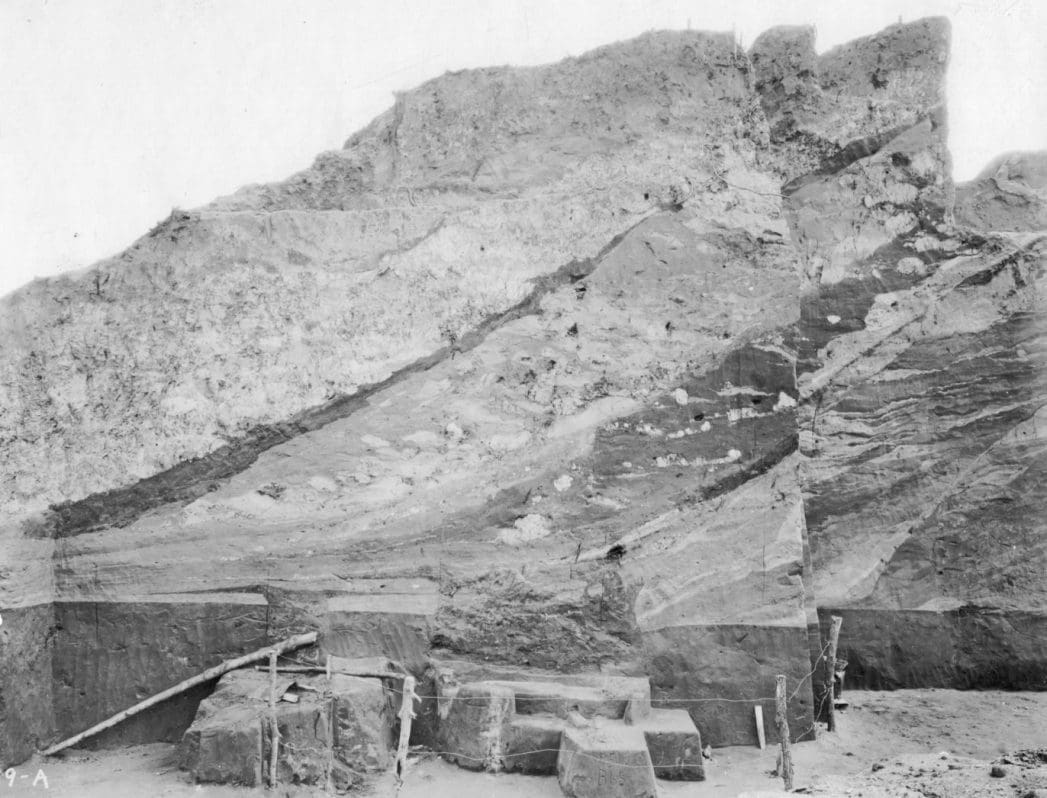
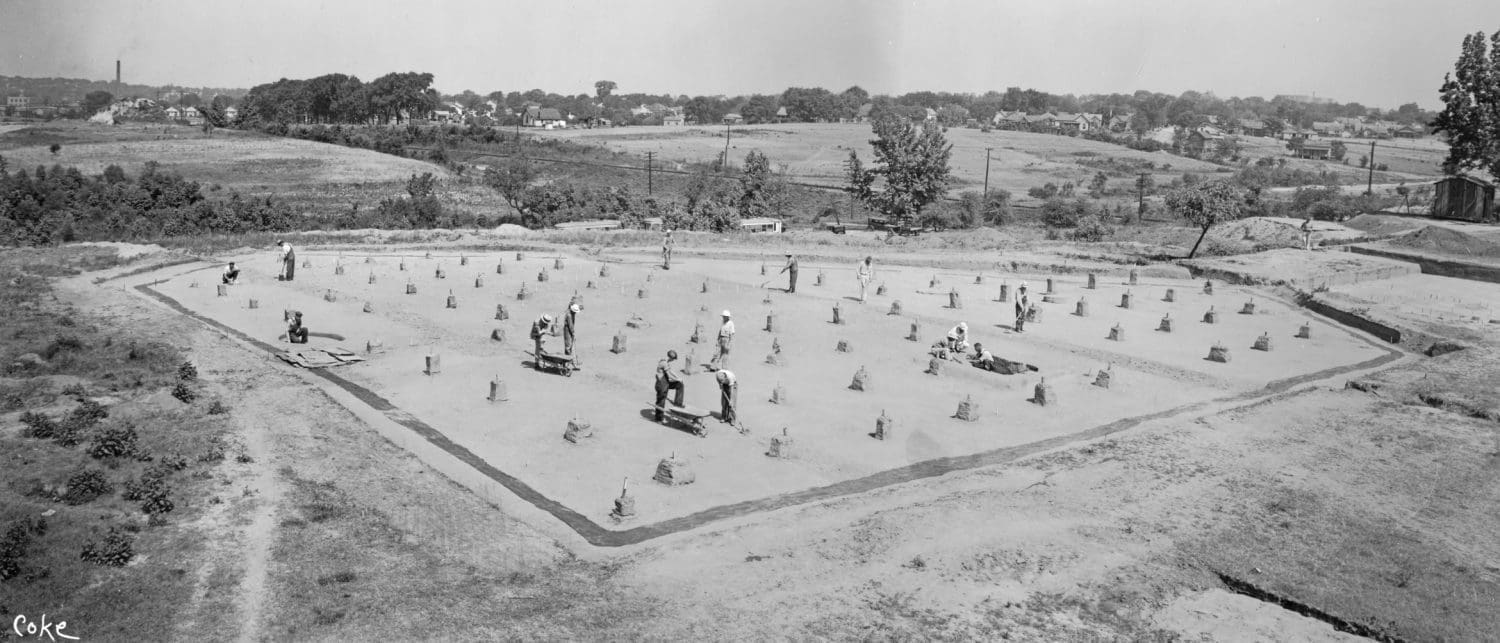
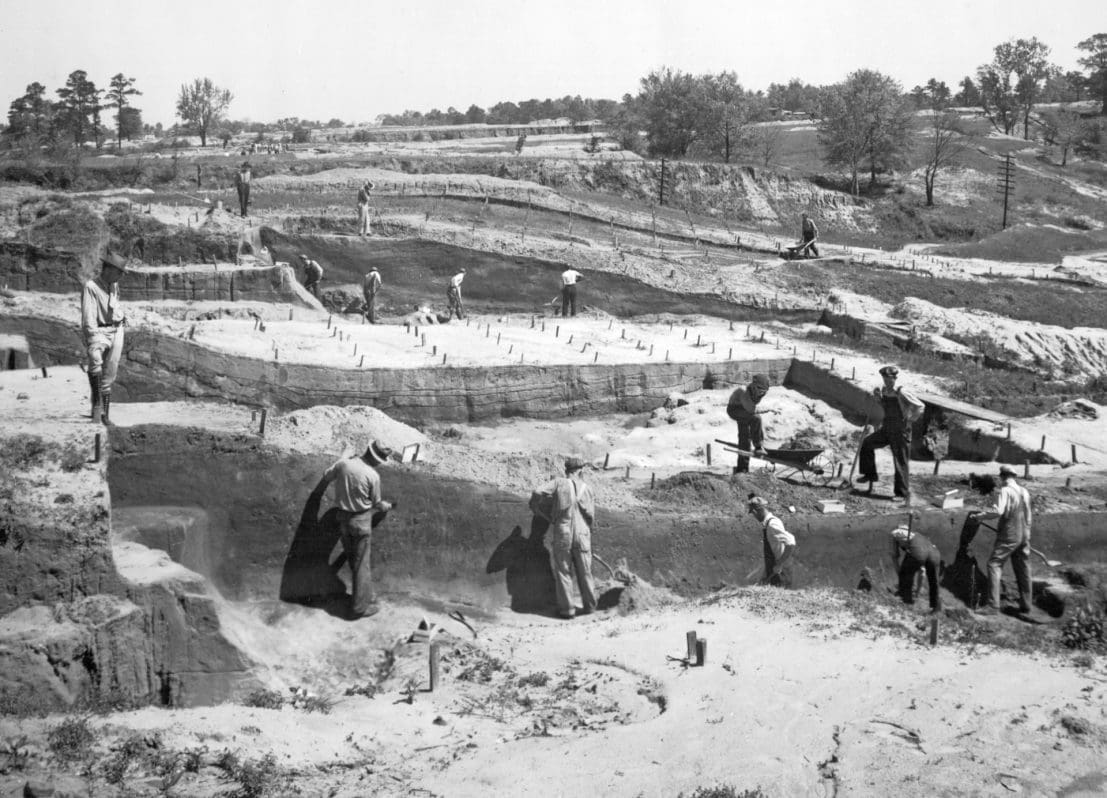

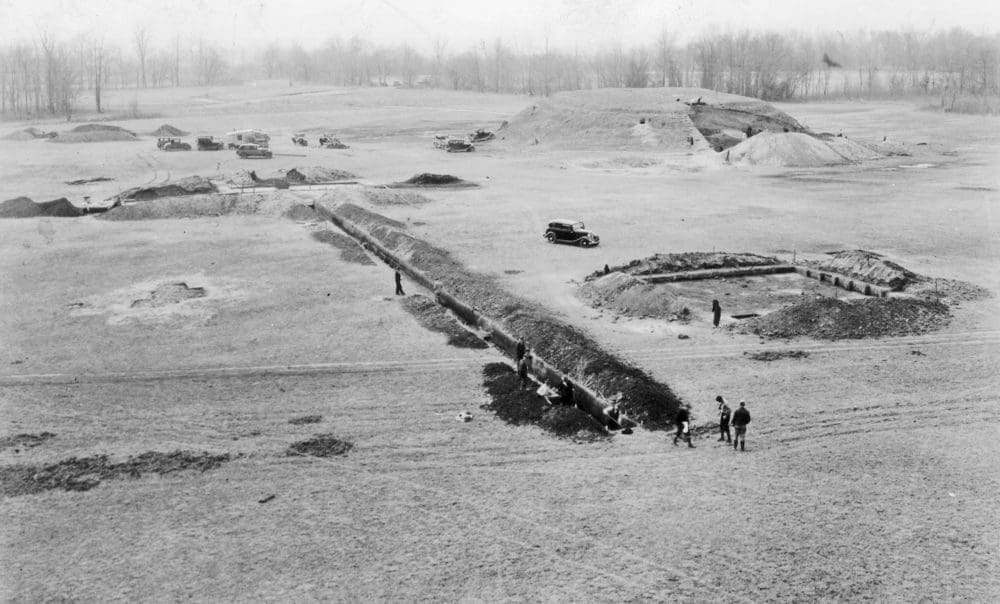

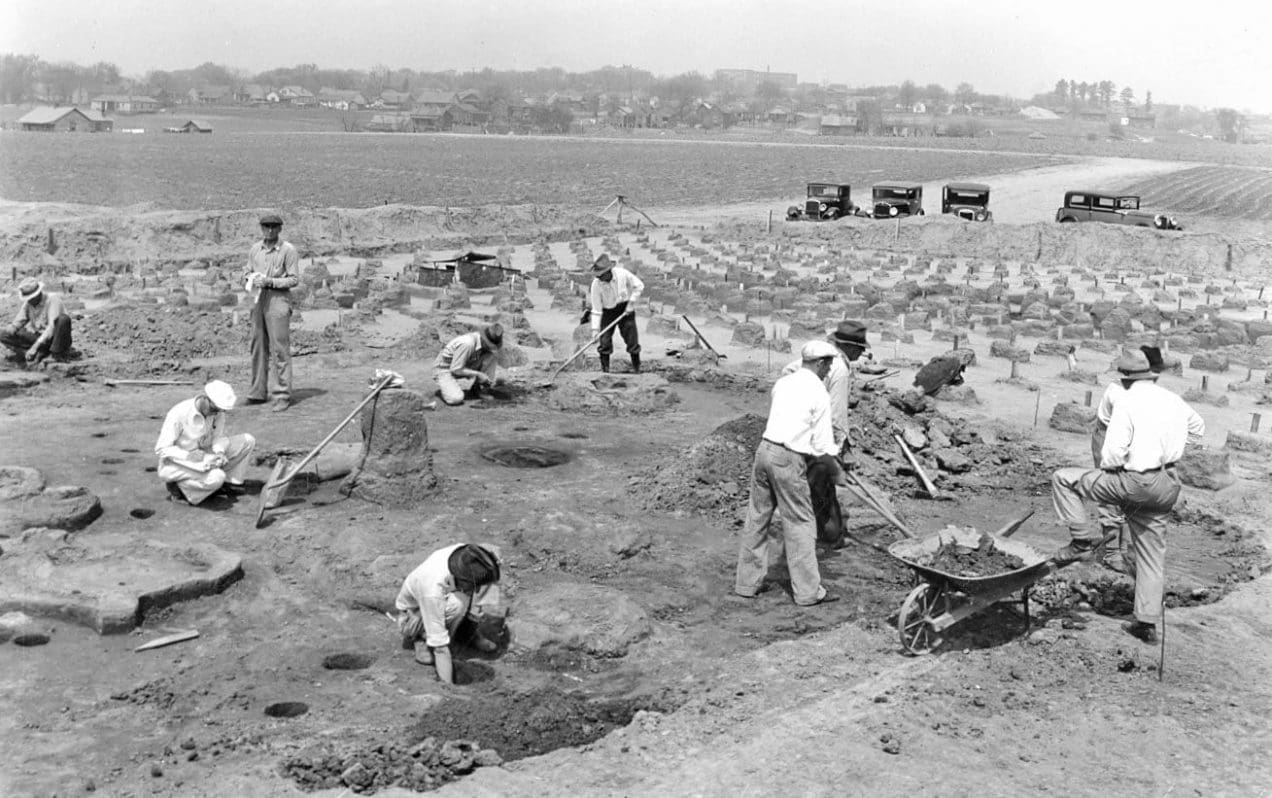
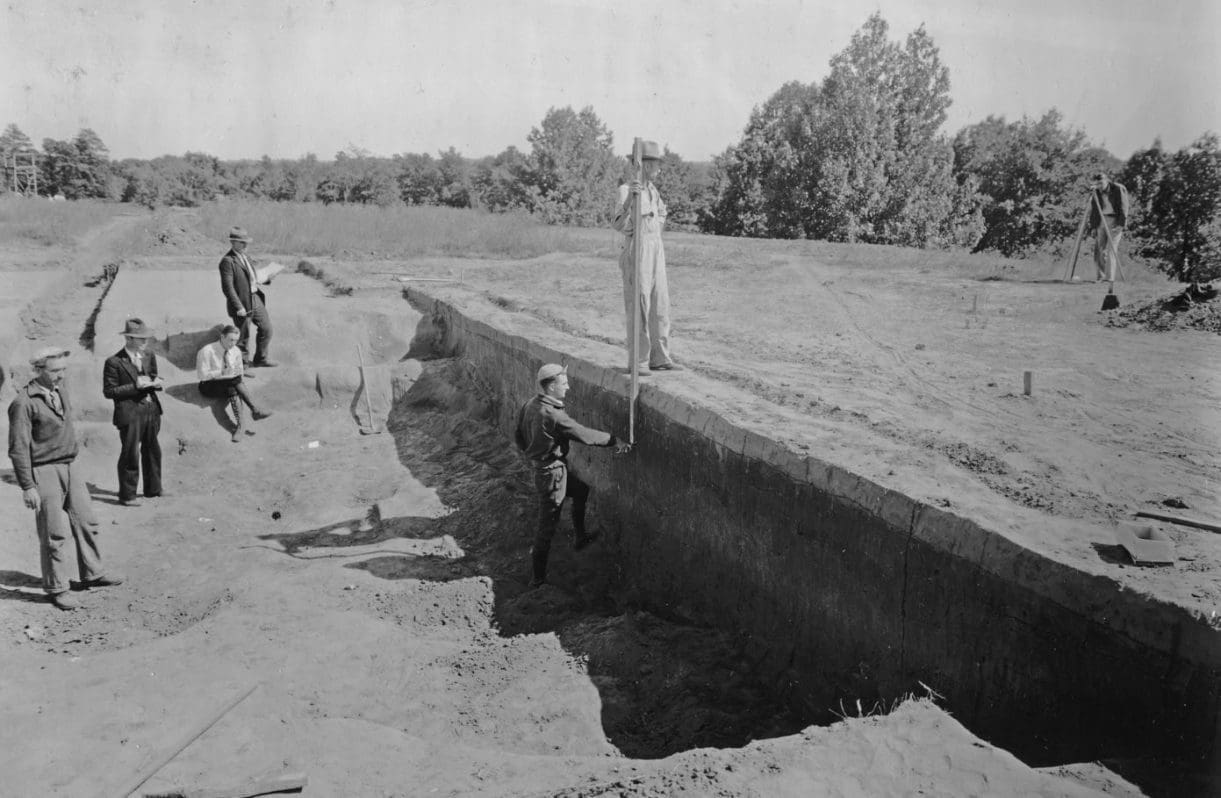
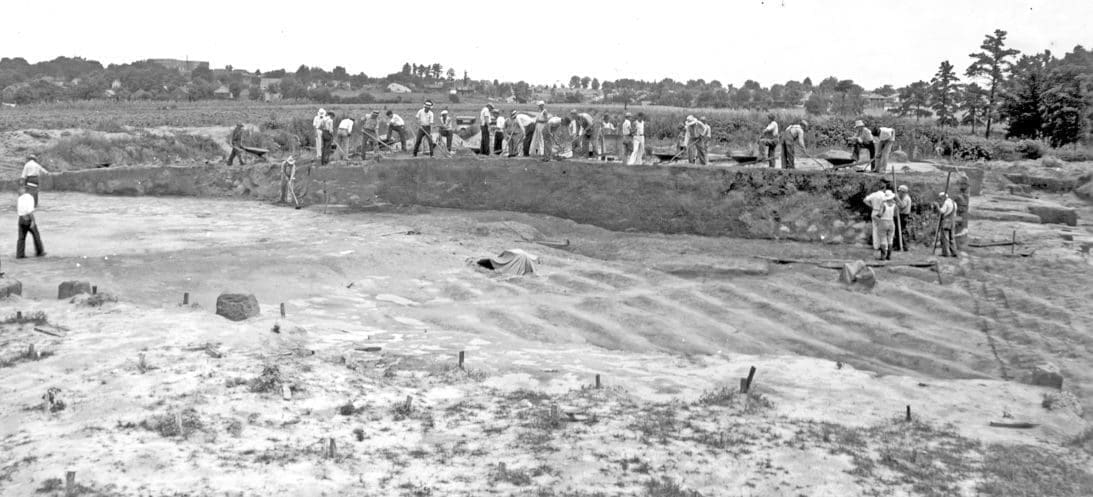
There Be Giants Here
Catalina Island
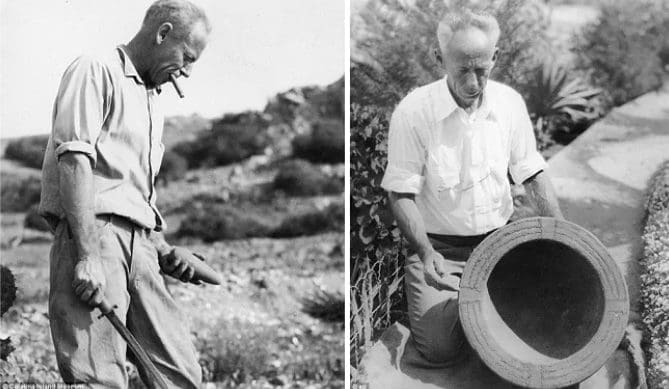
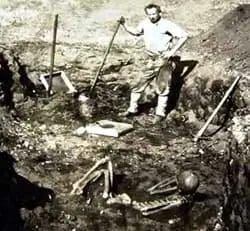

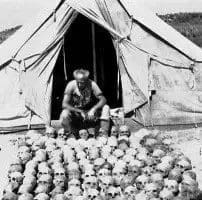
Ralph Gliddeon of Catalina Island claimed to have found the bones of 7000 people. The largest being over 9 ft tall. He became a supply house for museums and opened one up on the island. Eventually Wrigley from Chicago, as in Wrigley field, intervented and stopped the distribution.
They appeared in various publications like Popular Science, The New York Times, and The Boston Globe—giving a false sense of validation to his work. About the same time that Glidden was beginning to garner a bit of recognition, British archeologist and Egyptologist named Howard Carter became a worldwide celebrity for discovering the intact tomb of King Tut in 1922.
The mounds were just the warmup act
Field Museum Archaeological Expedition
Chicago is a Spook central command, the Field museum (no pun intended) was beget of the World Fair in 1893. The World Fair connection is significant bc this is where all the fake relics are put on display and inserted into the common collective history… Its where His-story becomes a fact.
The Field Museum traveled to locations all over the world collecting items for exhibits. The first Prez was an E.E. Ayer, a hidden hand bloodline peppered all around this website. The EE is a 33 number drop, the ‘A’ makes it a trip three drop.
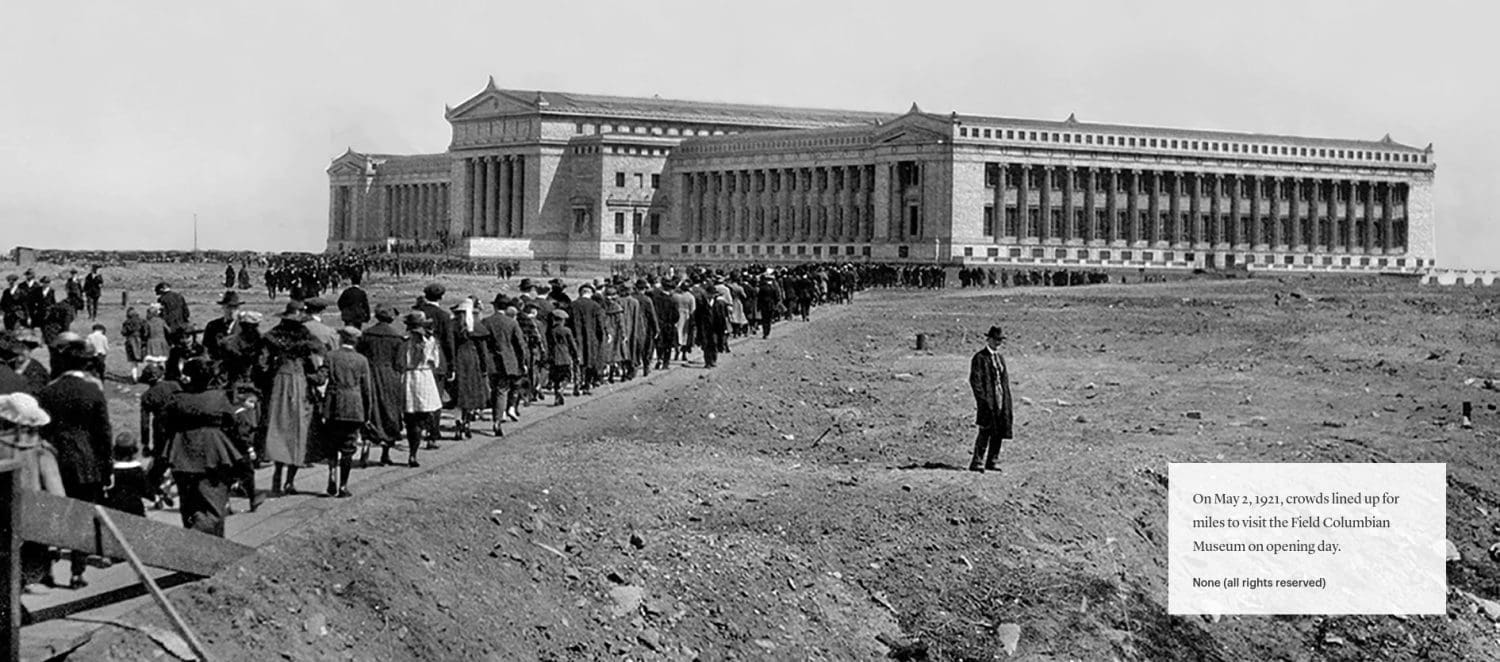
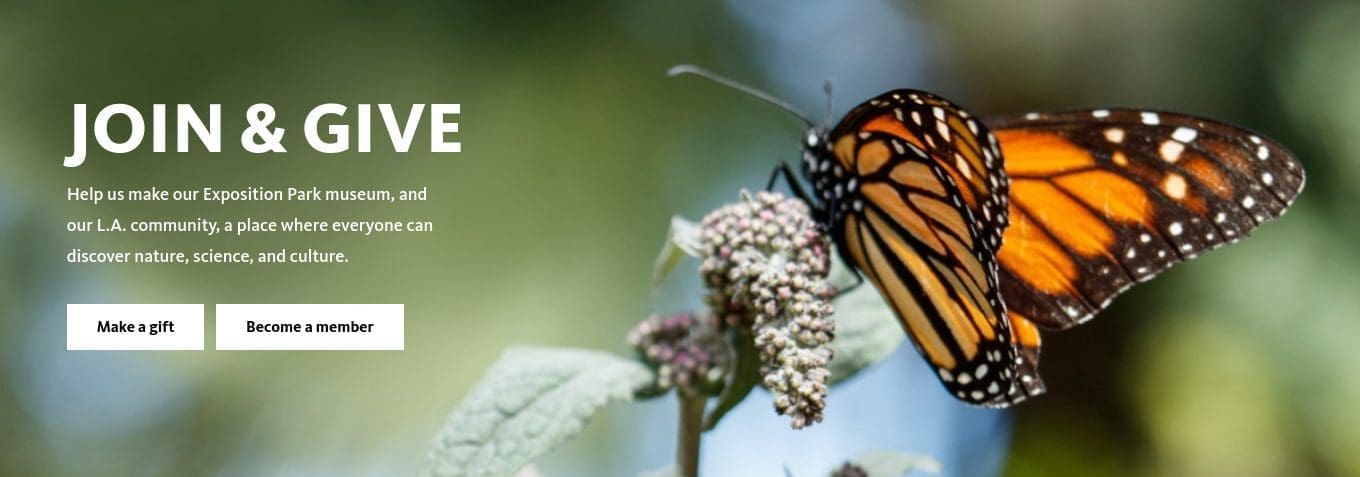
Cemeteries and Mounds
One of the things I noticed was all the cemeteries on the mounds. There is a symbolic meaning here. Here’s around 20 without even trying. One is Wright-Patterson, of the military base. Wrights are a NWO big-wig family, like the Wright brothers airplane. Another is a National Cemetery, another biggie. Most, if not all feature an obelisk on the grounds which is the real symbolism.

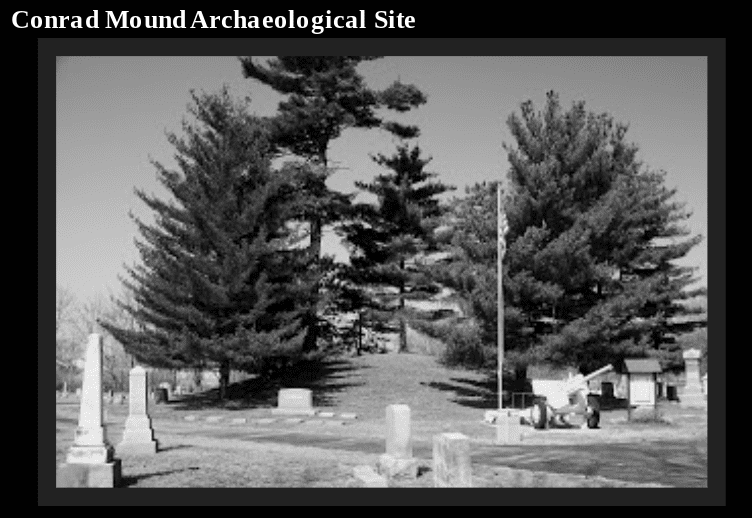
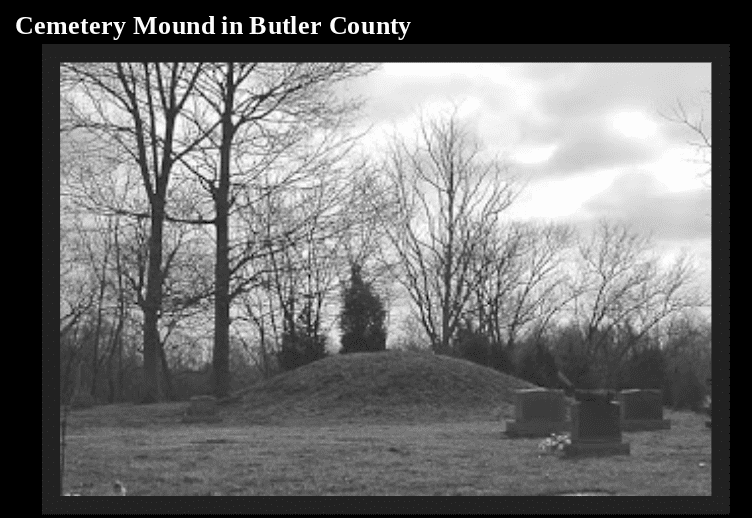

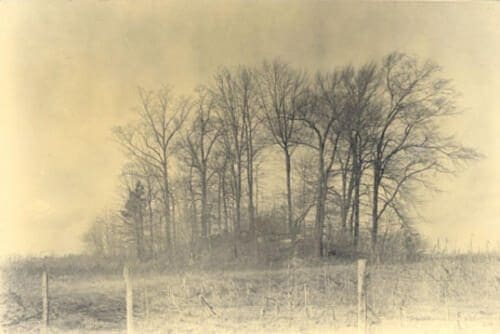
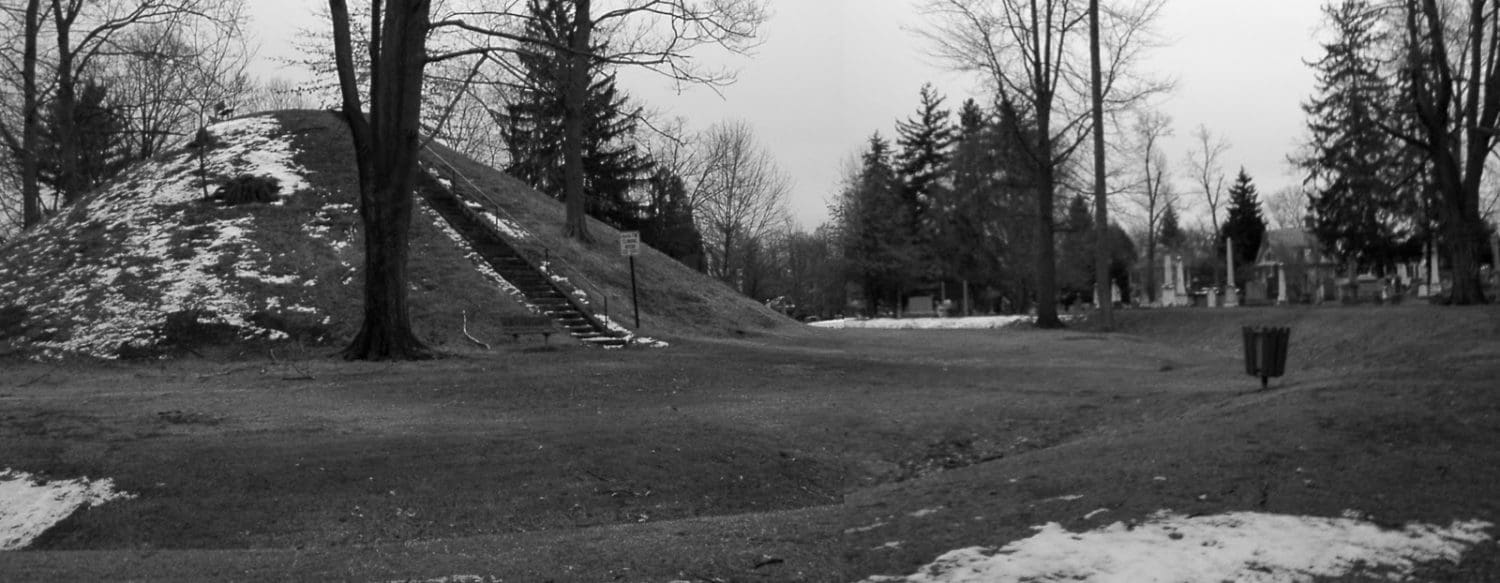
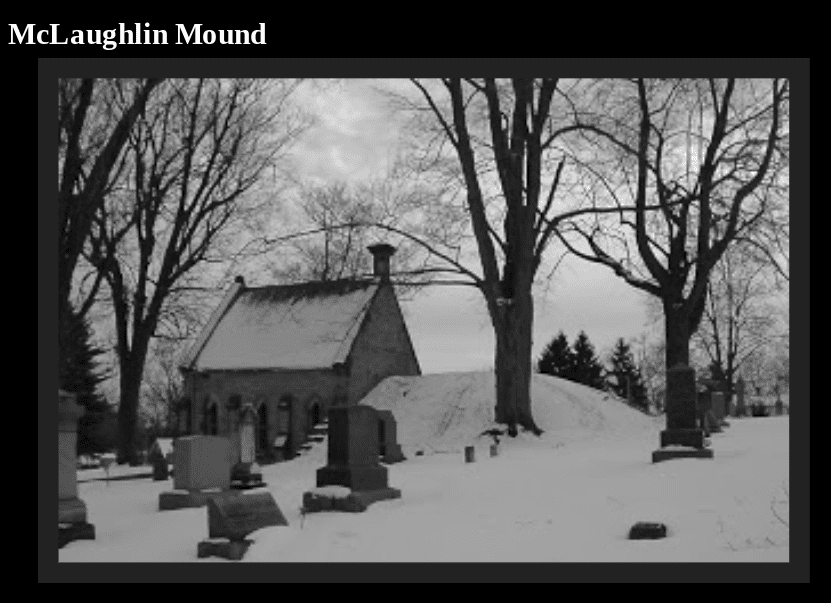
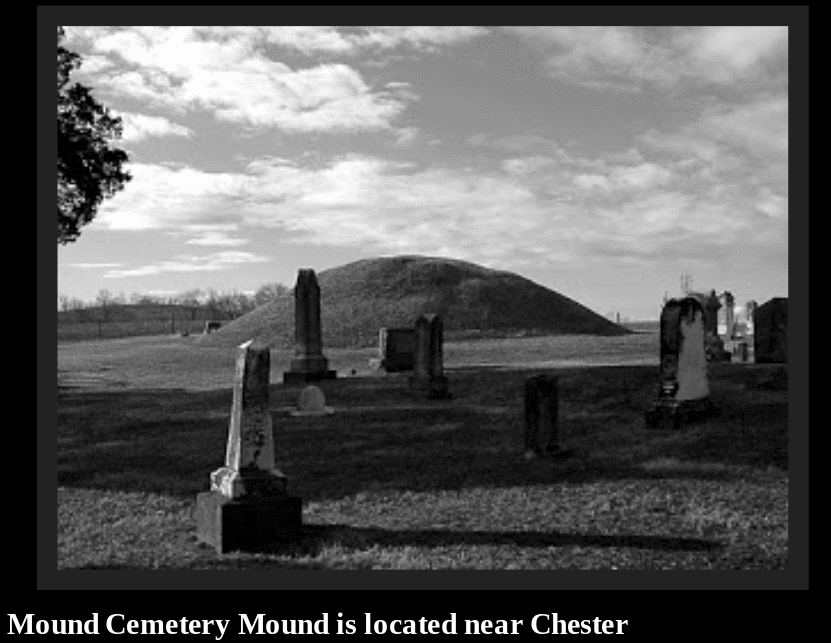
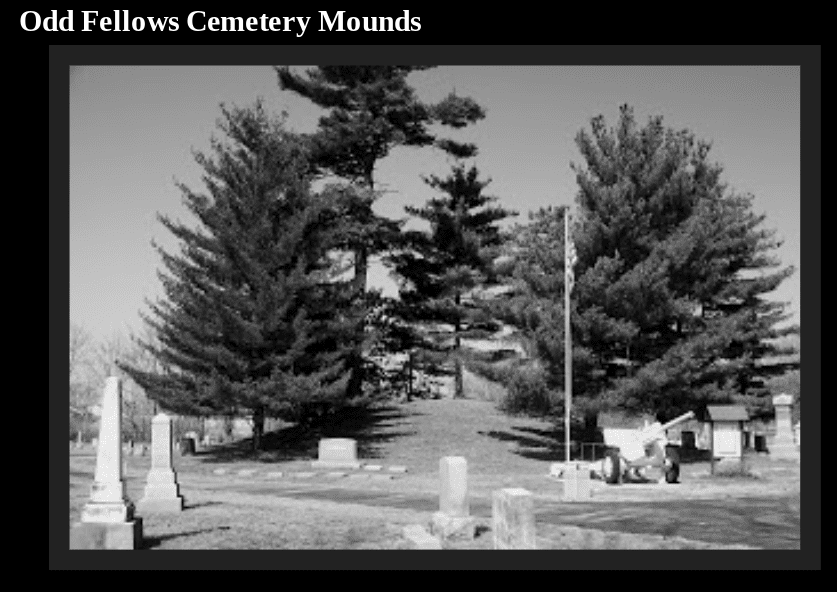
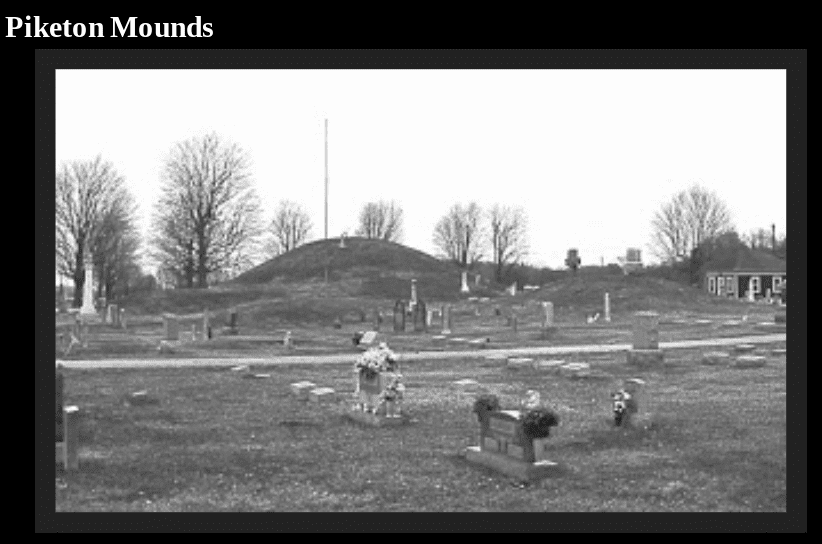
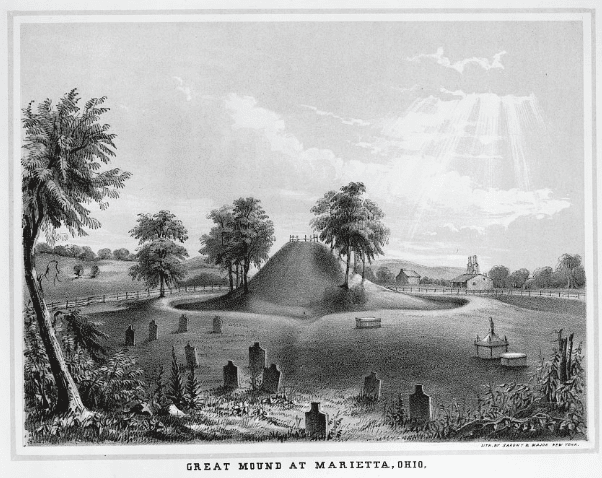
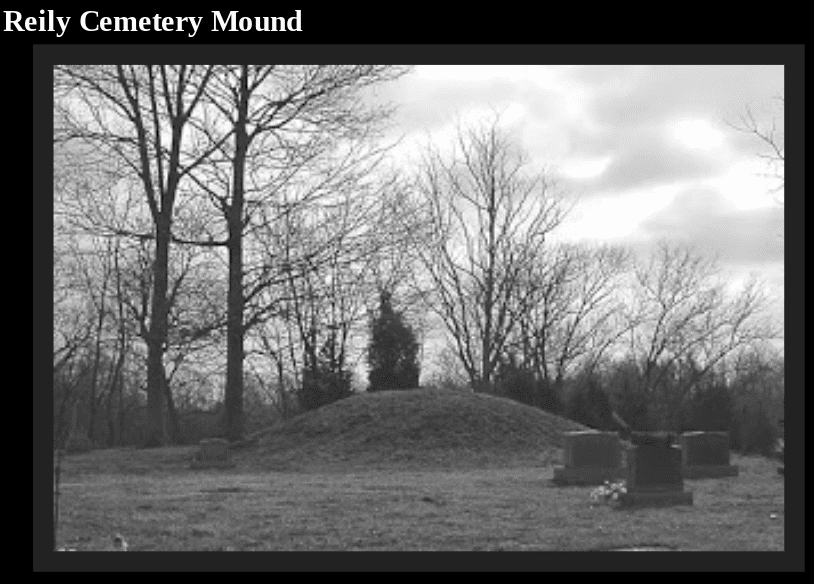
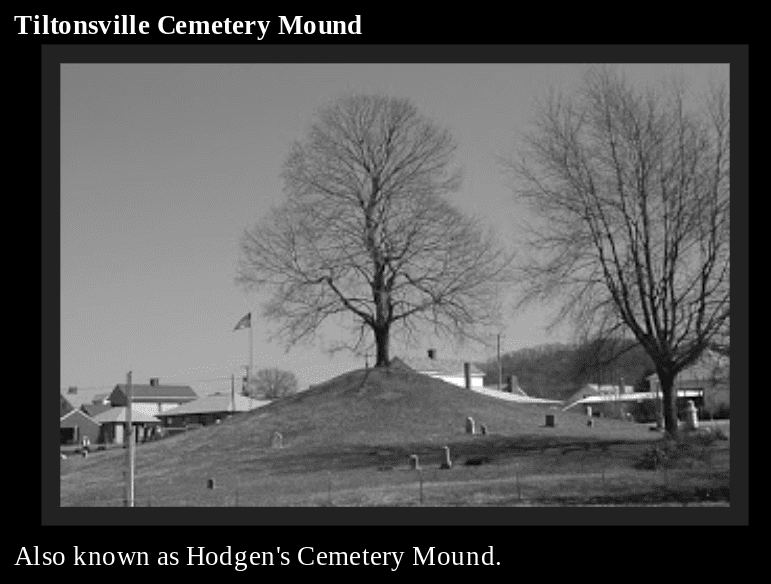
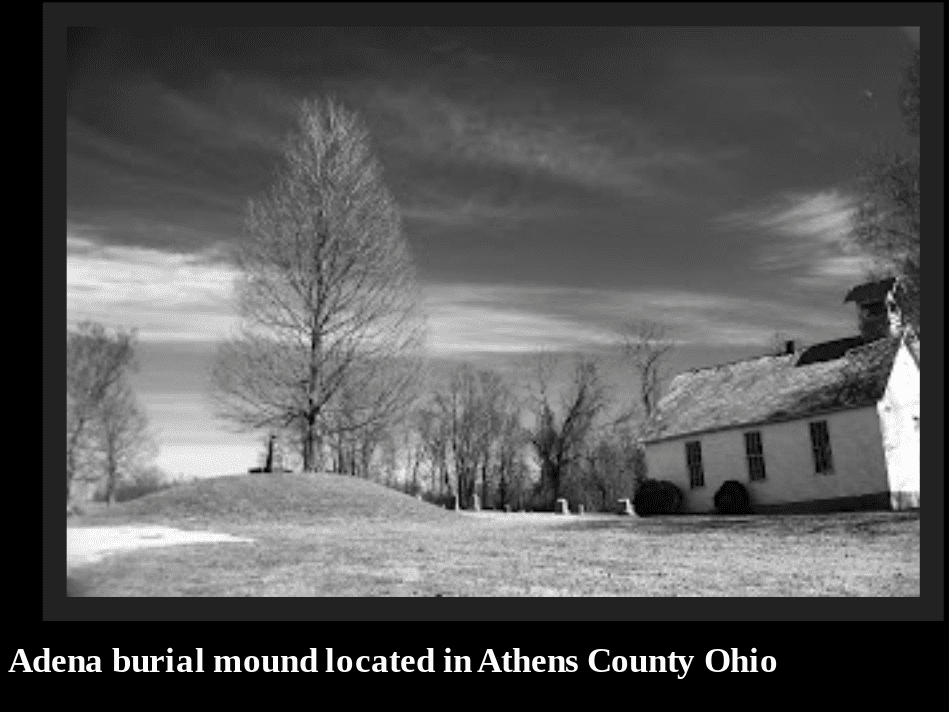
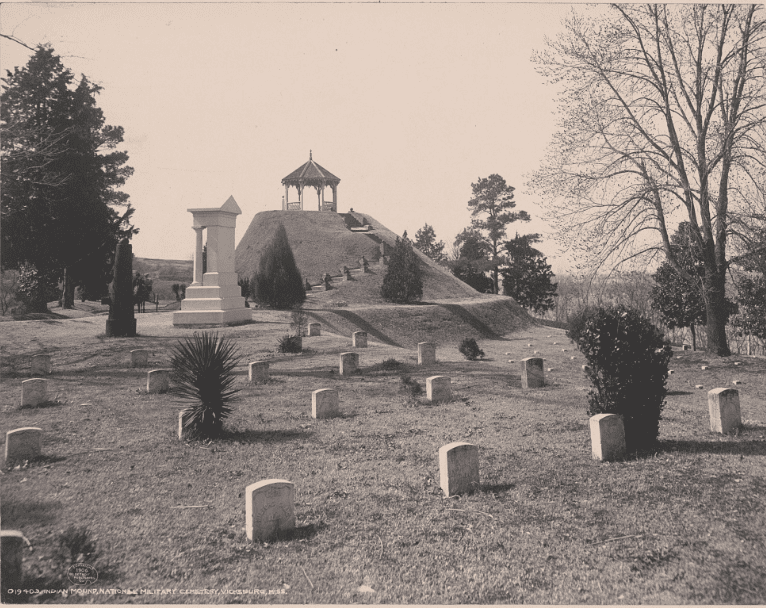
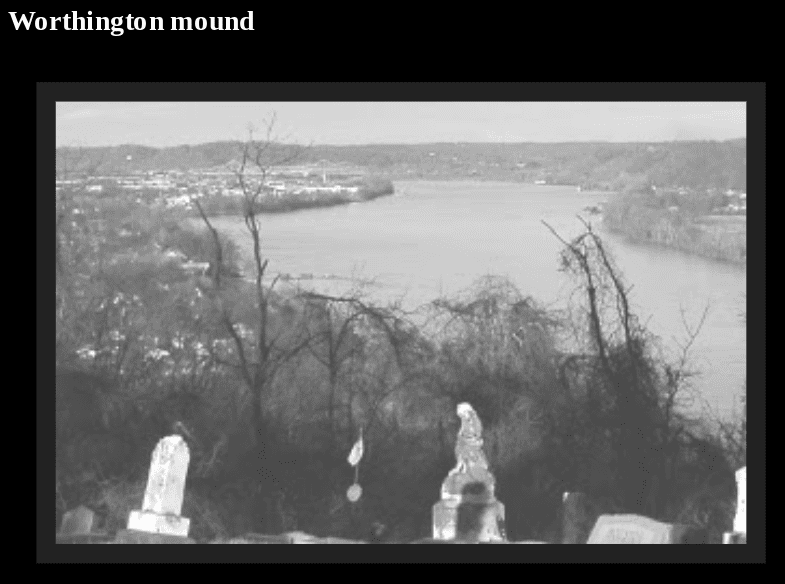
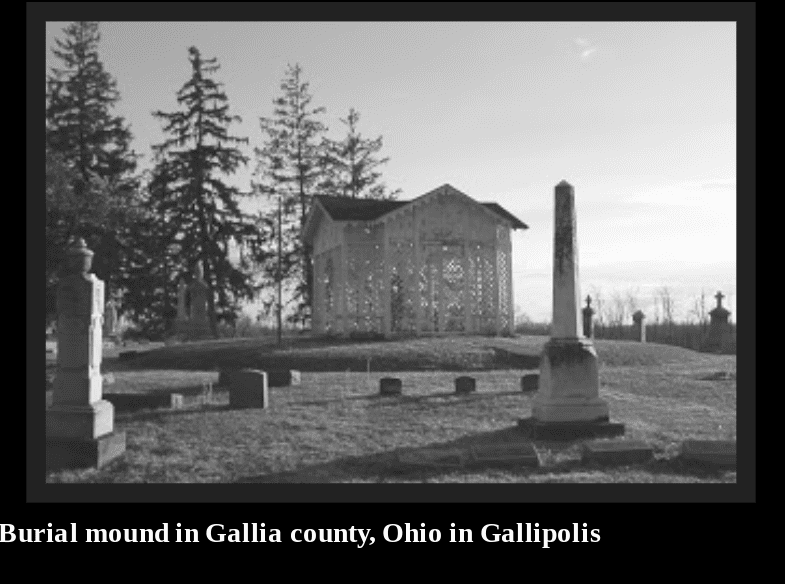

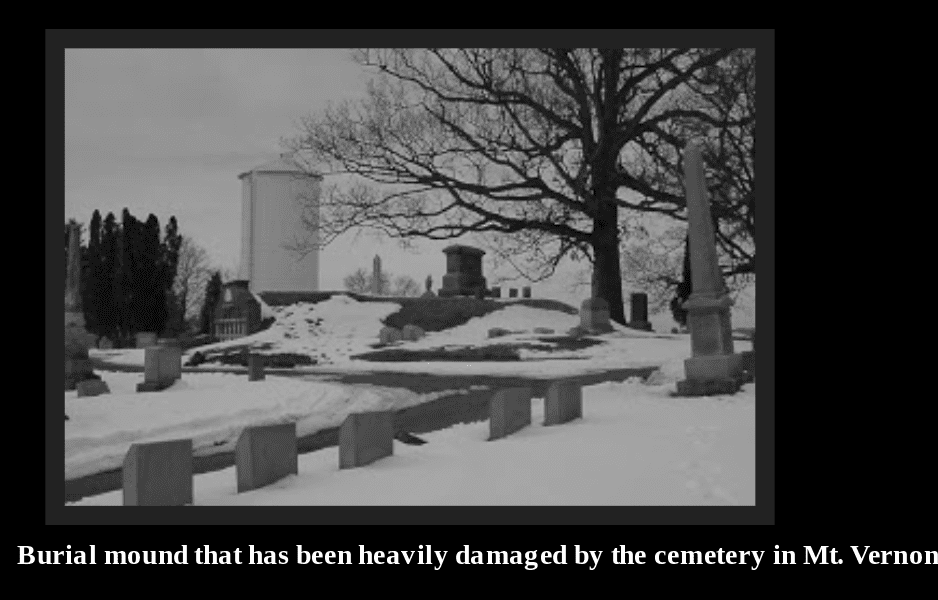

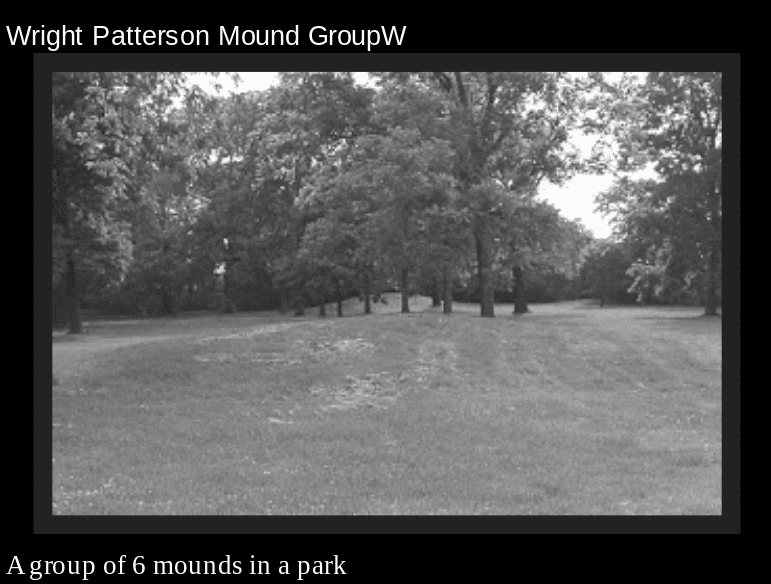
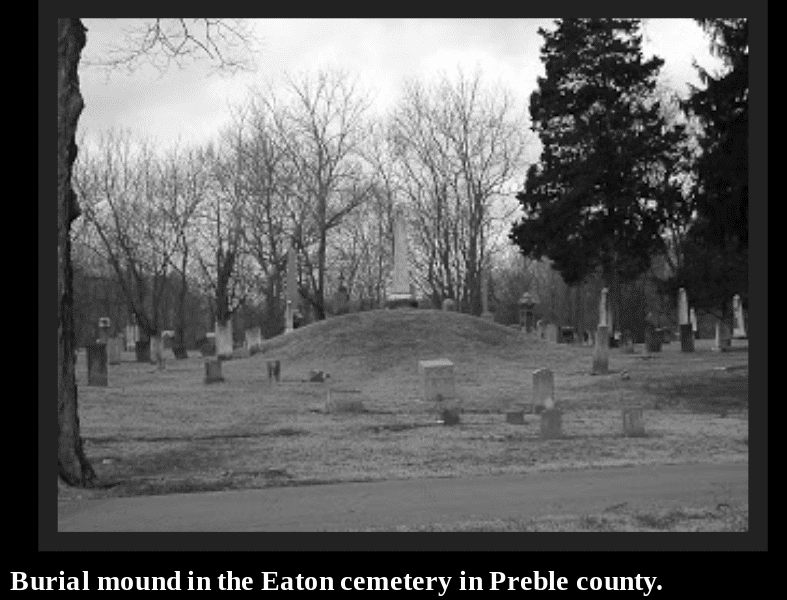
Mound Builders on the World Scene
These are the Persian Mounds from the Middle East. There is no visible difference and from
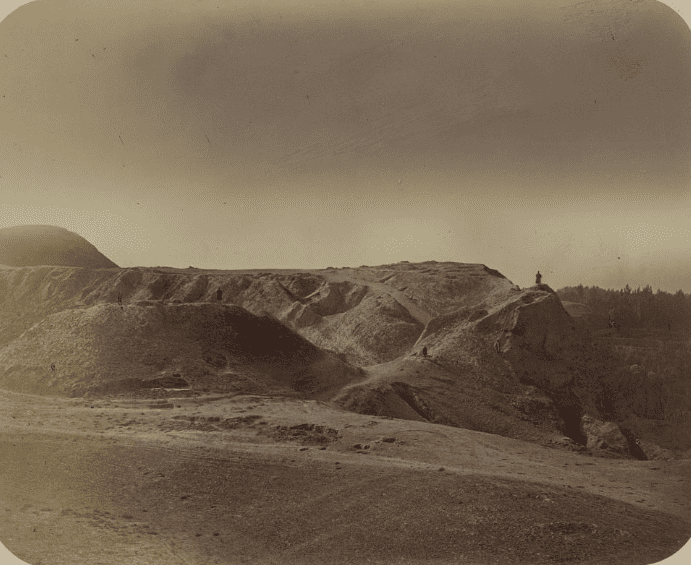
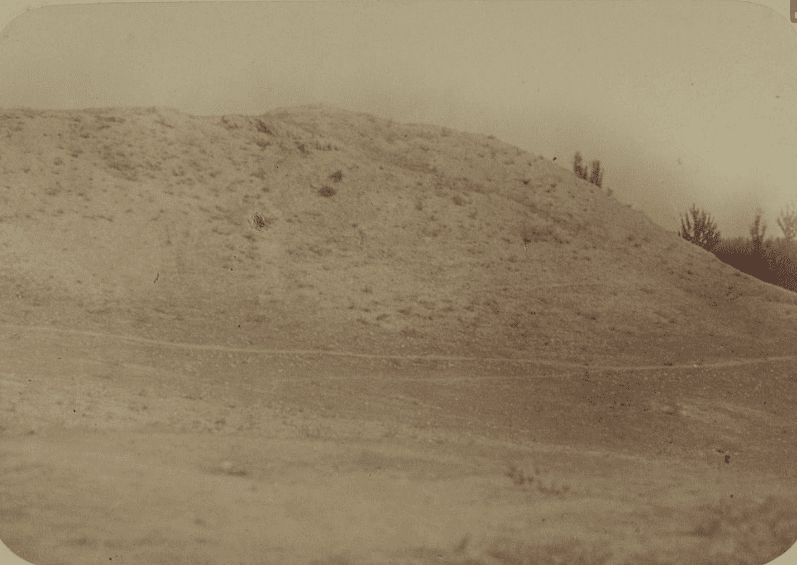

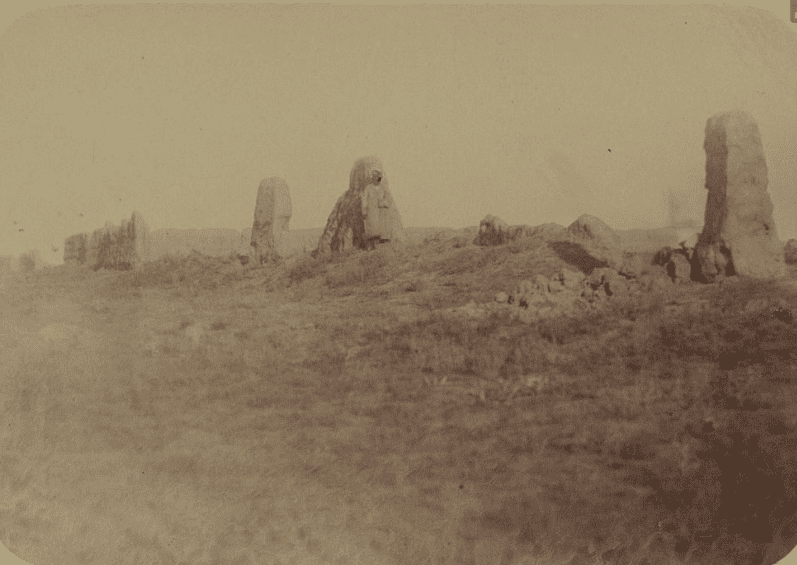
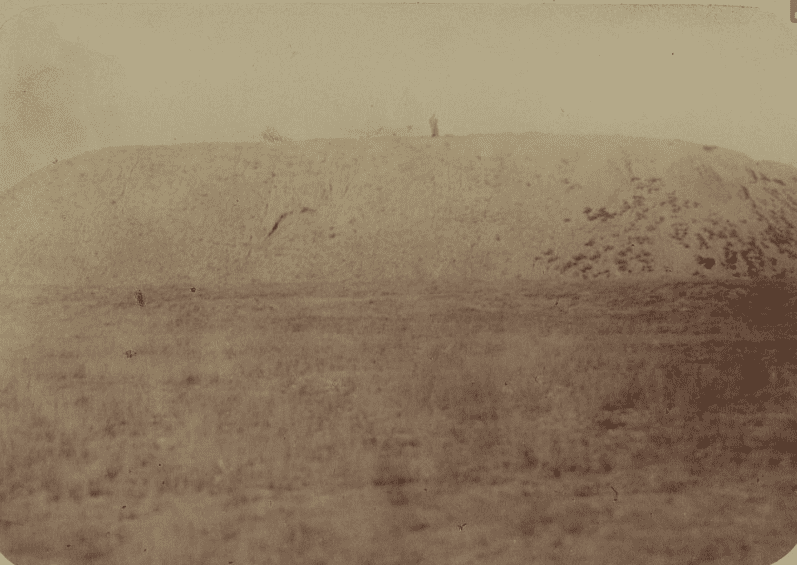

LEE CANYON, ARIZONA, DINOSAUR PICTOGRAPHS
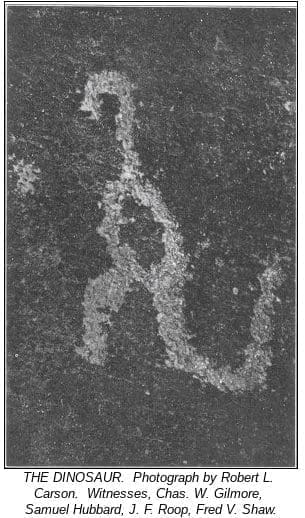
These finds in Gypsum Cave were forecast a few years ago by the discovery of a series of remarkable pictographs in Lee Canyon in Arizona. Samuel Hubbard, who discovered them said:
“The elephant in America dates back at least 30,000 years. The dinosaur belongs to an even earlier tropical era going back millions of years before that. Yet, there in Lee Canyon are pictures of both the elephant and the dinosaur, chipped in the rock by prehistoric man.”
In 1879, E. L. Doheny, (EL is the Sun god) a young prospector (oil tycoon) out of Los Angeles, California, together with a party of fellow adventurers, wandered into the Hava Supai Canyon in northern Arizona.
Professor Hubbard was there on two previous expeditions, once in the fall of 1894, and on another occasion in February/March of 1895. On these earlier visits Hubbard had noticed strange carvings on one of the canyon walls, the significance of which he had not appreciated initially.
Forty-five years later, in the autumn of 1924, Doheny would sponsor a scientific expedition back into the remote region to study strange Indian carvings on the canyon wall.
“The interesting thing about this is that no ibex, not even fossil ones, have ever been found in America. These drawings would seem to indicate that they must have been a common animal in the Grand Canyon region, in the prehistoric past.” [Hubbard]
…Or they indicate that the same image is used on petroglyph sites all over the world but they are modern frauds
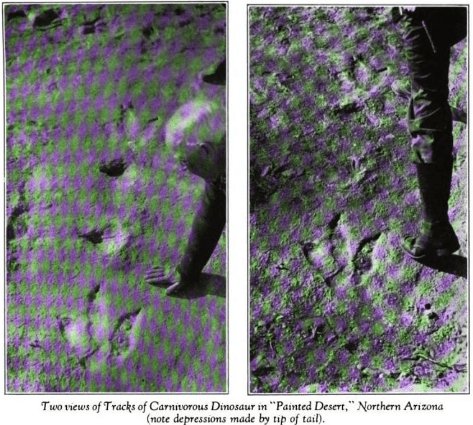

1870’s-ish is when the construction of the Cliff Dwellings were being constructed nearby, this site must be an extension of them. The World Fair was in 1893 so the 94 and 95 visits by Hubbard wouldve been related to that. During those years is when the patina set in, meaning, they etched these designs in the cliffs and let them set for 45 years before returning. Notice the guy said he saw them previously but thought nothing of it but for some reason sponsored an expedition decades later to investigate… Sure, its your story boss, tell it however you want.
Alvis Delk human-dino footprints artefact supposedly was found in TX in 2000 but didn’t surface till 2008. Several flaws about the artifact discredit its authenticity but none has ever commented on the ‘discoverer’, Delk was a die-hard anti-creationist. The depth of the middle toe is a tell the piece is a forgery along with the person that possessed it was self admitted hoaxer that sold novelty prints to tourists.
BODIES WRAPPED IN PRECIOUS GEMS
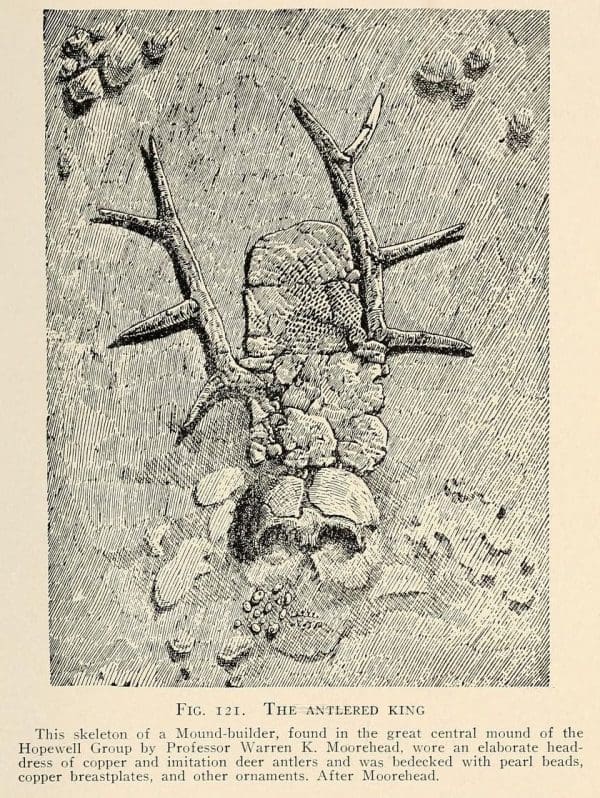
CENTRALIA OHIO ENTERPRISE, NOVEMBER 21, 1891
Chillicothe, Ohio: Warren K. Morehead and Dr. Cresson, who have been prosecuting excavations here for the past two months in the interest of the World’s Fair, have just made one of the richest finds of the century in the way of prehistoric remains.
Those gentlemen have confined their excavation to the Hopewell Farm, seven miles from here, upon which are located some twenty-odd Indian mounds. On Saturday, they were at work on a mound 500 feet long, 200 feet wide and 28 feet high.
At the depth of 14 feet, near the center of the mound, they exhumed the massive skeleton of a man encased in copper armor. The head was covered in an oval-shaped copper cap, the jaws had copper mouldings, the arms were dressed in copper, while copper plates covered the chest and stomach and on each side of the head, on protruding sticks were wooden antlers ornamented with copper.
The mouth was stuffed with genuine pearls of immense size, but much decayed. Around the neck was a necklace of bear’s teeth set with pearls.
At the side of the male skeleton was also found a female skeleton, the two being supposed to be man and wife. Mr. Morehead and Mr. Cresson believe they have at last found the “King of the Mound Builders.”
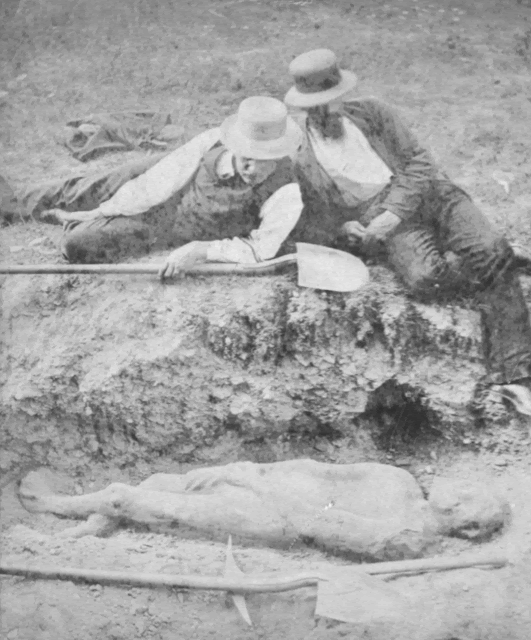
July 2, 1879, widening the road at Taughannock Falls, a few miles of Trumansburg, the work of excavating the road had progressed as far as John Thompson, who owned a hotel nearby. one of the workers felt his pick strike something hard in the dirt. Believing he had come across a large rock, his jaw dropped in amazement. For there in the ground, partly exposed to his startled gaze, was what appeared to be a petrified man, a 7 foot giant man of stone. His hands were crossed over his right thigh, while the left leg lay over the right, which was bent up toward the body. Around his neck grew the roots of a nearby tree.
The news spread like wildfire and it was not long before hundreds of spectators were flocking to the scene. Exploitation of the petrified giant naturally fell to John Thompson, upon whose land it had been found. Thompson had photographs taken and the photographers enjoyed a period of prosperity as people bought the pictures as fast as they could be made.
Cornell University and other scientists visited the spot, and, at Thompson’s invitation, chipped off small fragments for study. After analyzing these bits of the body, the scientists proclaimed that, without a doubt, here was an authentic petrifaction of a human being of an extinct, prehistoric race.
For months, Trumansburg and vicinity became the mecca of thousands of tourists and the fame of the Taughannock giant spread far and wide.
A Trumansburg man, Frank Creque, imbibed a bit too freely in a village tavern one night and his drink-loosened tongue revealed that the stone man was nothing but a hoax, conceived purely as a publicity stunt, and that he, Creque, had been one of the instigators.
The idea of this brother to the famed Cardiff giant of ten years before was conceived in the mind of John Thompson for the purpose of attracting attention to his hotel. Thompson approached Ira Dean, a Trumansburg mechanic, with the scheme and Dean agreed to help.
After studying chemistry to learn the ingredients of the human body, Dean mixed up a thick batter composed of eggs, beef blood, iron filings and a special plaster or cement. After nights of patiently molding the material into the resemblance of a prehistoric man, Dean baked it in a huge oven until it was rock hard.
-This to trick the normies into believeing they had tricked the Cornell Spooks. “mechanic” is a code word for “agent”
Dean, Thompson and Creque took the 800-pound object to the scene, the trio tunnelled in from the side and then pushed the stone man through this to its resting place. A tree root, was wrapped around the neck so it would look as if it had grown there, when the giant was discovered the next day was the sod over the body which “had not been disturbed for a thousand years.”
Even after the hoax was revealed, scientists refused to believe that Dean had actually made it. In order to convince them, the Trumansburg man was forced to create another in miniature so that the scientists could see for themselves that the giant had actually been man-made. (As if the raw eggs and bone meal cement would work)
As the giant was dropped and broken, the remnants were taken and buried in an orchard near Trumansburg, where they remain to this day, the exact spot long since forgotten.
This story was originally published in 1953, chances are it never happened. The descendent was Holman, variation of Hofman, a Spook family.
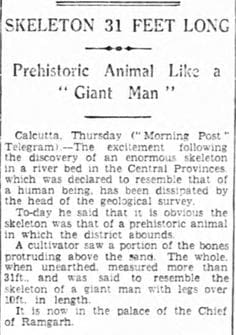
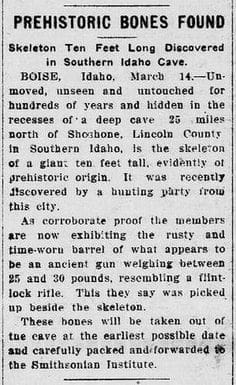
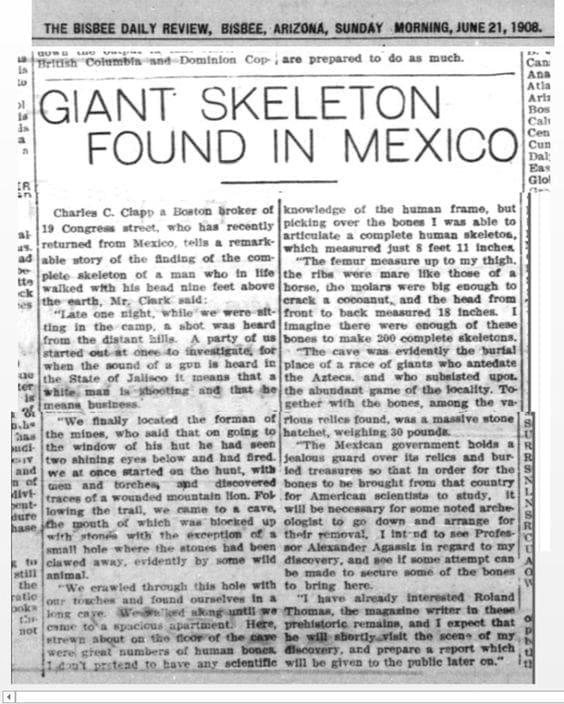
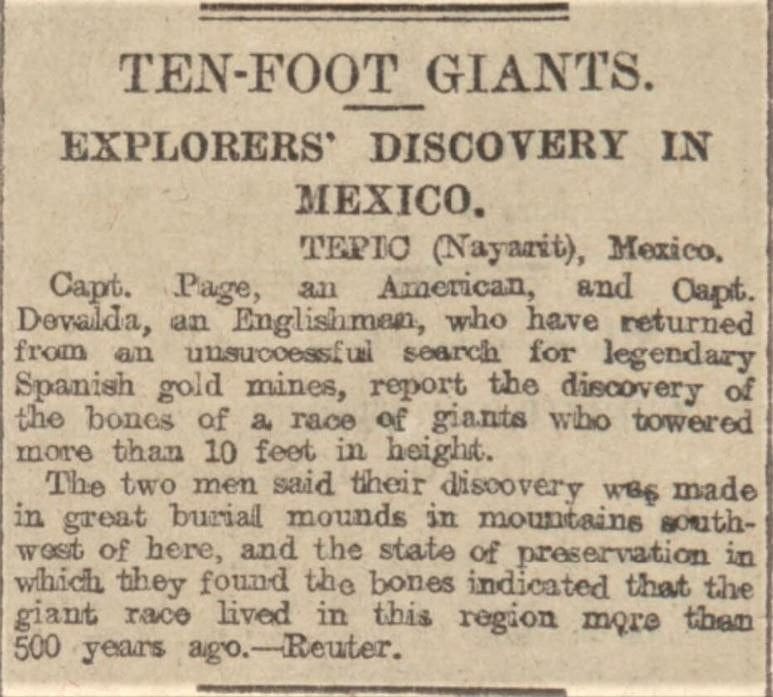

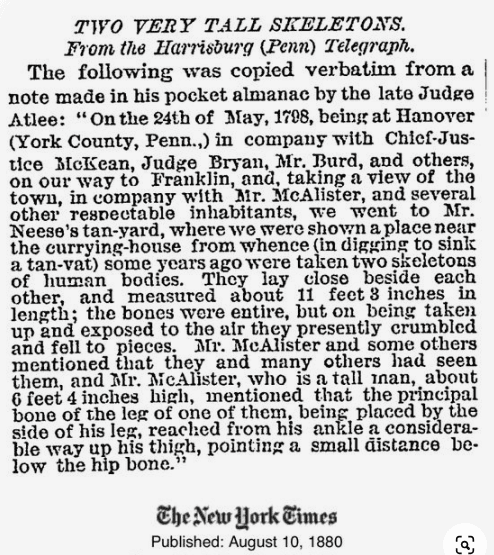

OAKLAND TRIBUNE, JANUARY 3, 1926
In the United States perhaps the greatest interest was aroused by the discovery near Bainbridge, Ohio, of the remains of four bodies of the ancient mound builders, a race believed by some scientists to have preceded the Indians. .
. . In the graves were found fresh-water pearls in such numbers as to convince state archaeologists directing the excavations that the bodies had been wrapped in a covering of precious gems.
When the skeletons were lifted it was found that they had been resting on pearls. Fragments of tortoise shells etched with figures of birds and necklaces made of grizzly-bear claws were found.
INDIANS HAVE NO ORAL TRADITIONS REGARDING THE MOUNDS
Mounds such as the ones uncovered in Ohio are not rarities to the scientist. They were known to the earliest settlers, but no Indian tradition has ever accounted for them.
ASSOCIATED PRESS, SEPTEMBER 17, 1926
Chillicothe, Ohio: The skeleton of a twelve-year-old boy, with a number of marbles, prized relics of childhood, was removed from the Bricer Mound of the Seip group, near Bainbridge, eighteen miles west of here, the other day.
This is the second of a group of burials found near the rear of the mound, where last year “the great pearl burial” was unearthed and where this summer five cremated burials, with the usual finds of black, tan, and white wildcat jaws and marine tortoise shell combs were disclosed.
The boy’s body had been interred in a cabin-like structure and was covered by a canopy, the mold of which was found. The body had been clothed in a garment of woven fabric. The grave contained many unusual specimens, H. S.
Shetrone, curator of the Ohio Museum, said. “We found a number of marbles made from chlorite, a fine, close-grained stone, which takes a very high polish, engraved in beautiful designs. They had been placed there reverently by loving hands.
“We believe playing marbles was an honorable past-time even in the time of the mound builders,” Shetrone said.
STONE AND MICA ANIMALS GALORE
Besides the marbles there was found a stone carved in the shape of a turkey vulture; carefully cut down to the feather markings.
New York
Giant, horned human skeletons unearthed just south of Elmira and Wellsville,
CHARLESTON, WEST VIRGINIA—HOME TO GIANTS, ANCIENT KINGS, AND HIGH PRIESTS
In many respects the West Virginia mounds are key to understanding the giants who once ruled America. Not only are the West Virginia mound sites in Charleston, Wheeling, and Moundsville some of the most significant in size and number in the United States, but in 1883, the Smithsonian dispatched a team of archaeologists to conduct an extensive dig of the fifty mounds they found there and issue a detailed report.
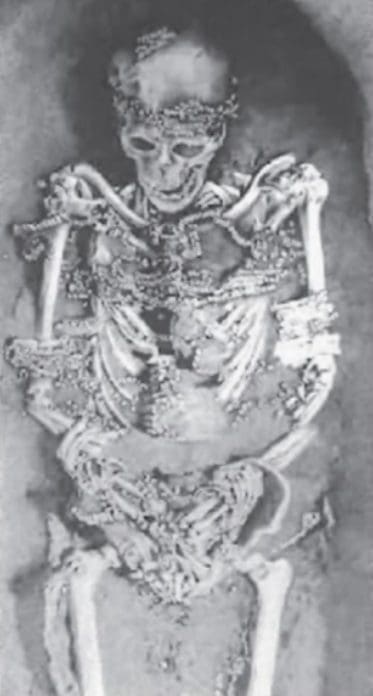

The team, led by Col. P. W. Norris and Professor Cyrus Thomas, prepared the detailed report of the work (Smithsonian Field Report 1883), which shows quite clearly that they uncovered numerous giants, one of which was decorated with heavy copper bracelets.
MPLOYED BY THE SMITHSONIAN IN 1883
To help in the excavation by Col. P. W. Norris, an old Indian scout who was then in the employ of the Smithsonian Institution of Washington. Colonel Norris, former superintendent of the Yellowstone National Park, was investigating all mounds of West Virginia, Ohio, and nearby states at that time.
Fig. 4.8. This find of a nine-foot skeleton in Indianna was shipped to the Smithsonian, where it immediately went into the “memory hole.”
ORIGINALLY DUG IN 1838
- On October 13, 1916, The Seattle Star reported that residents in northern Pennsylvania uncovered an Indian burial mound containing the bones of 68 men. According to the article, “The average height of the assembled skeletons was 7 feet, while many were taller. Further evidence of their gigantic size was found in their large stone axes placed in the grave.”
- Charleston Daily Mail to publish the following report on October 22, 1922:
- CHARLESTON DAILY MAIL, 1938
“The mound was excavated exactly 100 years ago, the work having been begun on March 19, 1838. The owner and interested neighbor, none of whom were trained antiquarians, did the work. It is possible they over looked many things, that would have thrown light on the life and habits of the mound builders.” No evidence bc of those pesky amateurs
By their skeletal remains in the earlier studies, the pre-Adena people were known to have had slender or thin bodies, and been “long-headed,” with “narrow” skulls (dolichocranic), i.e., having a breadth of skull small in proportion to length from front to back. T The pre-eminent theory of Adena origin at the time was that their ancestry had come from Mexico or even further south. However, the Adena body bone structure type was unusually difficult to trace with surety south of the Rio Grande, where another distinguishing Adena-resonant trait was found practiced from earlier times. That practice was “cradleboard” head deformation.
THE ANCIENT GIANTS BUILT A STONE WALL EIGHT MILES LONG
Another prehistoric ruin that has been attributed to the mound builders is a stone wall on the hill top above Mount Carbon, about four miles east of Montgomery, overlooking the Kanawha River. It was constructed around the brow of the mountain about three hundred feet from the summit. It is broken in places, but it is at least eight miles long. At intervals
As digs progressed in other parts of the state, archaeologists in Wheeling, WV found another grouping of giants ranging in height from 67″ to 7’6″ and also displaying unusual skull formations with low foreheads that sloped back gradually.
HUNDREDS OF MISSING SKELETONS
A true accounting of the number of skeletons found at Cahokia is also shrouded in the same mystery as the destroyed mounds at the site. Officially, there is almost no discussion of the hundreds of skeletons exhumed from this site.
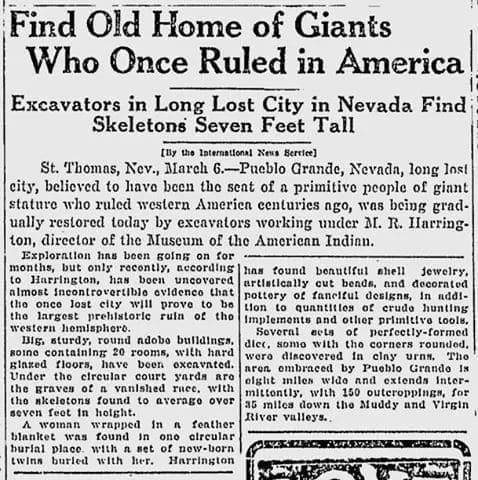
The details and physical descriptions of the finds made during the 1922 dig led by archaeologist Warren K.
Morehead of Phillips Academy, in Andover, Massachusetts, are not very detailed and are downright evasive when it comes to the skeletons unearthed during his dig. One might even go so far as to say that Morehead was there to bury evidence, not uncover it.
RAILROAD WORKERS UNEARTH GIANT
AN INDIAN MOUND OPENED
EAU CLAIRE DAILY FREE PRESS, OCTOBER 7, 1873
A few days ago the men engaged in building the road bed of the Green Bay and Winona railroad, struck an Indian mound near Arcadia. It had been in view for some days, and no little speculation was indulged in as to what the excavation would develop from this cemetery of the red man.
The discovery exceeded all anticipations. The skeleton of an Indian was found of such dimensions as to indicate that the frame must have been that of a giant. The jaw bone easily enclosed the face of the largest laborer to be found on the work. The thigh bones were more like those of a horse than a man, hair heavy and remarkably well-preserved.
Pieces of blanket in which the body had been wrapped were taken out in a tolerable state of preservation. A number of Mexican coins were also found.
The unusual size of the skeleton has excited considerable interest, and the curiosities will be carefully preserved for exhibition.
HUNDREDS OF MOUNDS, EMBALMED NINE-FOOT GIANT, AND DAMS
SYRACUSE DAILY STANDARD, JULY 23, 1897
While men were excavating with a steam shovel near Mora Minnesota, they found an old copper spear with a point Two investigators excavating a mound found a skeleton apparently embalmed in a kind of cement, which seemed to be prepared for embalming the dead. The skeleton appeared to be in a perfect state of preservation and showed by measurement a height of nine feet.
In addition, evidence of sewage systems and canals has been detected at various sites across the country. In some cases the towns were also manufacturing centers and show signs of high trade and commerce of great sophistication.
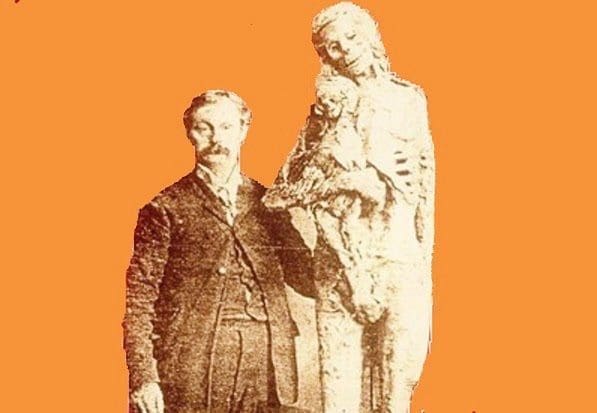
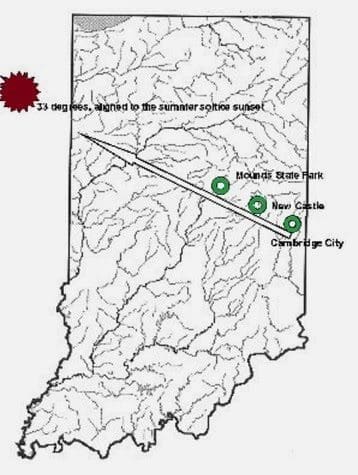
THE POVERTY POINT INDUSTRIAL METROPOLIS
Although the Cahokia mound complex near St. Louis is considered the major mound site on the Mississippi River, the Poverty Point earthworks in Louisiana is the most ancient temple site and trading center on the Mississippi River. As the vast extent of this site has been uncovered, its primacy as the major trading site of ancient America has gradually gained credence with traditional scholars. Poverty Point is constructed entirely of earthworks. The core of the site measures approximately five hundred acres (two square kilometers), although archaeological investigations have shown that the total occupation area extended for more than three miles (five kilometers) along the river terrace. The monumental construction consists of a group of six concentric, crescent-shaped ridge earthworks, divided by five aisles radiating from the center at the riverbank. The site also has several mounds, both on the outside and inside of the ring earthworks. The name Poverty Point came from the plantation that once surrounded the site. The United States nominated Poverty Point for inclusion on the United Nations Educational, Scientific, and Cultural Organization’s (UNESCO) World Heritage List in January 2013.
In 1893, the Bureau of American Ethnology at the Smithsonian reported finding a very ancient Indian village near Poplar Bluff, Missouri. According to the article below, over one hundred skeletons were recovered, including those of a chief who measured seven feet, eight inches tall.
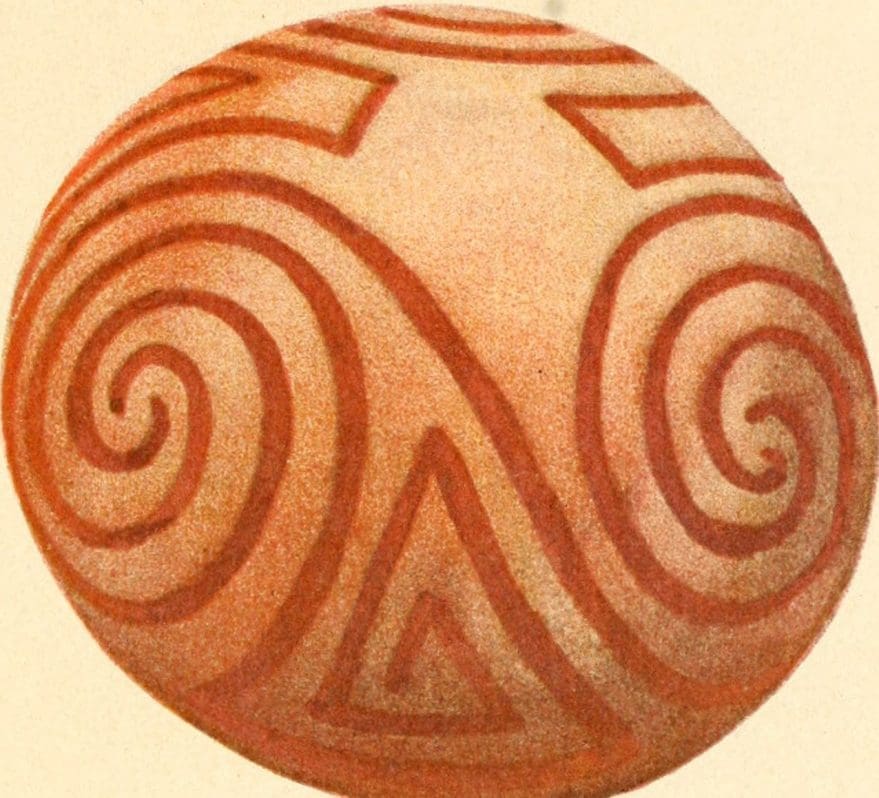

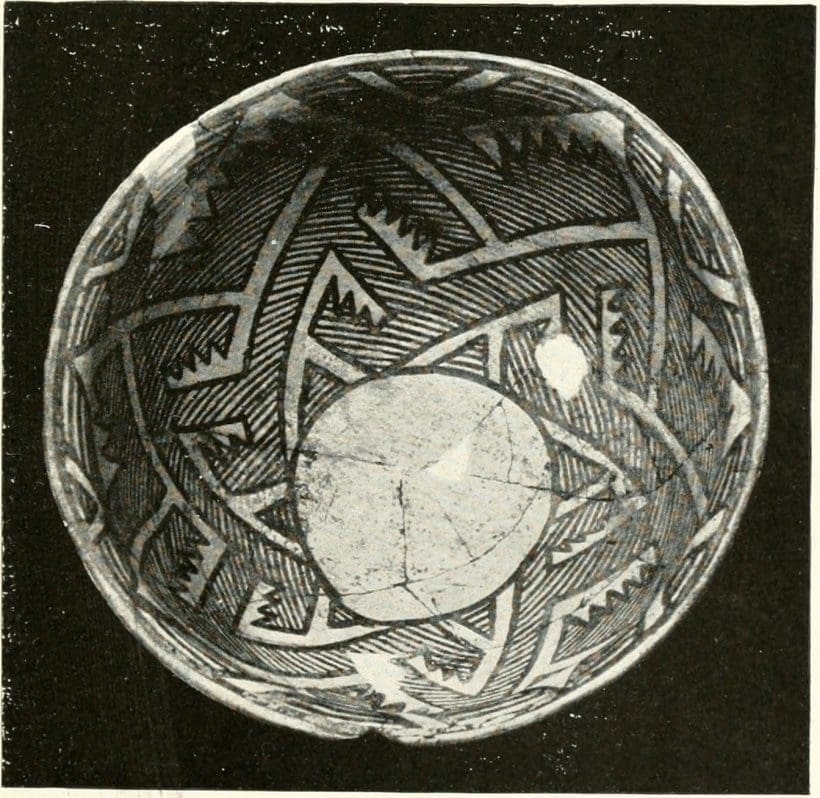

MISSOURI MOUNDS ARE A GOLDMINE
ASSOCIATED PRESS, OCTOBER 5, 1964
The farm, long known to be an archaeological gold mine, is identified in archaeological circles as “Koehler’s Fort.” Diggings were made in 1893, by the Bureau of American Ethnology (of the Smithsonian).
MOUND BUILDERS HAD PECULIAR HEADS
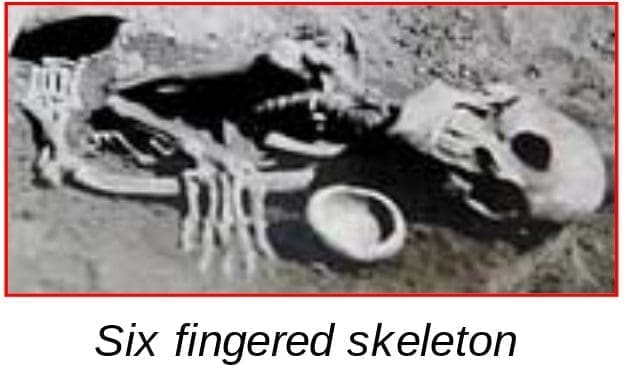
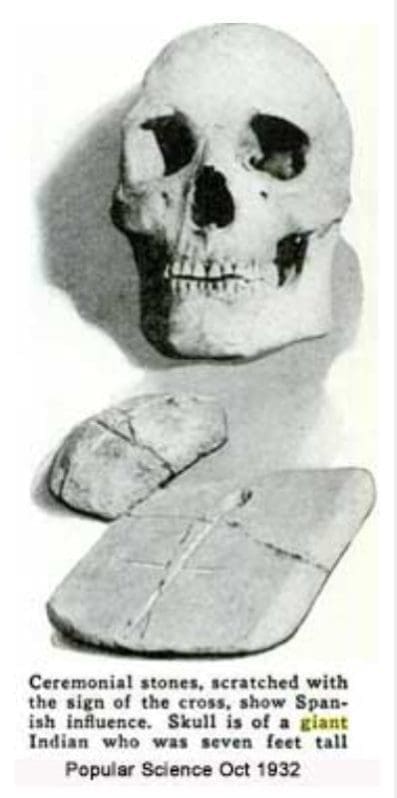
Some bones from Catalina and the other islands might in fact have been in museums but after the Protection and Repatriation Act they will have been removed and reburied. According to the newspapers of the time sent hundreds of skeletons to the Haye Foundation and the Museum of the American Indian in New York.
Ralph Glidden`s entire collection was donated to the Catalina Island Museum by Philip K. Wrigley, one of the founders of this museum. The Native American Grave and Repatriation Act of 1990 grants Native Americans the right to reclaim the remains of their ancestors and other sacred objects. Today, museums in the United States no longer exhibit Native American remains. All of the Catalina Island Museum Museum`s American Indian remains are housed at the University of California at Los Angeles and studied by archaeologists at UCLA`s Fowler Museum.
Orators Mound
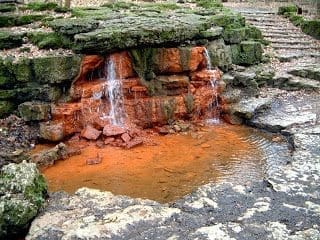
Daniel Webster is tied to this spot as well
Heres a publication I found of about every Giant story in the media, You can figure the credibility for each one yourself. hint; theyre all fake.
- It was in 2008 that Russian archaeologists found a small bone fragment from a pinkie finger in the Denisova cave of southern Siberia.
- American’s Stonehenge is an enigmatic site located in New Hampshire.
- The earthwork complex at Newark Ohio was dedicated to both the Moon and Earth Mother Goddess. The octagon is aligned to the minumum and maximum moon sets that occur over an 18 year period. The large henge to the south is aligned to the May 1 sunrise. The 8 mounds are symbolic of the 8 phases of the moon.
- Alligator Mound is aligned for May 1;
- Many sites are recorded as solar alignments. Serpentine themes are repetitious
- Spruce Hill is a myterious stone work in the shape of a serpent where the stones show evidence of fires that were so hot that some of the stones are fused together. Dips in the stone wall at Spruce Hill are aligned to solar events.
- Mound City is located in Chillicothe, Ohio. All of the mounds have been previously leveled and the artifacts sold to museums in England.
- Hill Haven Burial Mound in Clinton county was an ossuary that contained many burials until being desecrated by archaeologists.
